Being a country fully engrossed in a passion for cars, events for enthusiasts take place all year round. With that said, even the nicest collection of cars can look a little drab on a miserable December day, so a majority of the best events are held during the summer months.
If you’re short of plans for the holidays, here are some of the best events for motoring enthusiasts happening this summer.
British Grand Prix: 12 – 14 July
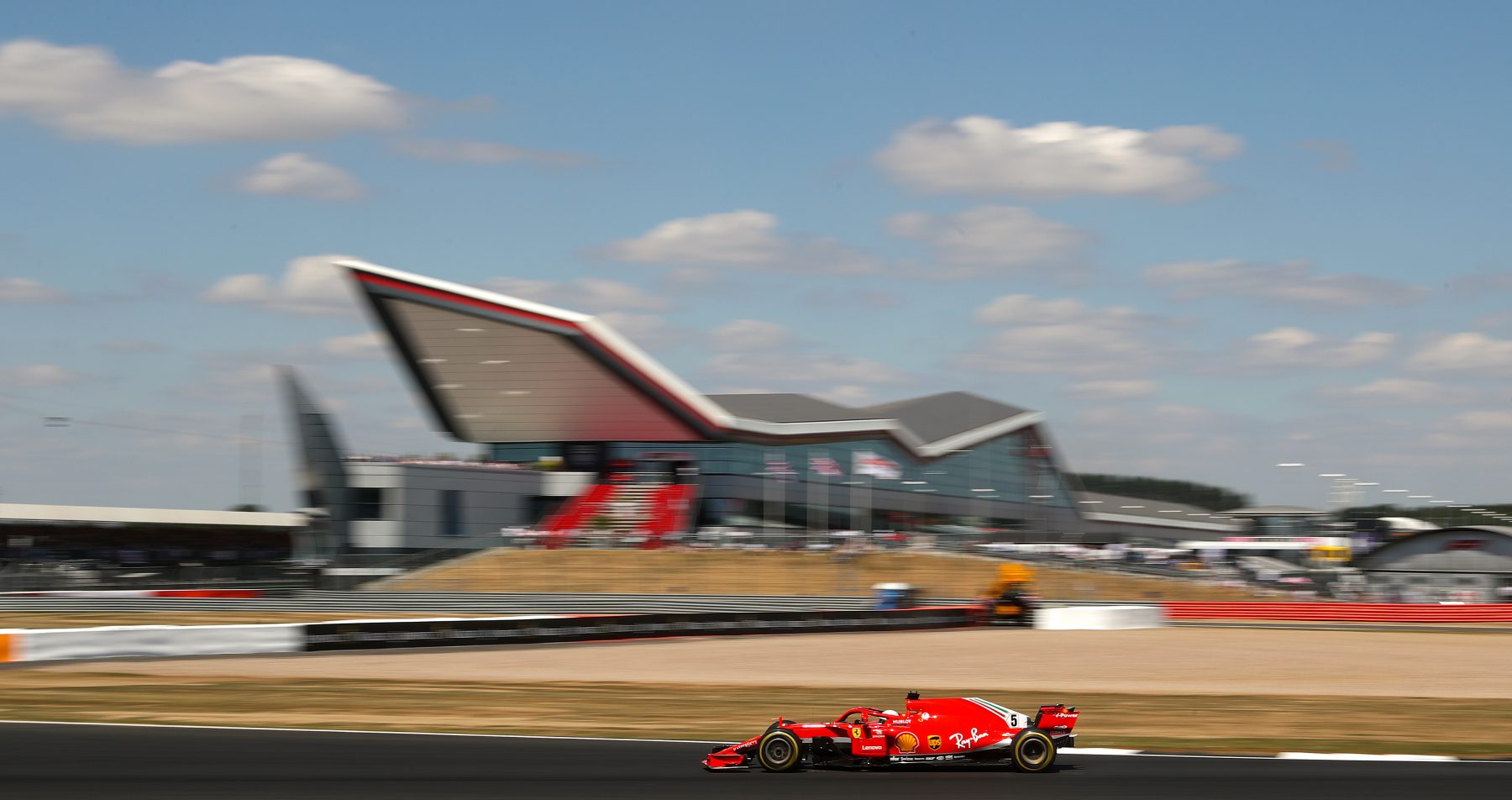 The British Grand Prix has long been renowned as one of the best Formula One races to attend, and the early stages of the 2019 season suggest that it could be a very good race.
The British Grand Prix has long been renowned as one of the best Formula One races to attend, and the early stages of the 2019 season suggest that it could be a very good race.
If you are yet to attend the event you should definitely go this year; it is not guaranteed a place on the calendar in 2020 due to on-going contract discussions between Silverstone and the sport itself, thus it could be the final British Grand Prix for some time.
London Motor & Tech Show: 16 – 19 May
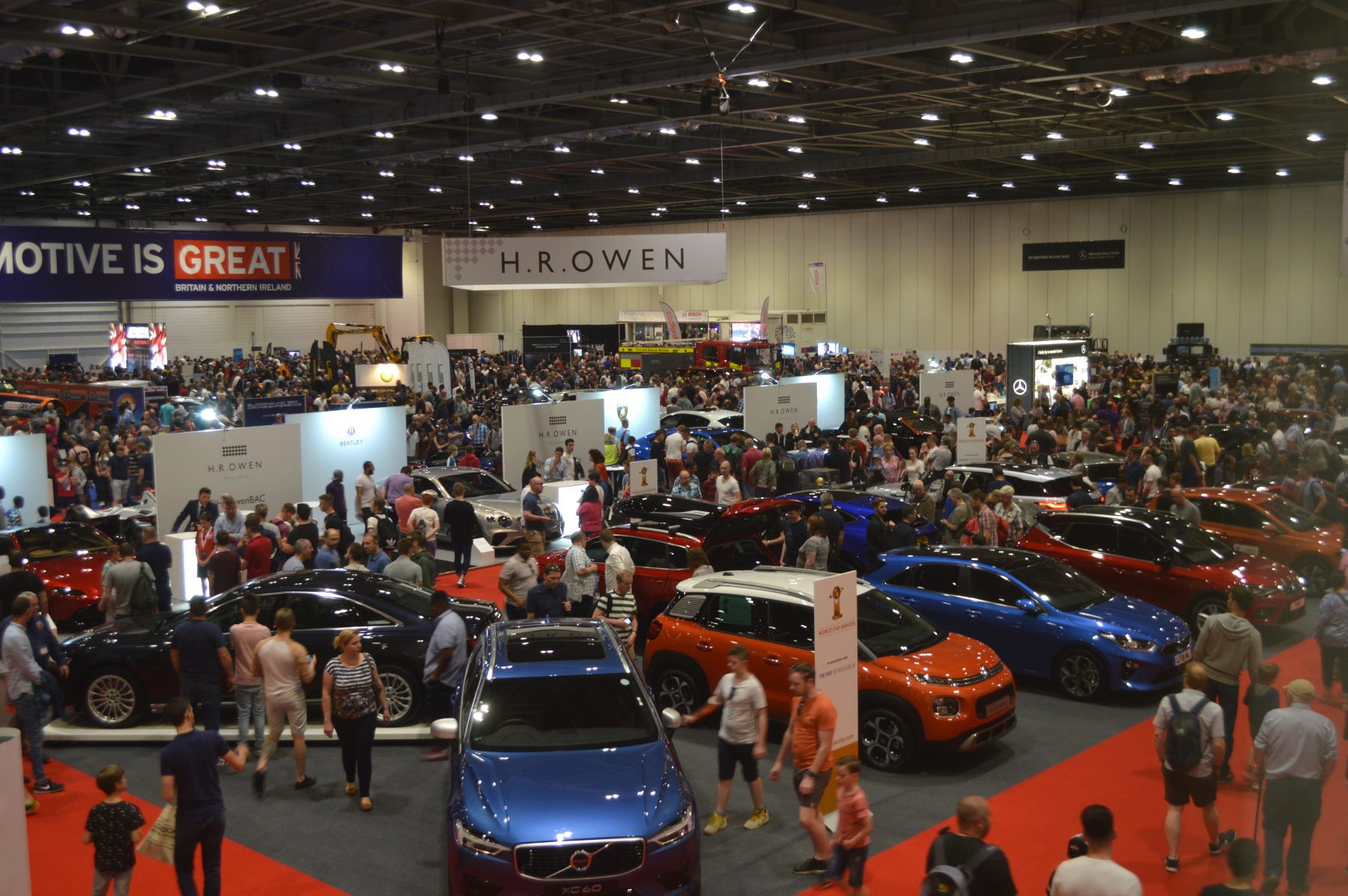 Aiming to bring the motor show back in the United Kingdom, the London Motor & Tech show will be a great gathering for car enthusiasts.
Aiming to bring the motor show back in the United Kingdom, the London Motor & Tech show will be a great gathering for car enthusiasts.
With a live arena, a live stage promising to host motoring personalities from across the community, and three huge halls of the ExCel filled with cars of all types, the show looks to be picking up steam for 2019.
Shelsley Walsh Classic Nostalgia: 15 – 16 June
 Shelsley Walsh is one of the best-known and most historic motorsport venues in the country, so the fact that one of its biggest events aims to provide motorsport nostalgia by the bucket load seems fitting.
Shelsley Walsh is one of the best-known and most historic motorsport venues in the country, so the fact that one of its biggest events aims to provide motorsport nostalgia by the bucket load seems fitting.
This year, rallying from the 1980s Group B up to the present day is set to be the focal point of the event, so if you like your cars sideways and driven by all four wheels, this could be a great weekend out.
Goodwood Breakfast Club (Supercar Sunday): 2 June
 Held at the famous Goodwood circuit, the recurring Breakfast Club events are a must for car enthusiasts, with a different theme leading the way every time during the year.
Held at the famous Goodwood circuit, the recurring Breakfast Club events are a must for car enthusiasts, with a different theme leading the way every time during the year.
The ever-popular Supercar Sunday edition sees fabulous high-performance machines parked against the superb backdrop offered by the retro racing venue.
Goodwood Festival of Speed: 4 – 7 July
 From the circuit to the Duke of Richmond’s nearby driveway, the annual Festival of Speed event is now a global converging point for the world’s major manufacturers, racing teams and leading drivers.
From the circuit to the Duke of Richmond’s nearby driveway, the annual Festival of Speed event is now a global converging point for the world’s major manufacturers, racing teams and leading drivers.
This year’s theme – “Speed Kings – Motorsport’s record breakers” – promises a look at some of the fastest cars in the world; as ever, it’s an event you’d be wise not to miss.
Bicester Heritage Super Scramble: 23 June
 Following on from the ever more popular Sunday Scramble events that see cars of all eras on display to the public, Bicester Heritage will host a ‘Super Scramble’ in June.
Following on from the ever more popular Sunday Scramble events that see cars of all eras on display to the public, Bicester Heritage will host a ‘Super Scramble’ in June.
This event will see the well-preserved parts of the former Royal Air Force technical site play hosts to invited, period-correct vehicles only, thus providing a time warp experience.
Isle of Man TT: 25 May – 7 June
 For over 100 years, the Isle of Man TT has been the ultimate duel between the fastest and bravest motorcyclists on earth.
For over 100 years, the Isle of Man TT has been the ultimate duel between the fastest and bravest motorcyclists on earth.
The event is unique not only for the sheer speed attained on a circuit made up entirely of public roads, but also because these roads become open once the racing activities of any given day have ceased.
This helps make the event a popular annual pilgrimage for motorcyclists and enthusiasts alike.
MotoFest Coventry: 1 – 2 June
 A rare opportunity to see road and race cars alike pushed to their limits on British roads, the MotoFest Coventry will return in 2019.
A rare opportunity to see road and race cars alike pushed to their limits on British roads, the MotoFest Coventry will return in 2019.
The event’s aim is to create the Edinburgh Festival of motoring, which it achieves by inviting the best of motoring’s past, present and future to exhibit and put on a show for the public.
Concours of Elegance: 6 – 8 September
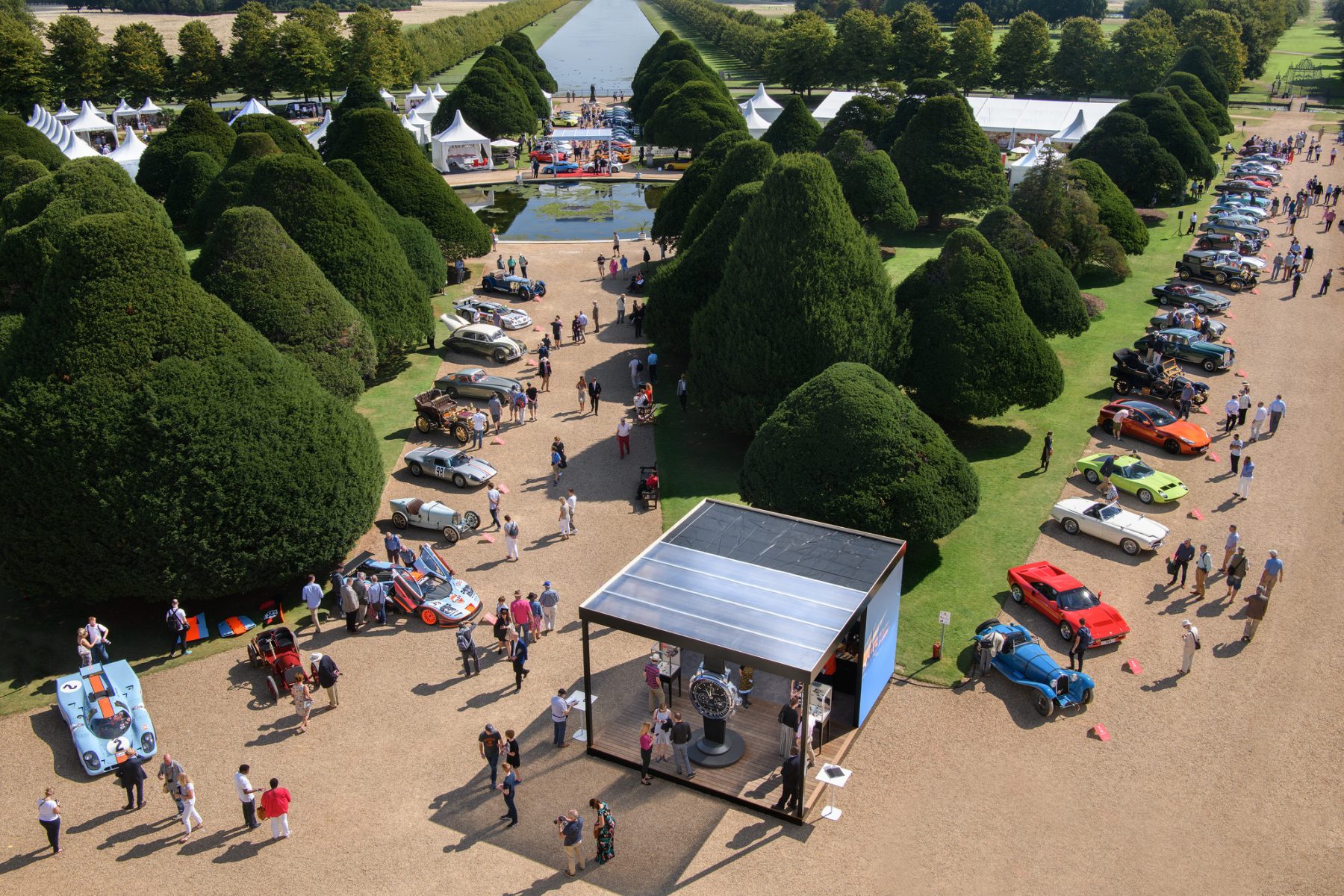 The annual Concours of Elegance at Hampton Court Palace sees some of the world’s most valuable and sought-after vehicles set against a truly unique backdrop.
The annual Concours of Elegance at Hampton Court Palace sees some of the world’s most valuable and sought-after vehicles set against a truly unique backdrop.
The event is truly an elite affair, with the distinguished owners of the main feature cars voting among themselves to declare the ‘best of show’.
If you like garden parties and cars, this is the event for you.
CarFest: 26 – 28 July (North), 23 – 25 August (South)
 Combining the worlds of motoring events and music festivals, the Chris Evans-fronted festival is now an established part of the UK events calendar.
Combining the worlds of motoring events and music festivals, the Chris Evans-fronted festival is now an established part of the UK events calendar.
Two events are held in Cheshire and Hampshire each year, with music, live action and countless iconic cars on tap at both venues.

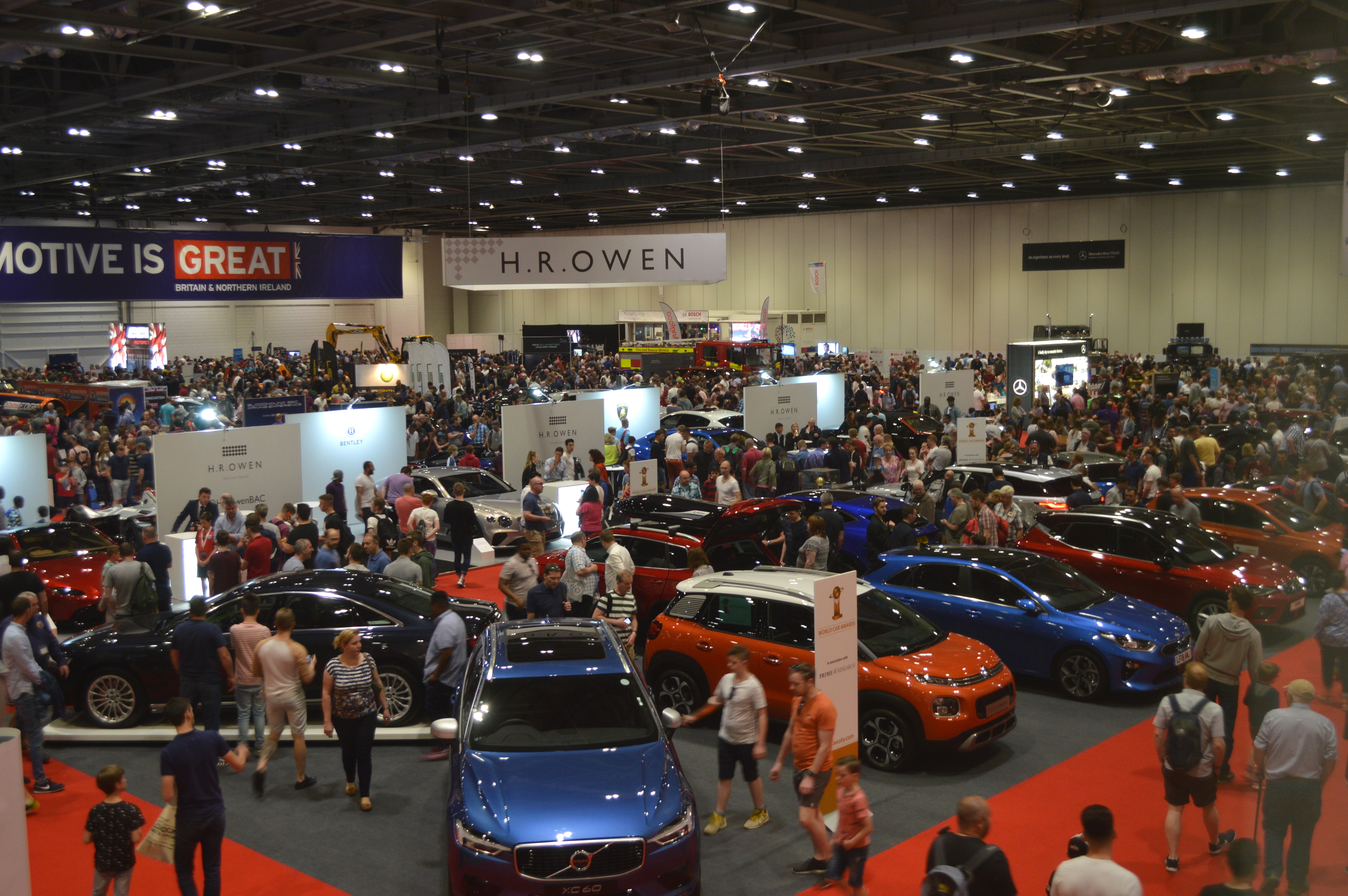
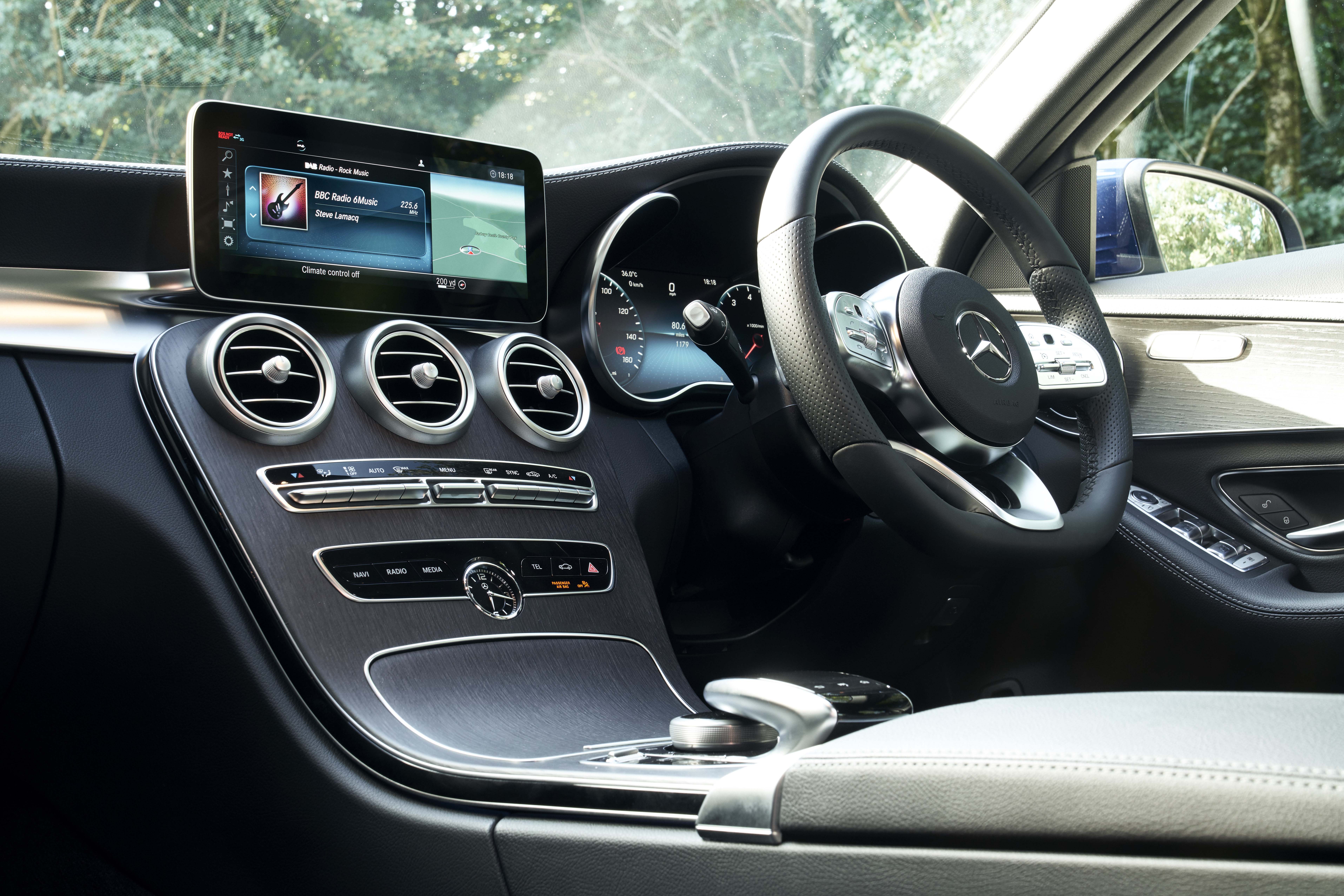
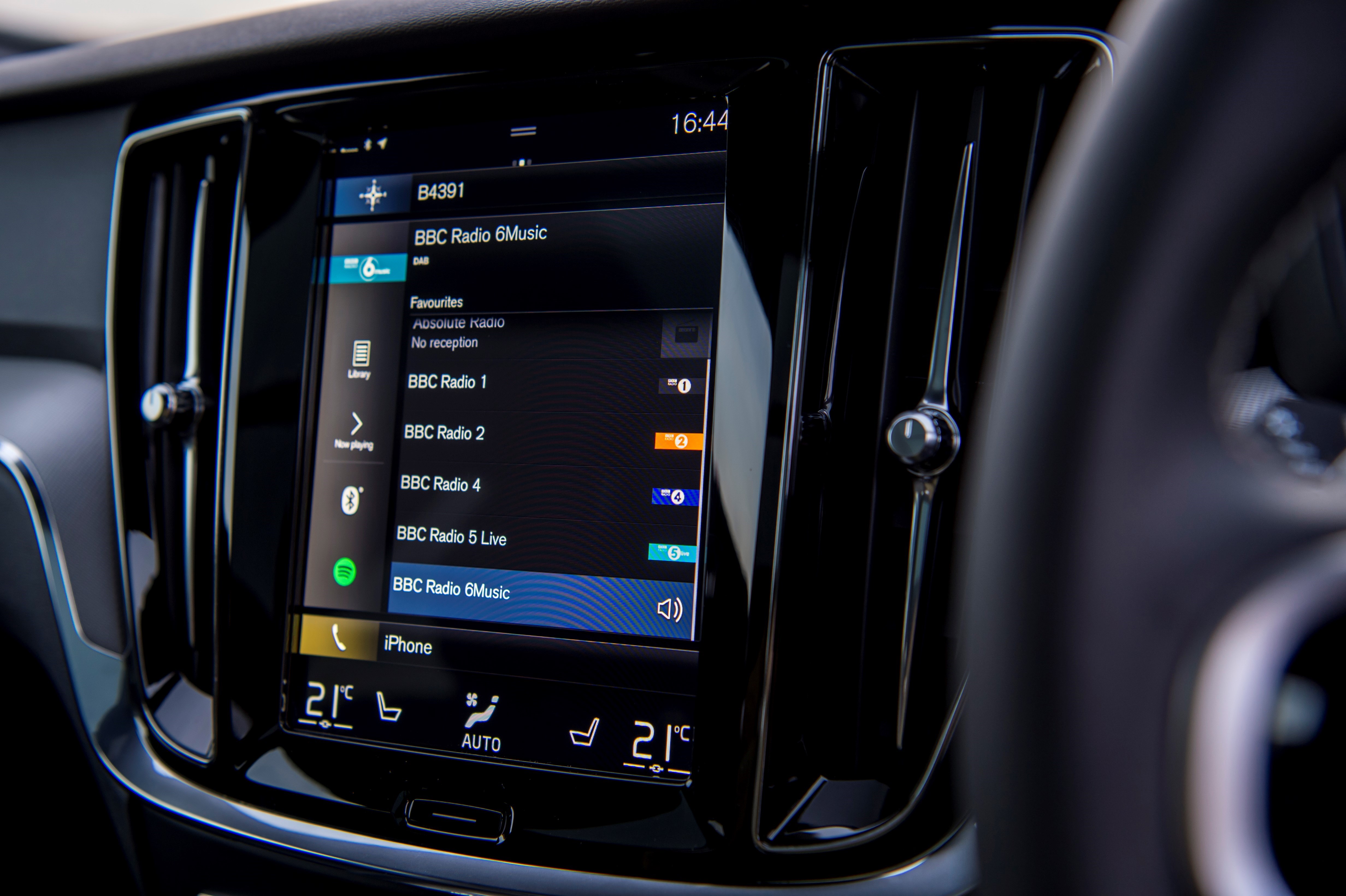
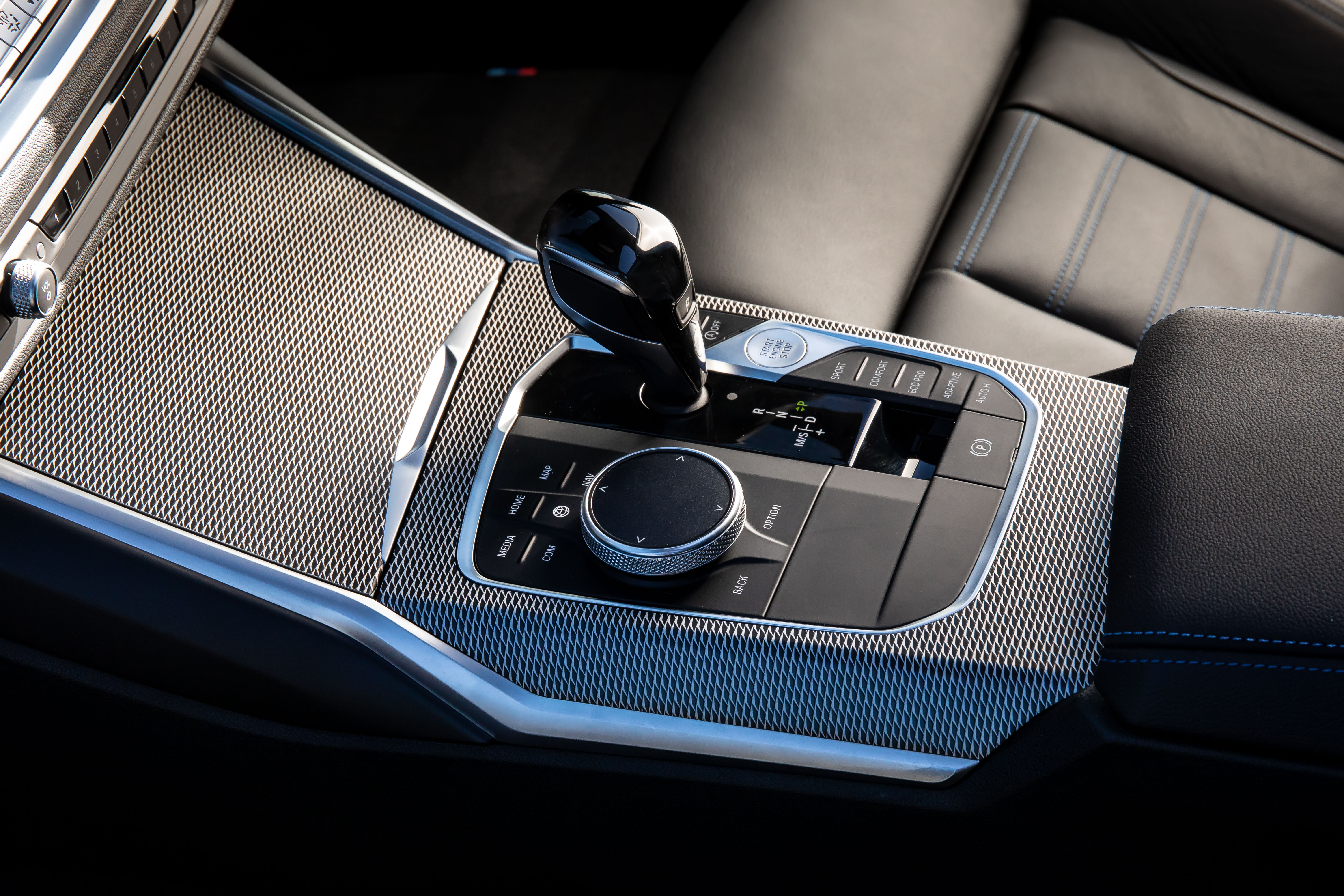
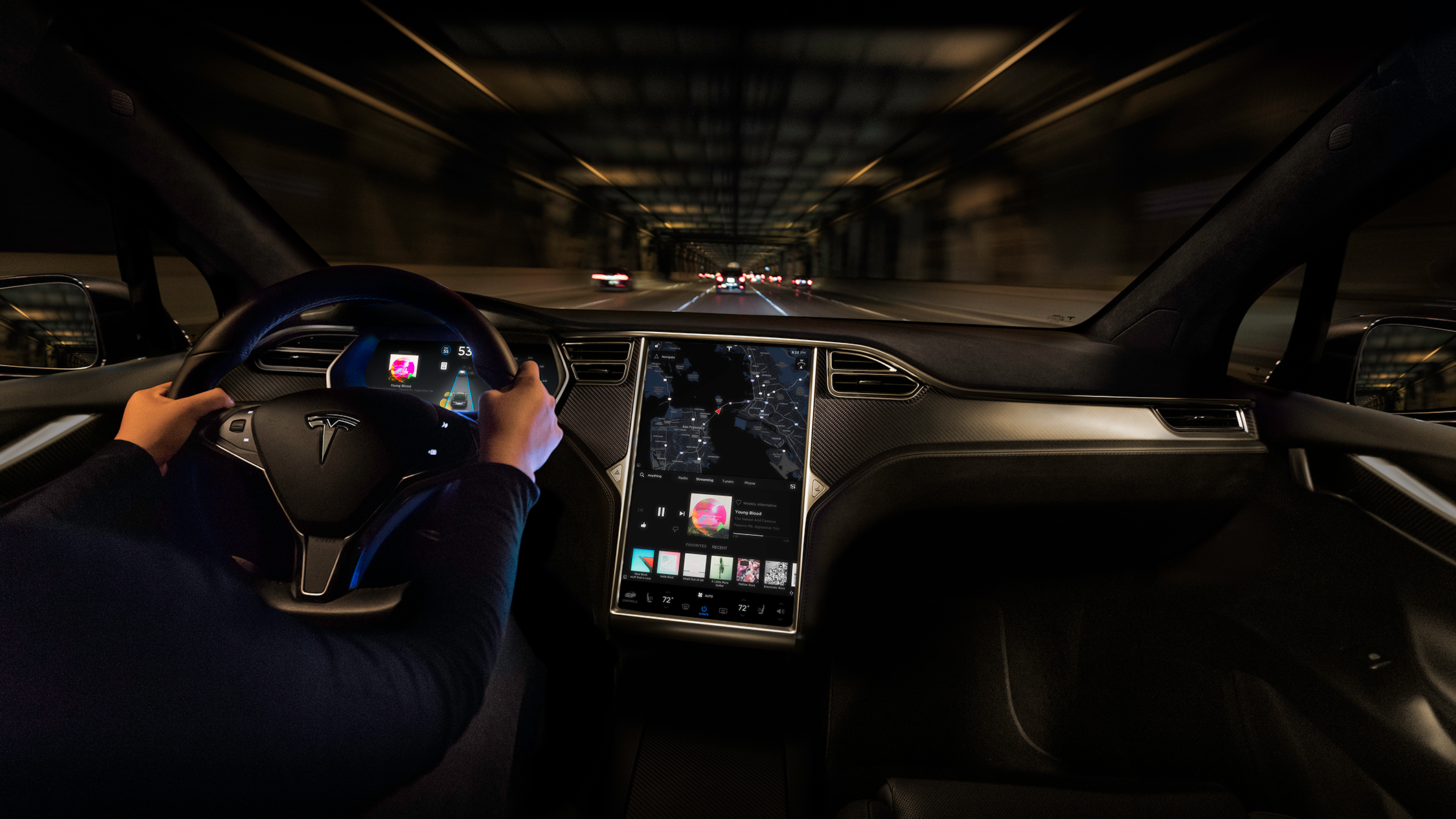
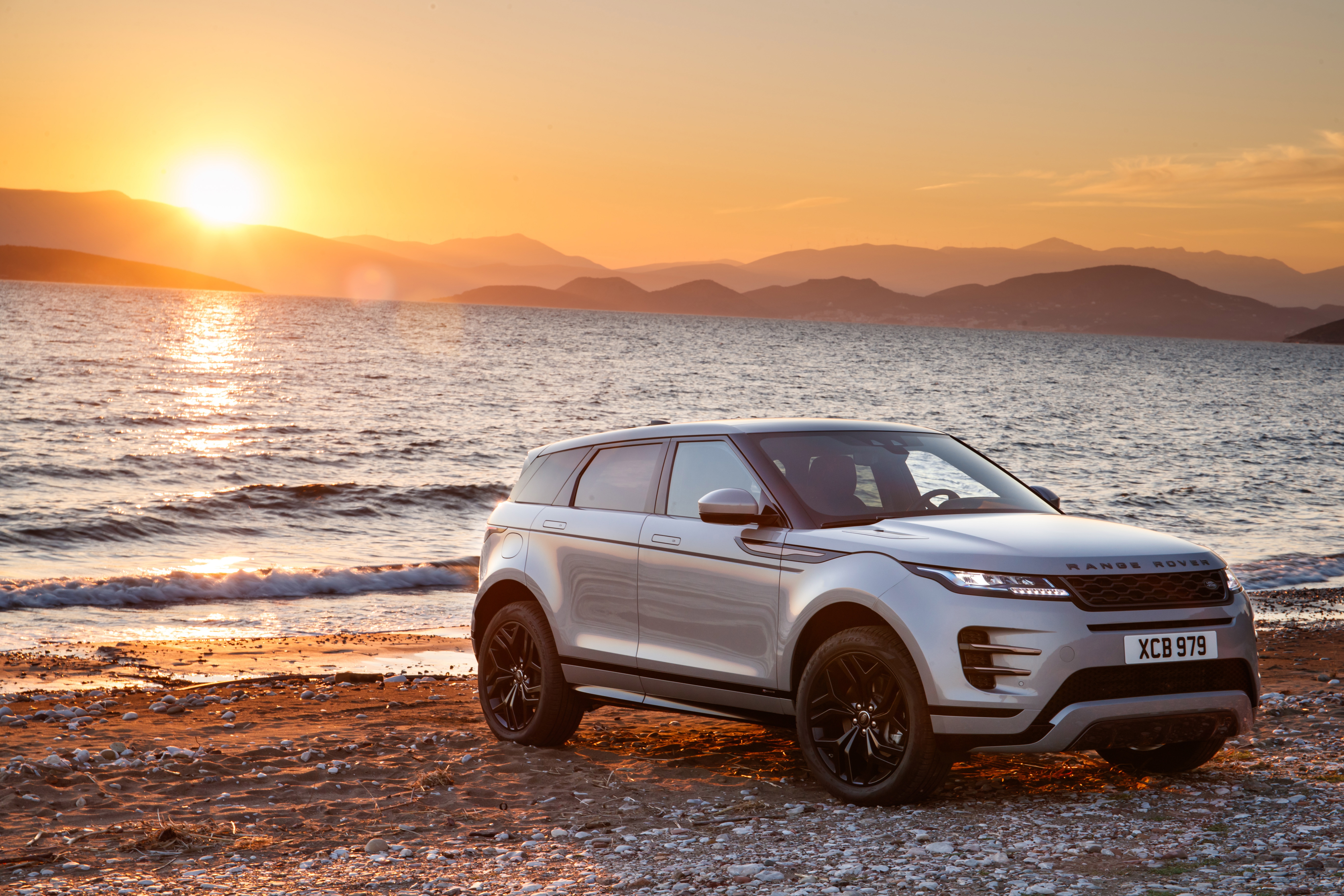
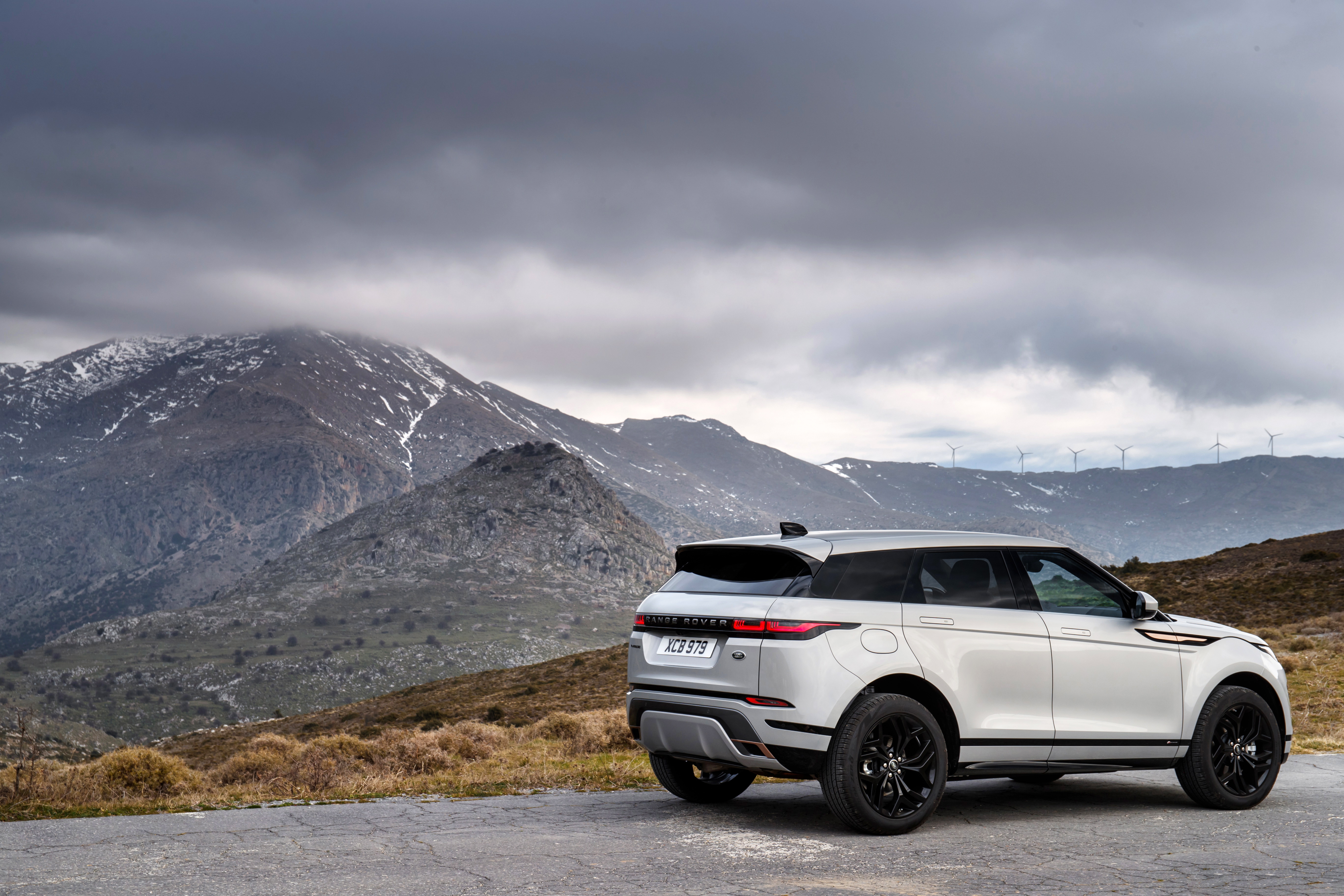
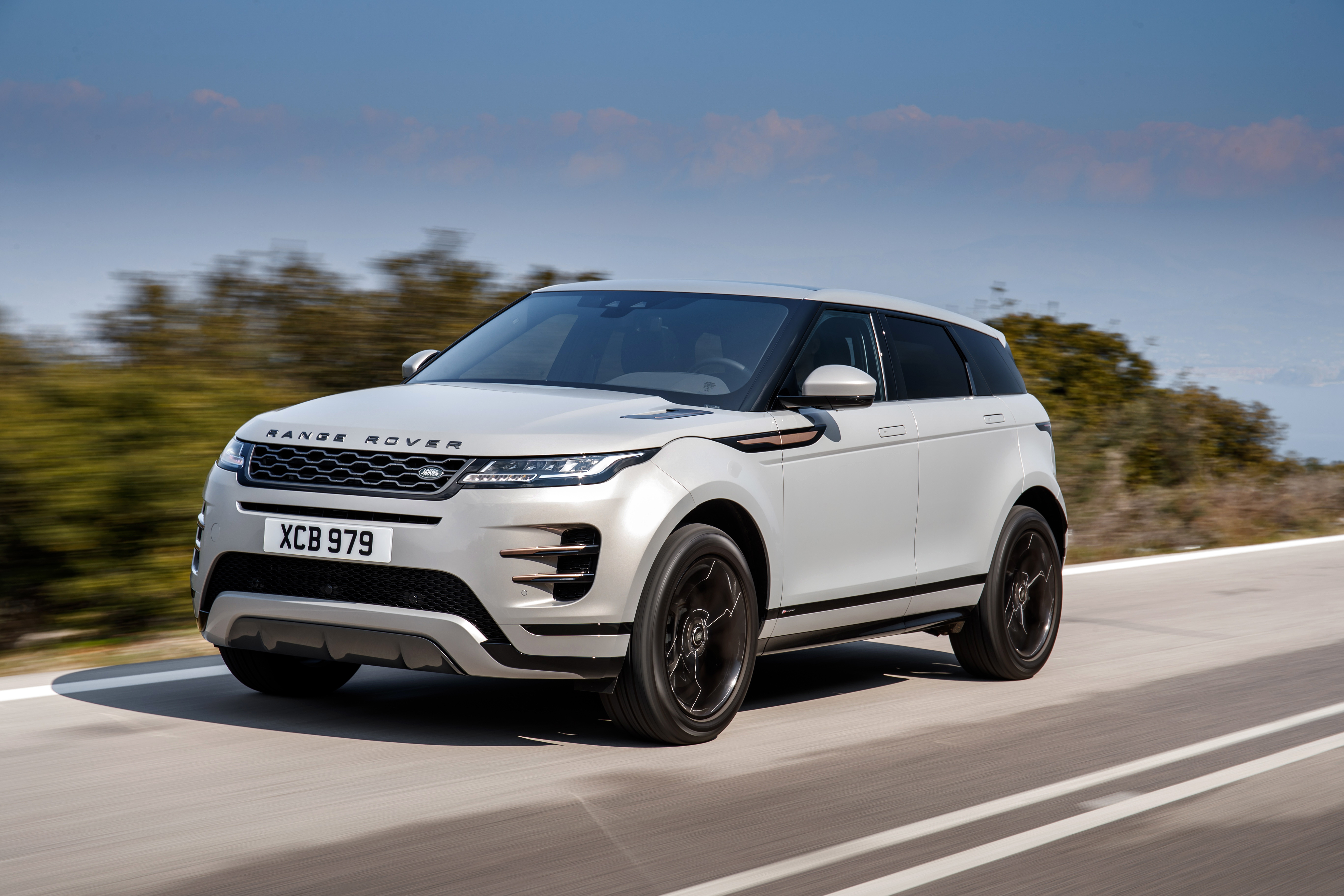
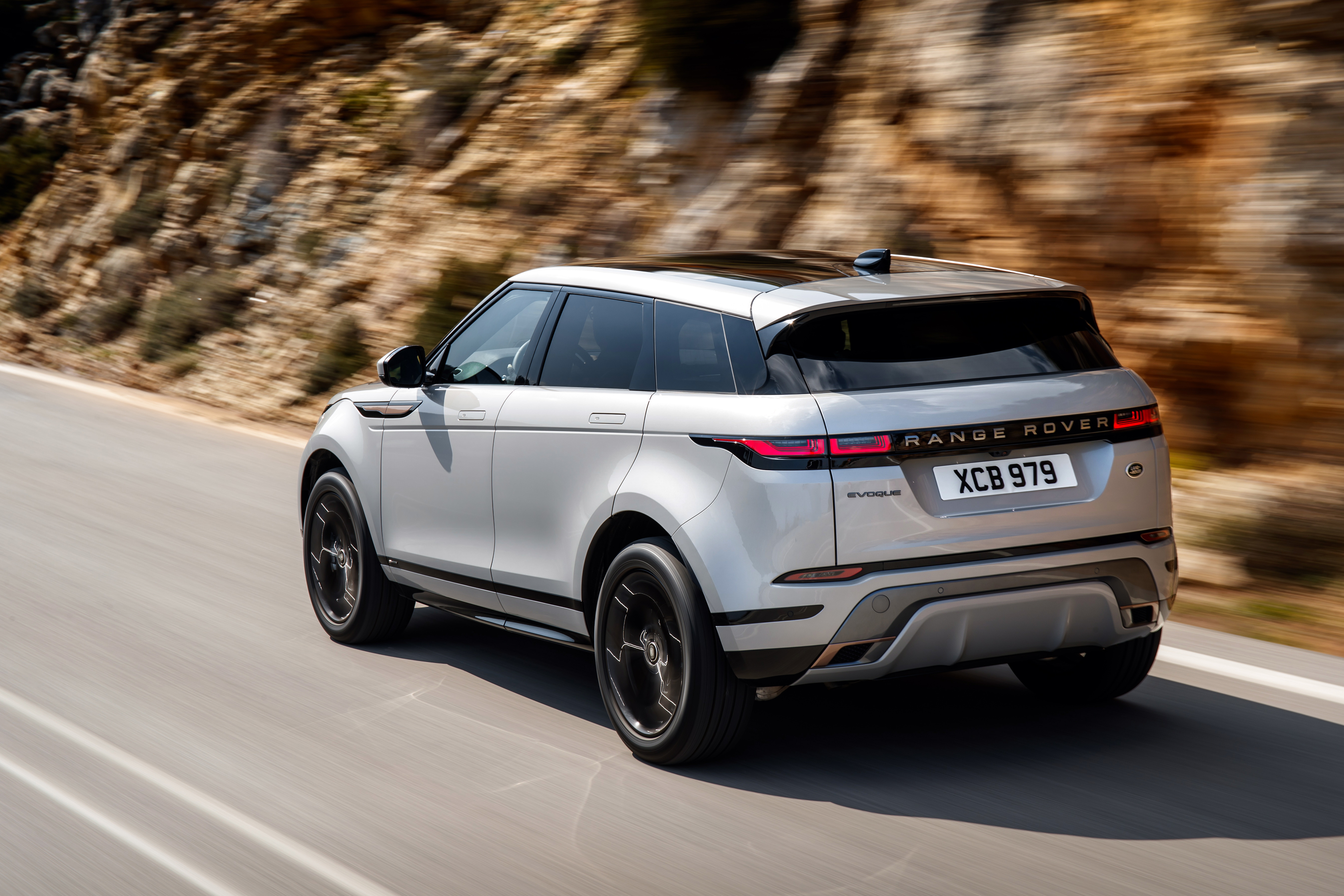
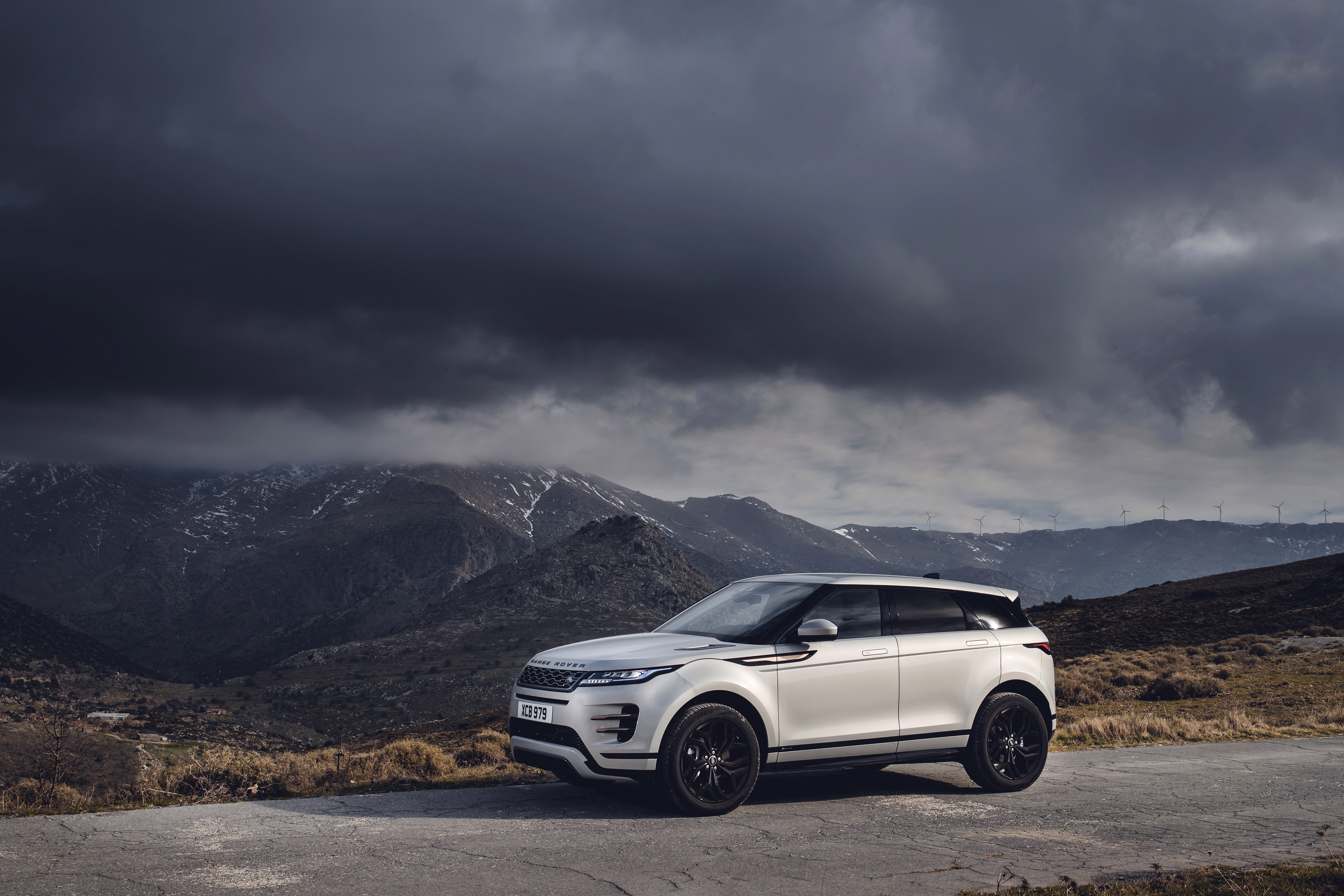
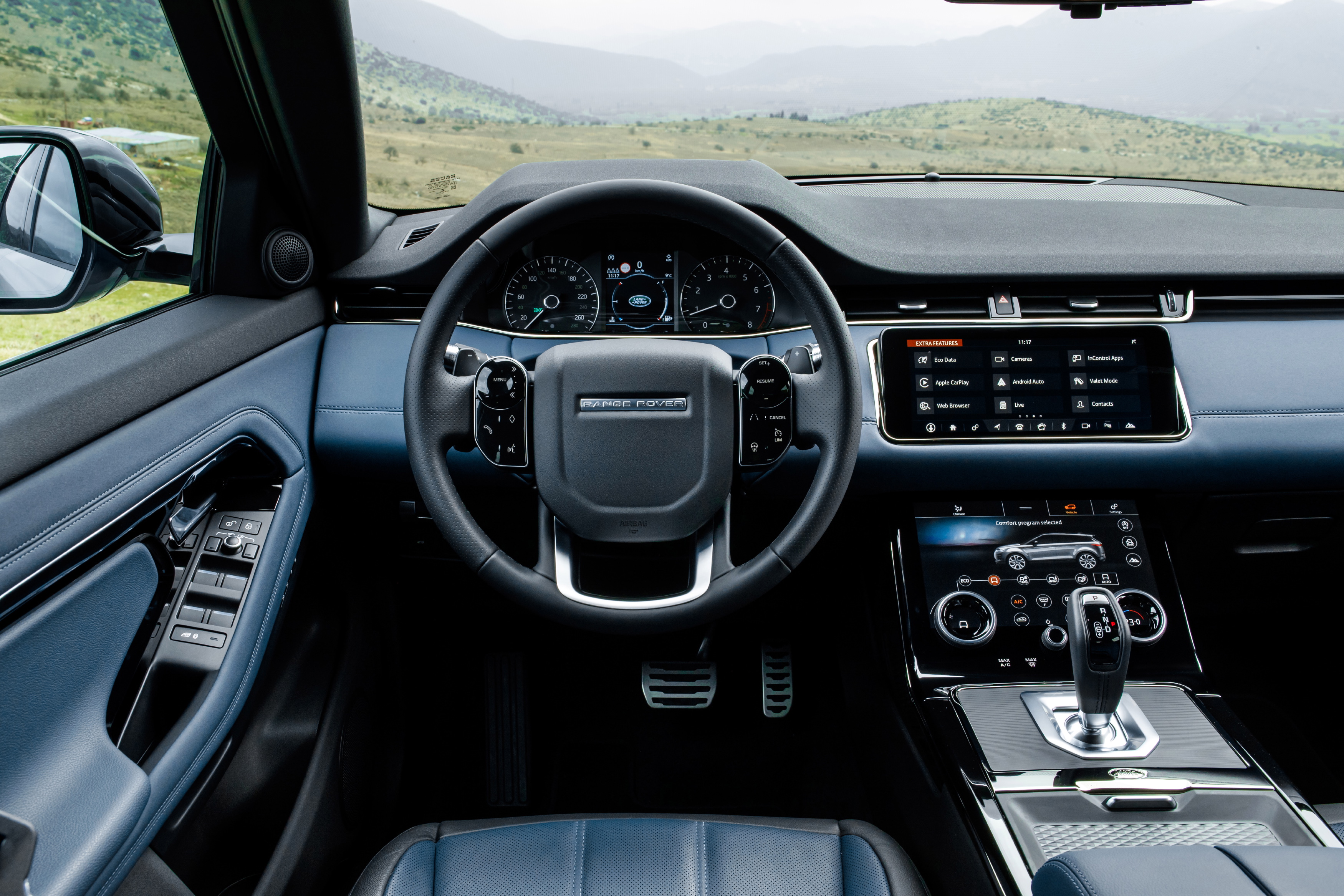
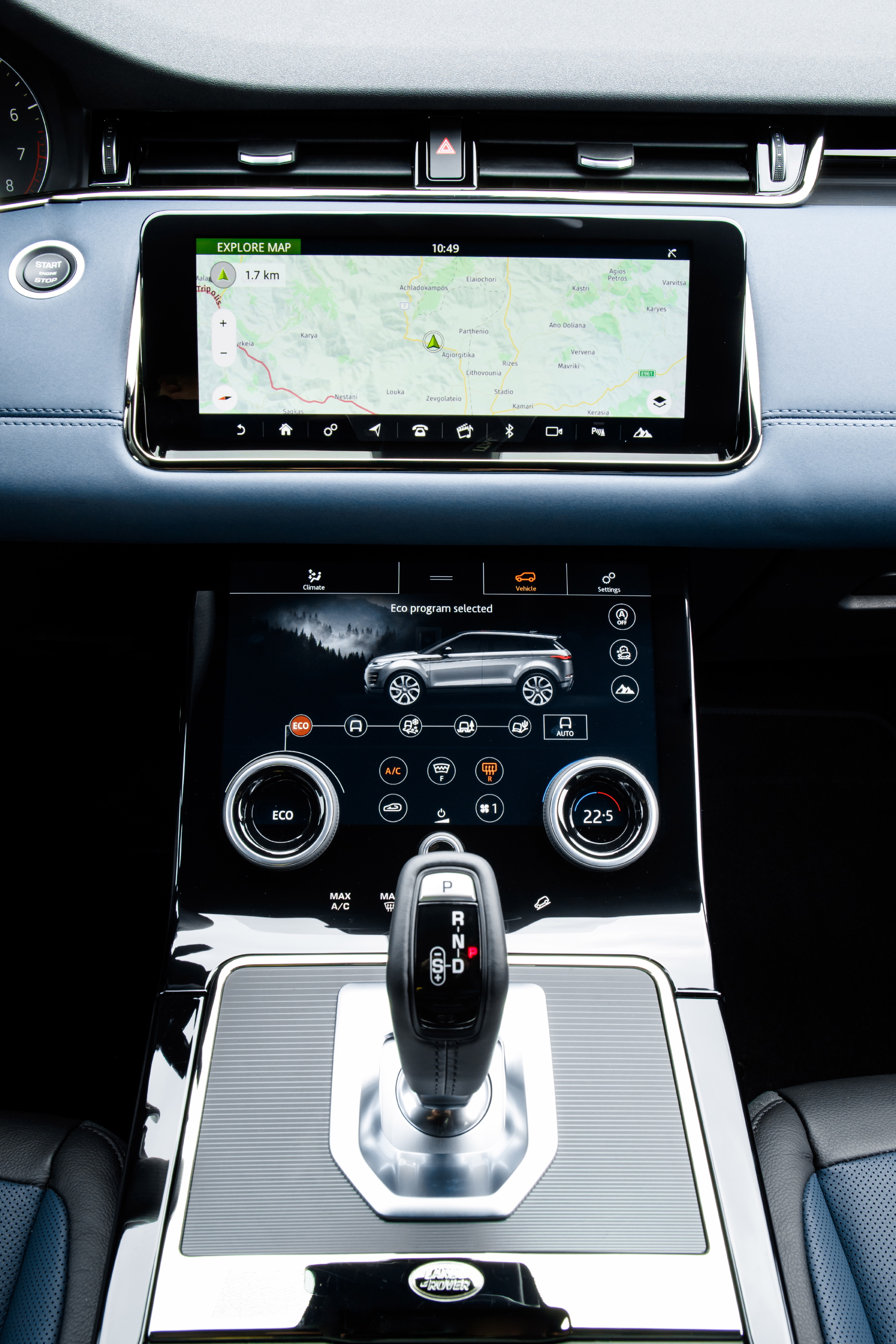
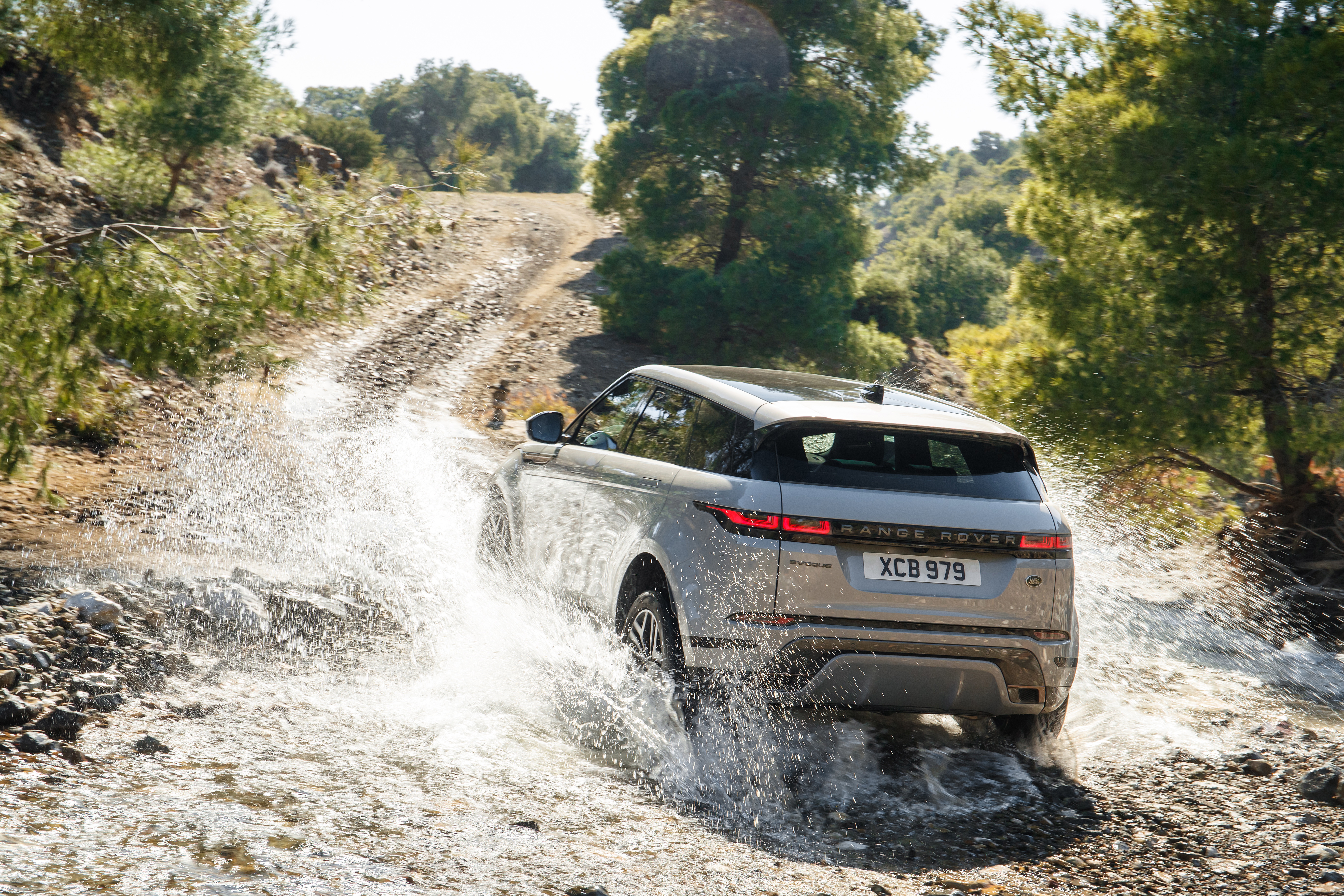
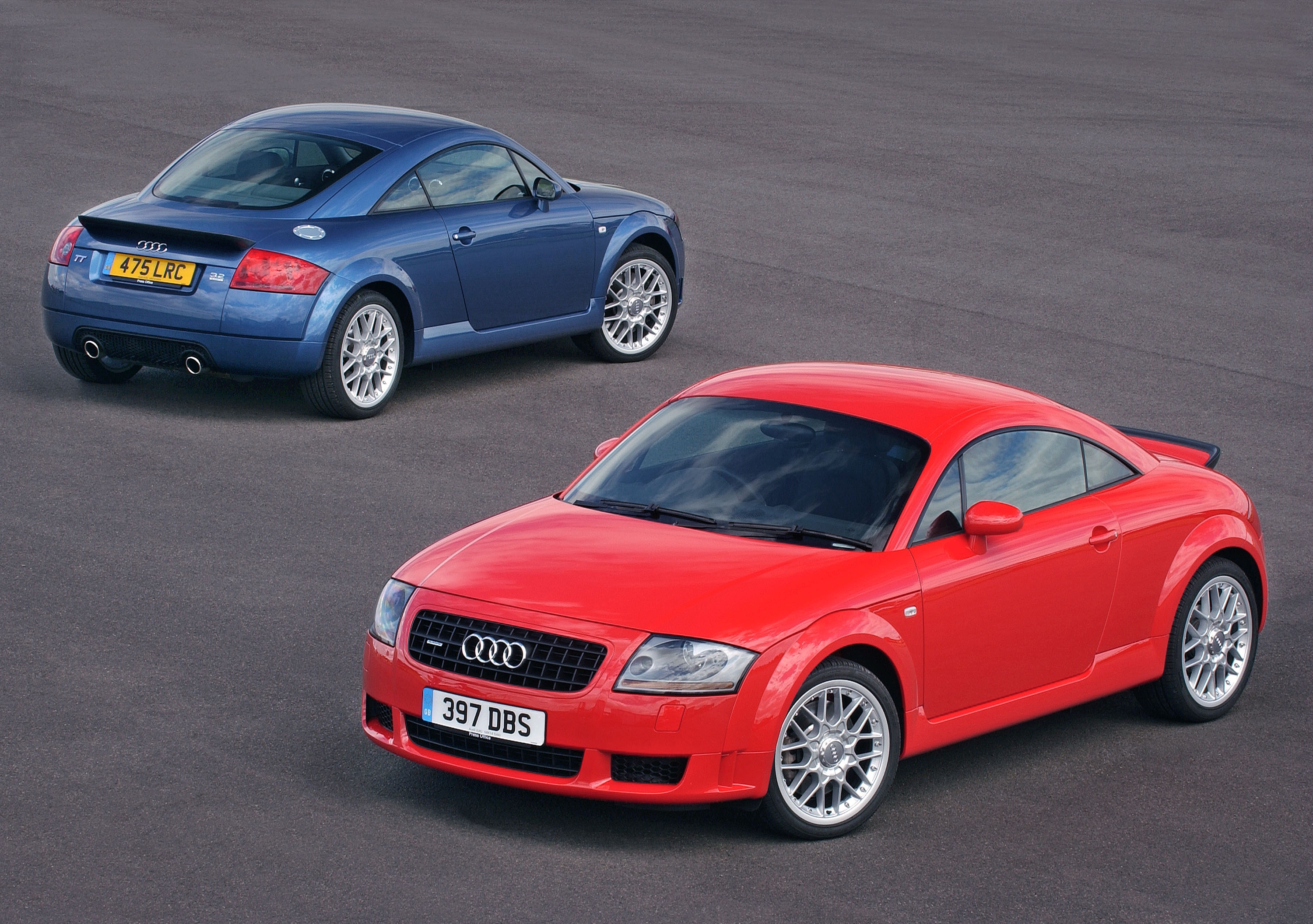
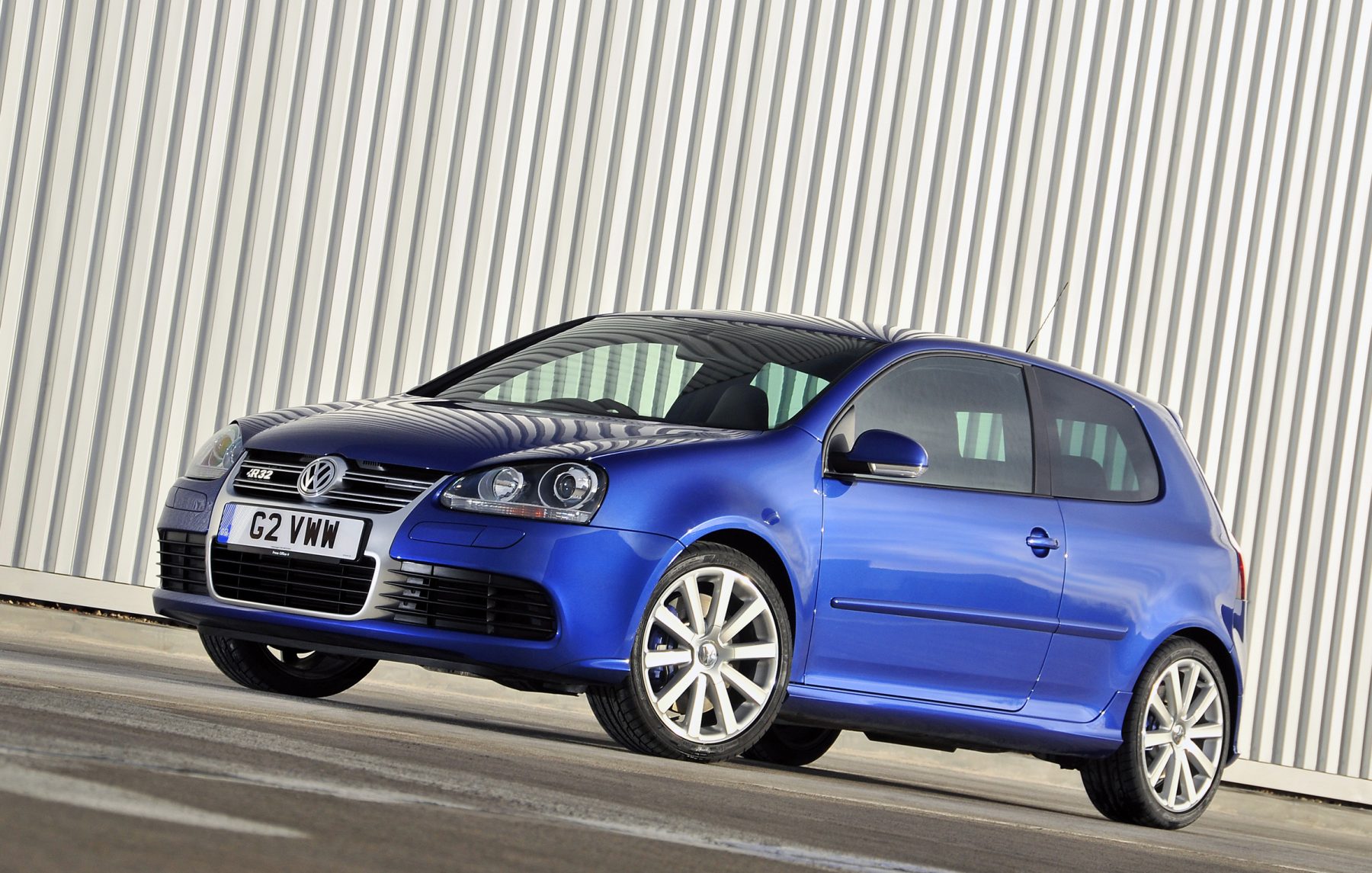 The Volkswagen Audi Group (VAG) 3.2-litre V6 is a superb engine that has found a home in numerous brilliant cars.
The Volkswagen Audi Group (VAG) 3.2-litre V6 is a superb engine that has found a home in numerous brilliant cars.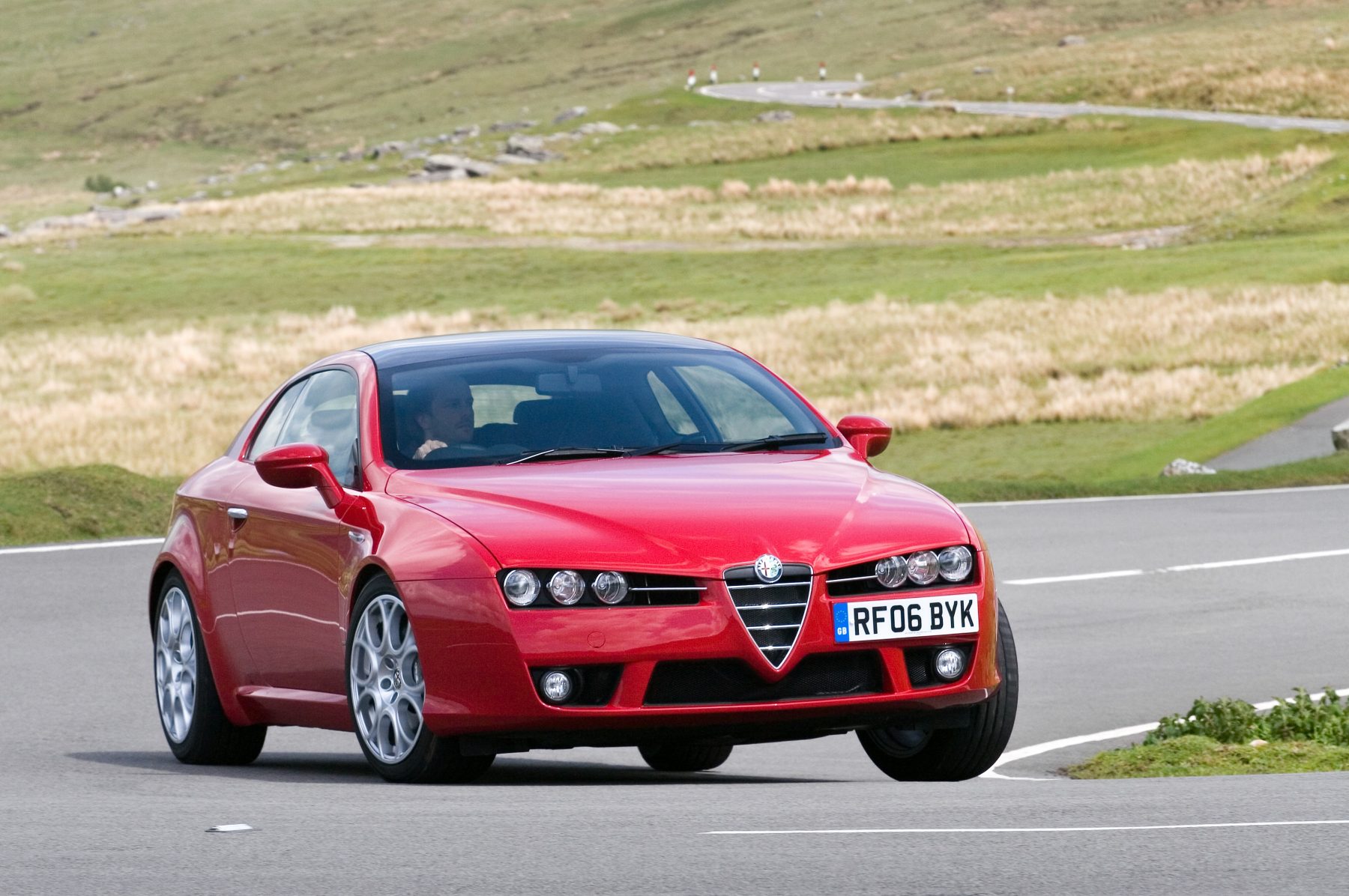 The world of motoring rarely weighs in unanimously on any matter, though it seemed that everyone agreed on the styling of Alfa Romeo’s Brera.
The world of motoring rarely weighs in unanimously on any matter, though it seemed that everyone agreed on the styling of Alfa Romeo’s Brera.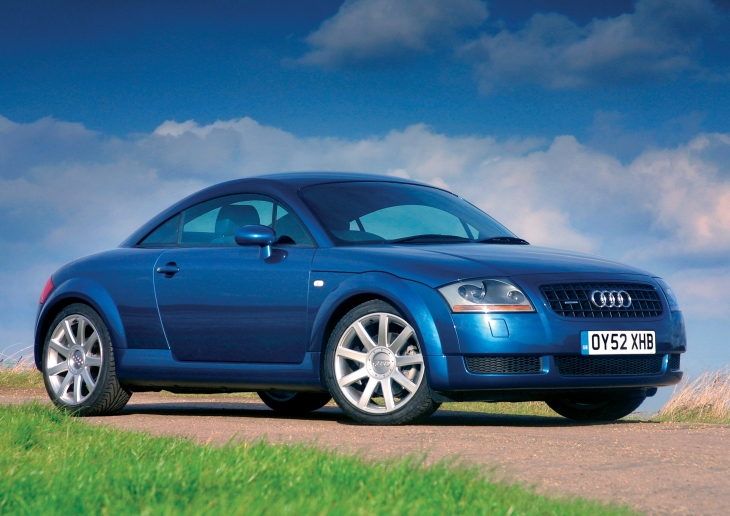 The first-generation Audi TT looks fairly understated today, but back when it was released, it was lauded for being the spitting image of the fairly radical concept car that inspired it.
The first-generation Audi TT looks fairly understated today, but back when it was released, it was lauded for being the spitting image of the fairly radical concept car that inspired it.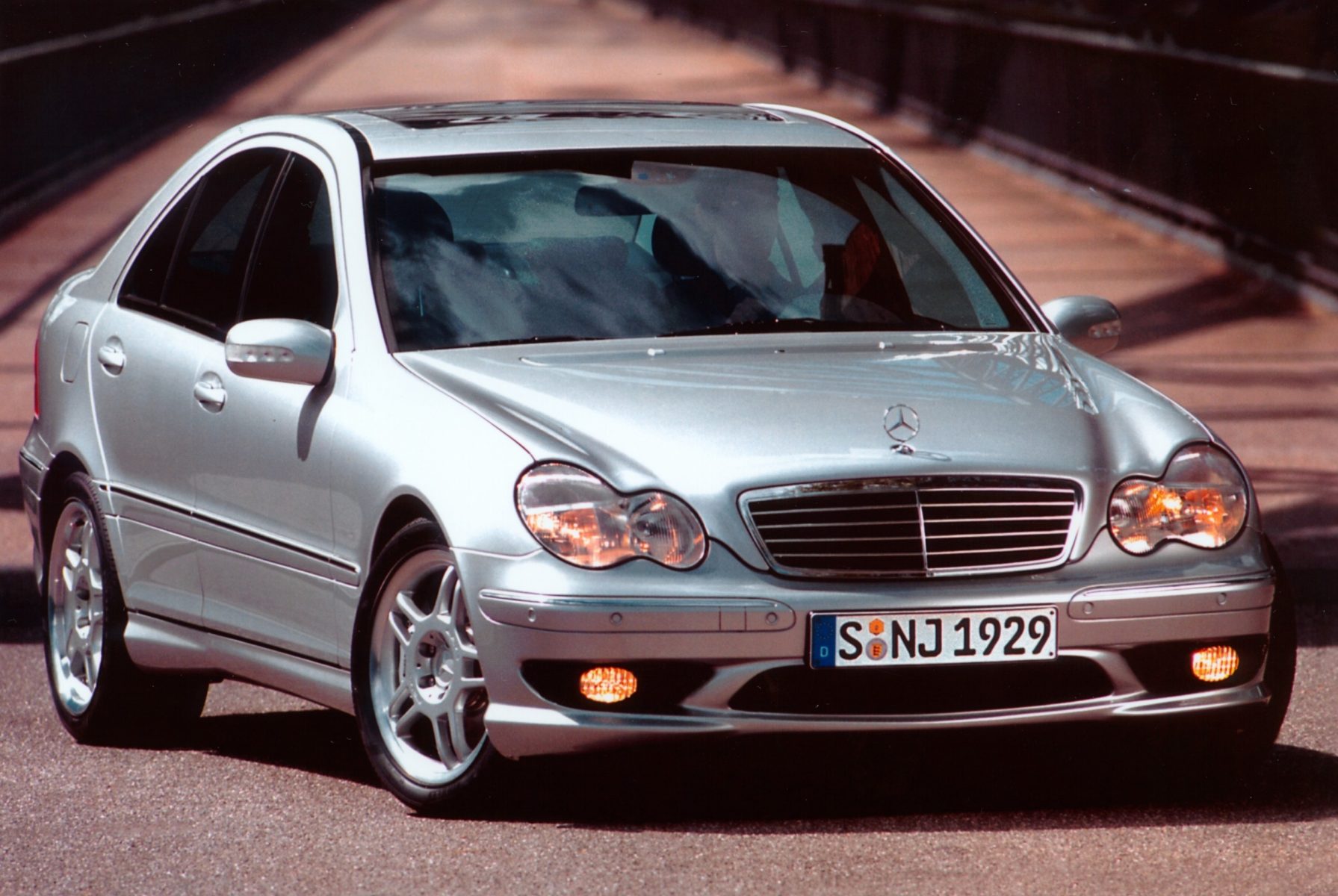 The C32 AMG is a car that can definitely be described as a wolf in sheep’s clothing, with an understated look paired to a supercharged 3.2-litre V6 delivering 350bhp.
The C32 AMG is a car that can definitely be described as a wolf in sheep’s clothing, with an understated look paired to a supercharged 3.2-litre V6 delivering 350bhp.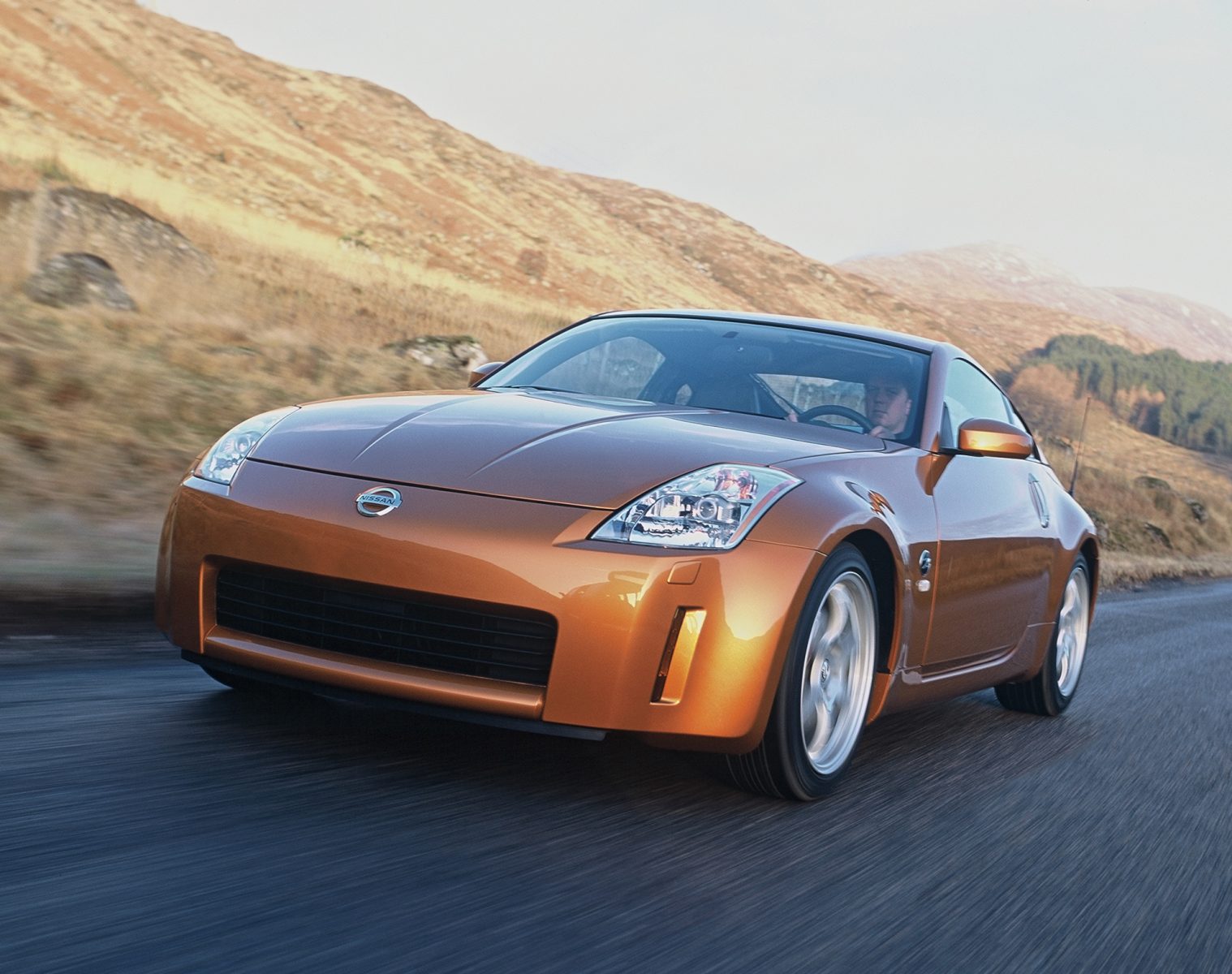 The Nissan 350Z was seen by many as a return to form for the Nissan ‘Z-car’ series, after the previous 300ZX grew quite large and cumbersome in its latter years.
The Nissan 350Z was seen by many as a return to form for the Nissan ‘Z-car’ series, after the previous 300ZX grew quite large and cumbersome in its latter years.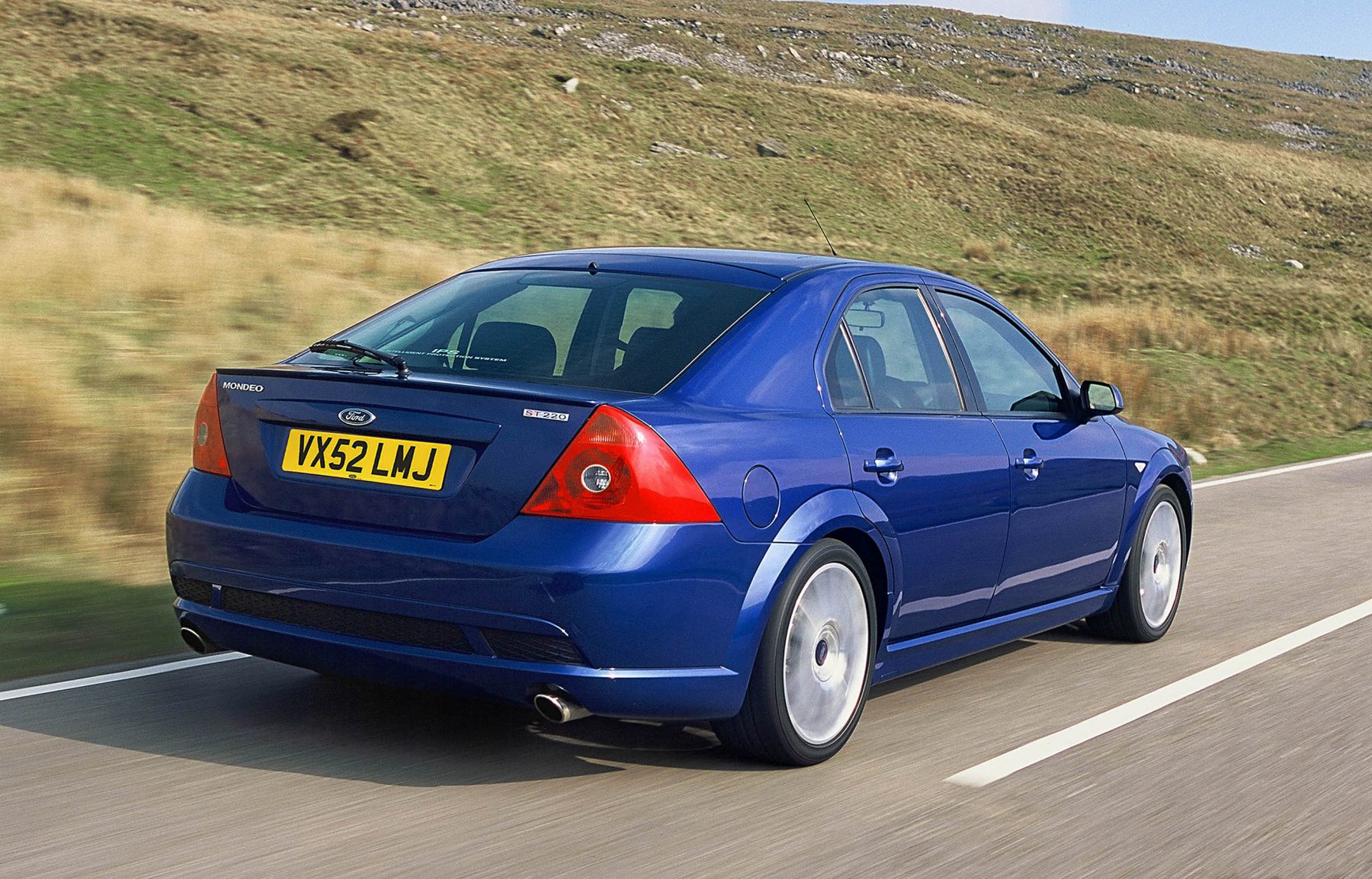 The Mondeo ST220 is certainly not a sleeper.
The Mondeo ST220 is certainly not a sleeper.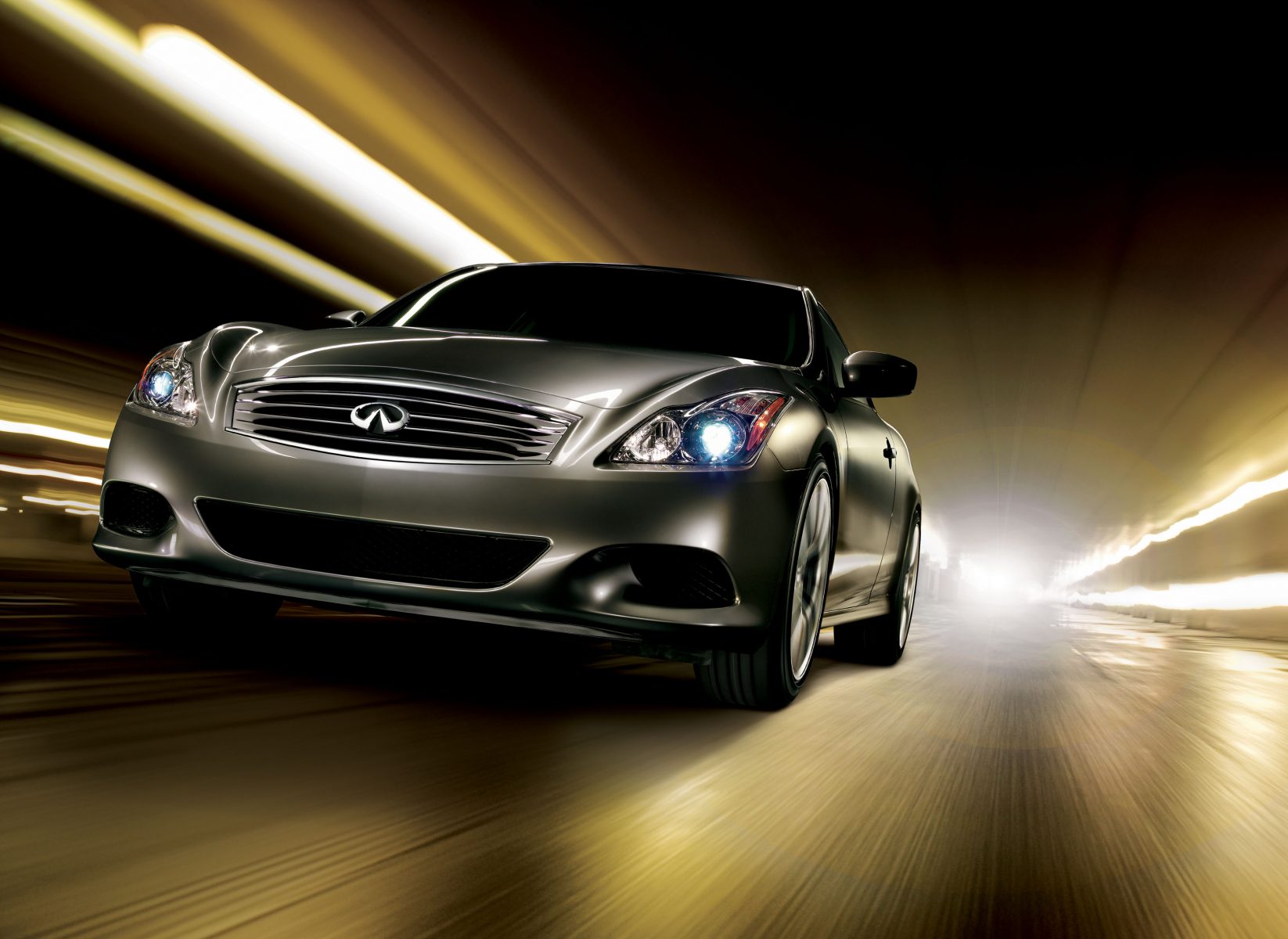 The G37 was billed as a rival to the BMW 3 Series, and the G37 was the upper echelon of the line-up.
The G37 was billed as a rival to the BMW 3 Series, and the G37 was the upper echelon of the line-up.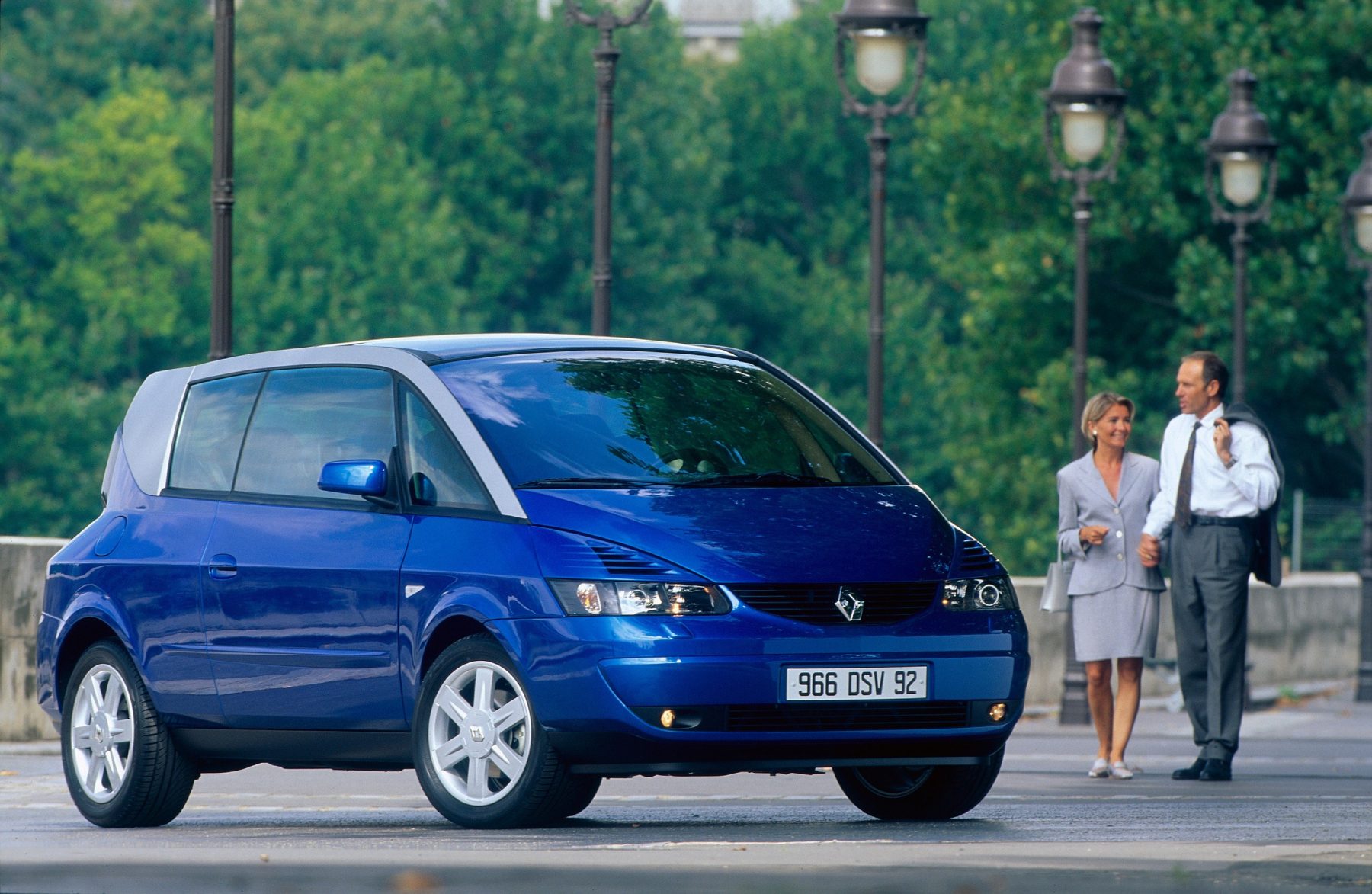 The Avantime is certainly a unique car in the not-so-grand pantheon of people carriers. Built by Renault affiliate Matra, the glass-roofed vehicle offered a 3.0-litre V6 with 210bhp, which gives it a surprising amount of pace and – if you really want to push it – not a bad engine sound either.
The Avantime is certainly a unique car in the not-so-grand pantheon of people carriers. Built by Renault affiliate Matra, the glass-roofed vehicle offered a 3.0-litre V6 with 210bhp, which gives it a surprising amount of pace and – if you really want to push it – not a bad engine sound either.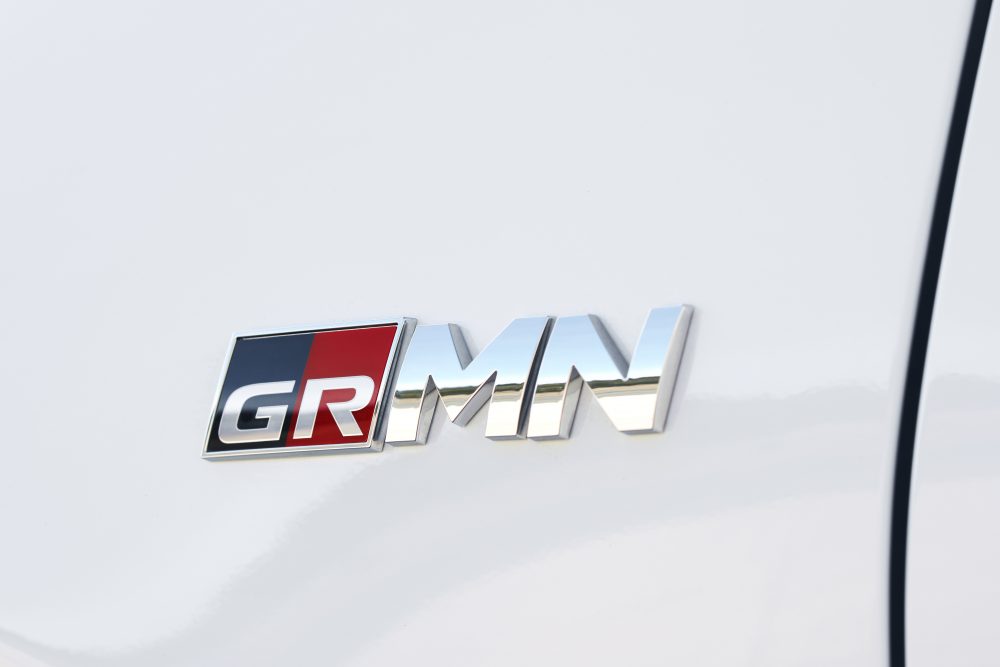
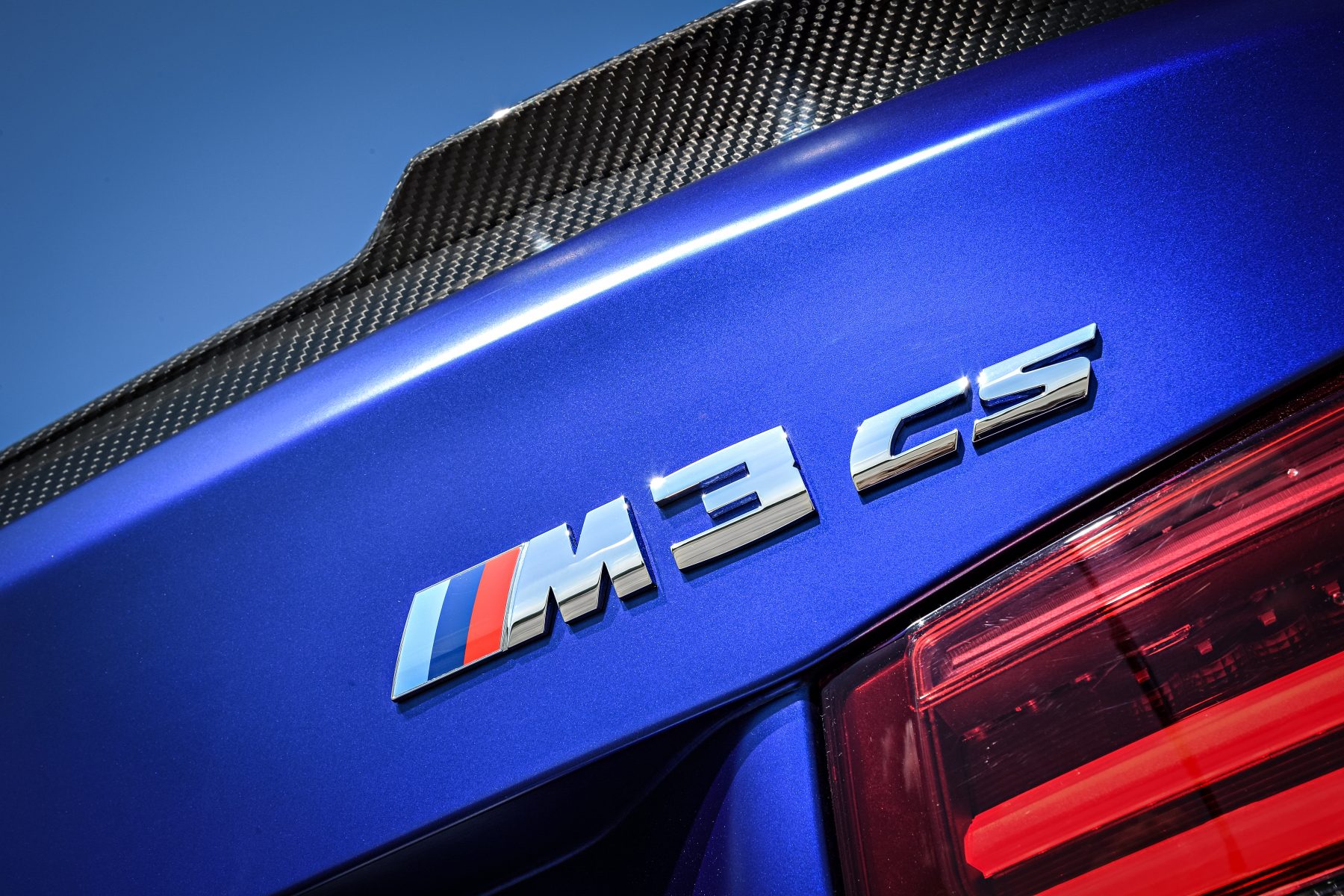
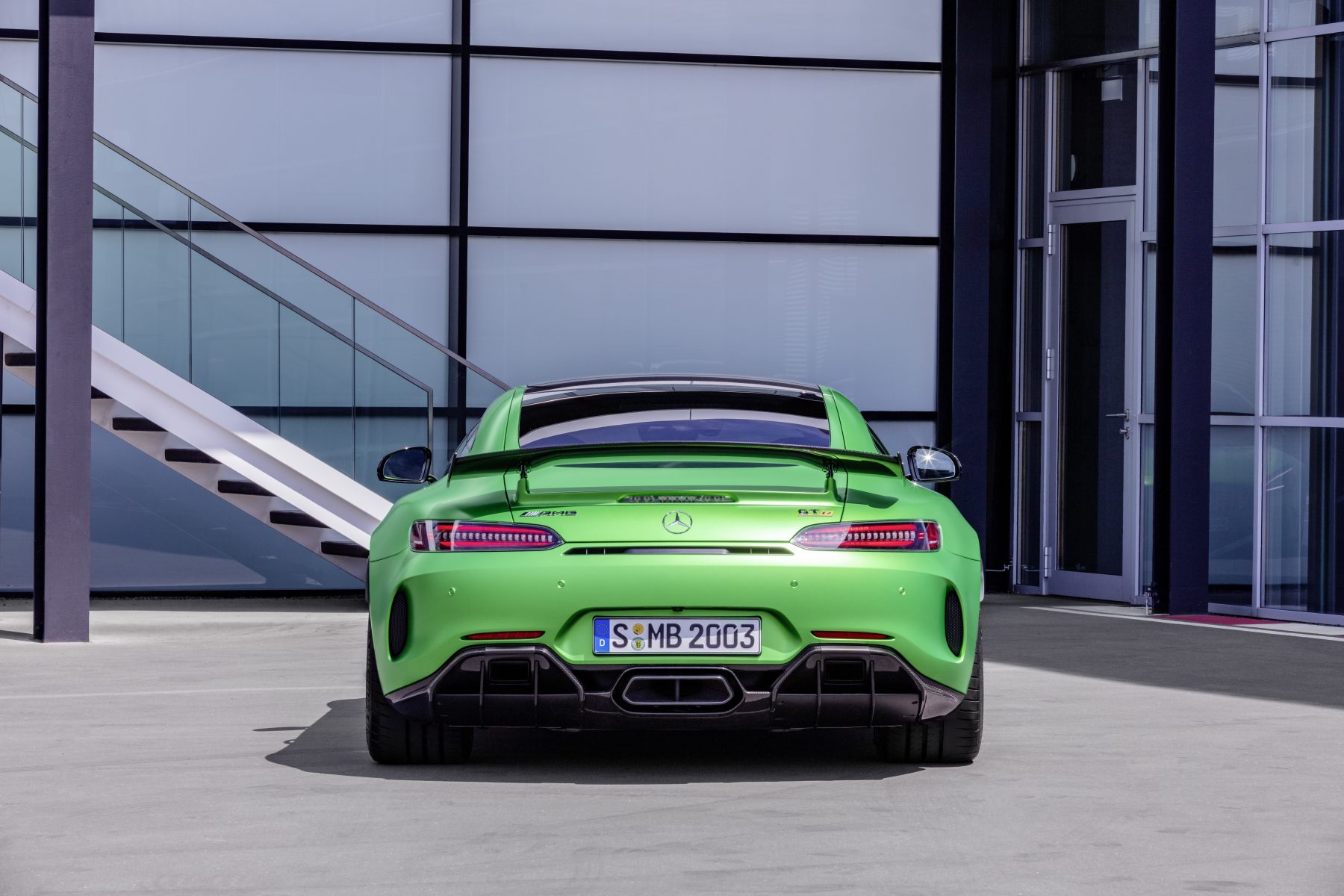 AMG was founded all the way back in 1967 by Hans Werner Aufrecht and Erhard Melcher – and the letters AMG in fact stand for Aufrecht, Melcher and Großaspach – Aufrecht’s birth town. Since then, AMG has created some of the most elegantly unhinged motor cars that the world has ever seen, and, more recently, produced engines for the likes of Pagani and Aston Martin.
AMG was founded all the way back in 1967 by Hans Werner Aufrecht and Erhard Melcher – and the letters AMG in fact stand for Aufrecht, Melcher and Großaspach – Aufrecht’s birth town. Since then, AMG has created some of the most elegantly unhinged motor cars that the world has ever seen, and, more recently, produced engines for the likes of Pagani and Aston Martin.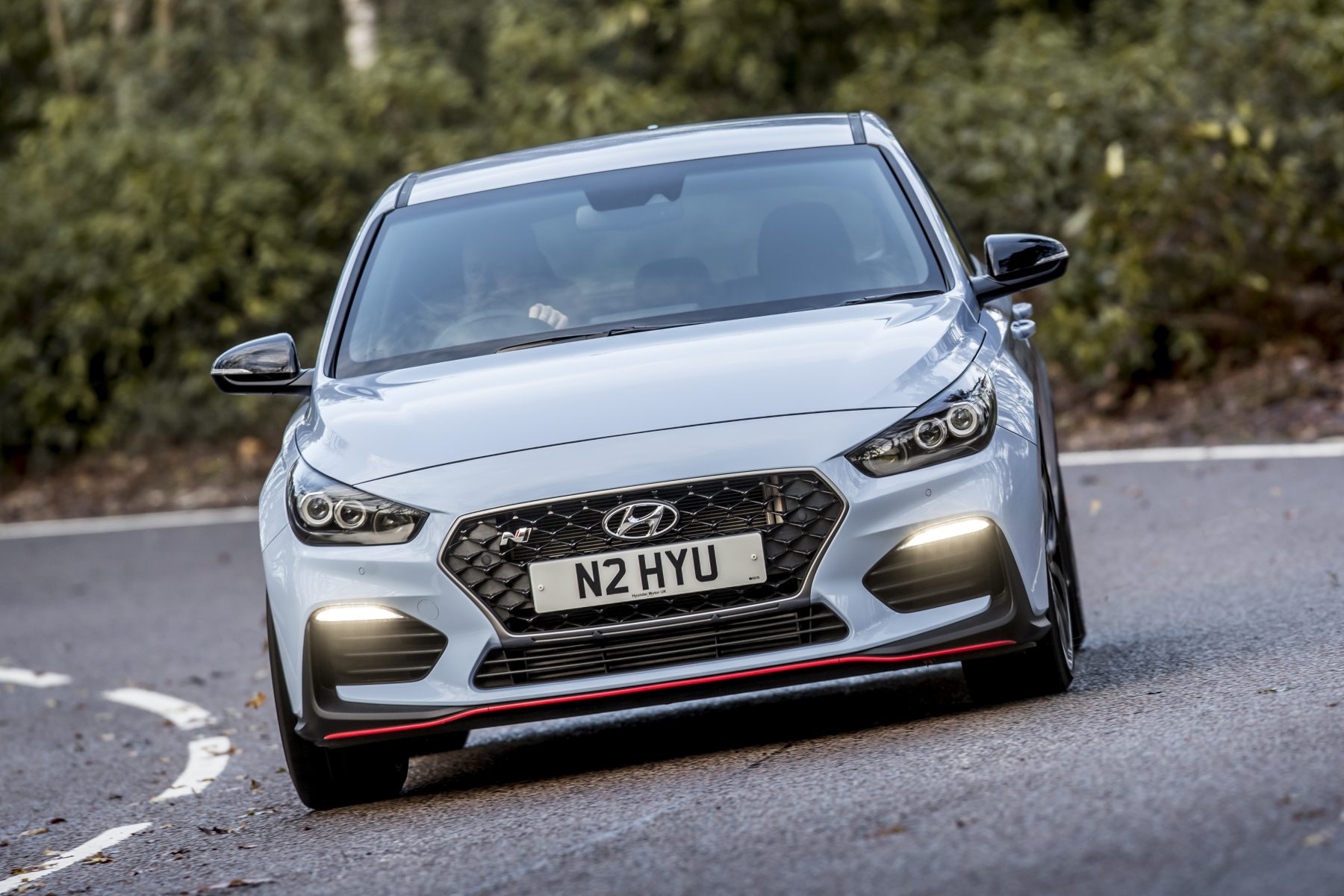 Hyundai hasn’t got the greatest of motorsport or performance pedigrees to its name, but it is now well on the way thanks to the foundation of the N high performance brand.
Hyundai hasn’t got the greatest of motorsport or performance pedigrees to its name, but it is now well on the way thanks to the foundation of the N high performance brand.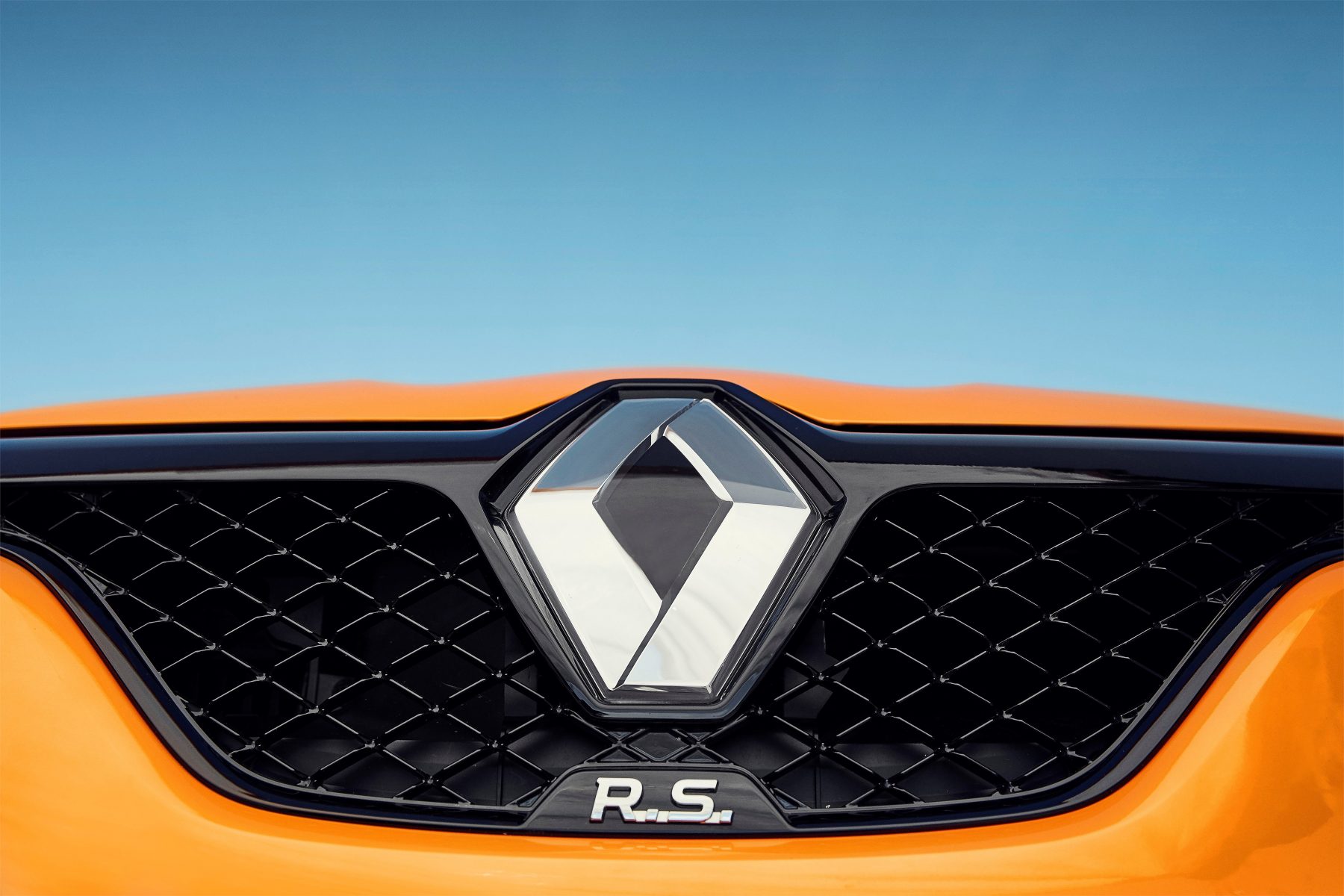 While Renault Sport’s history in motor racing goes back as far as the 1970s in Formula One, Rallying and other disciplines, its road car history only began in earnest when Renault discontinued the Alpine marque in 1994.
While Renault Sport’s history in motor racing goes back as far as the 1970s in Formula One, Rallying and other disciplines, its road car history only began in earnest when Renault discontinued the Alpine marque in 1994.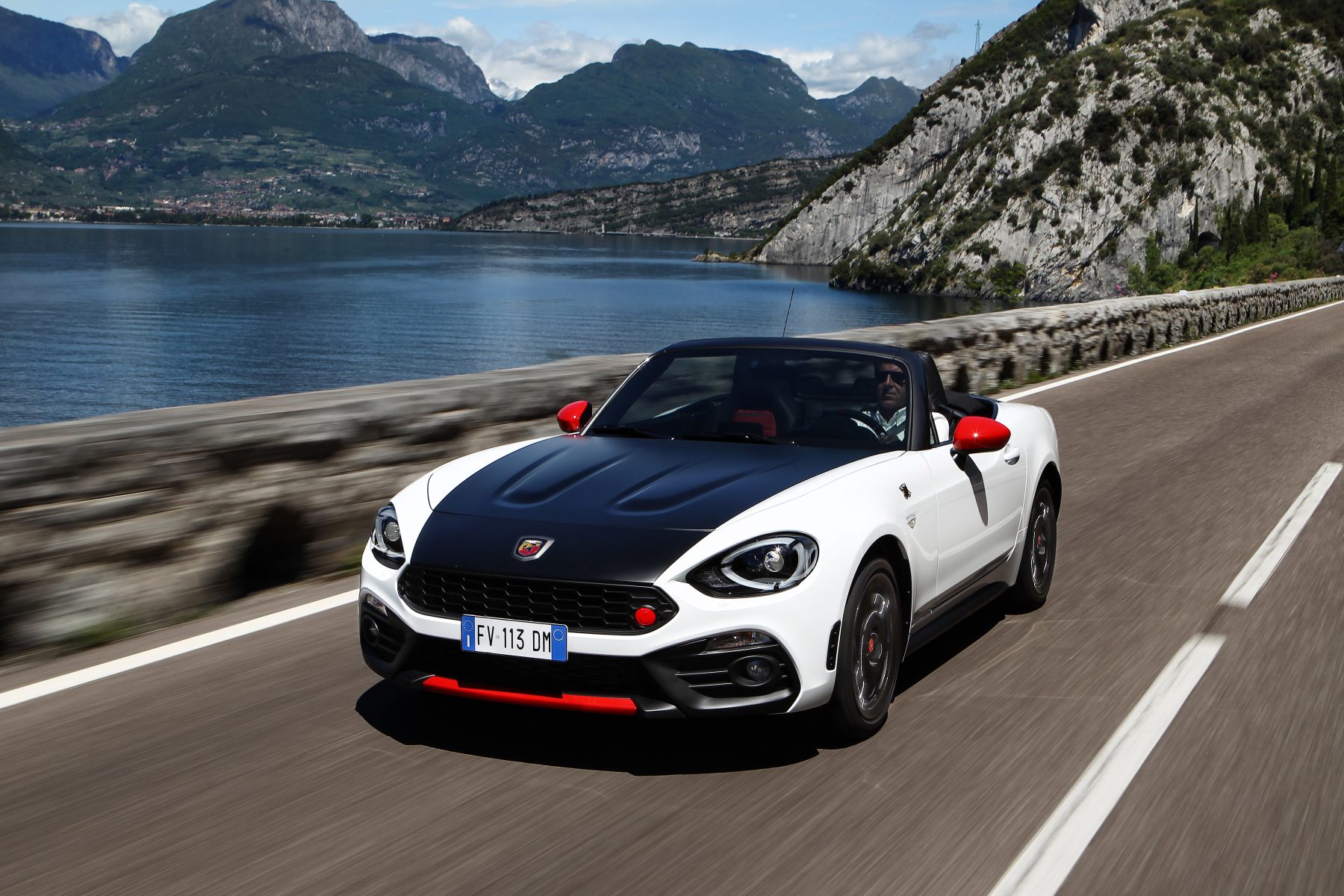 Abarth is still treated as a separate brand, and while it is now very much just an extension of Fiat, it once made many weird and wonderful sports cars.
Abarth is still treated as a separate brand, and while it is now very much just an extension of Fiat, it once made many weird and wonderful sports cars.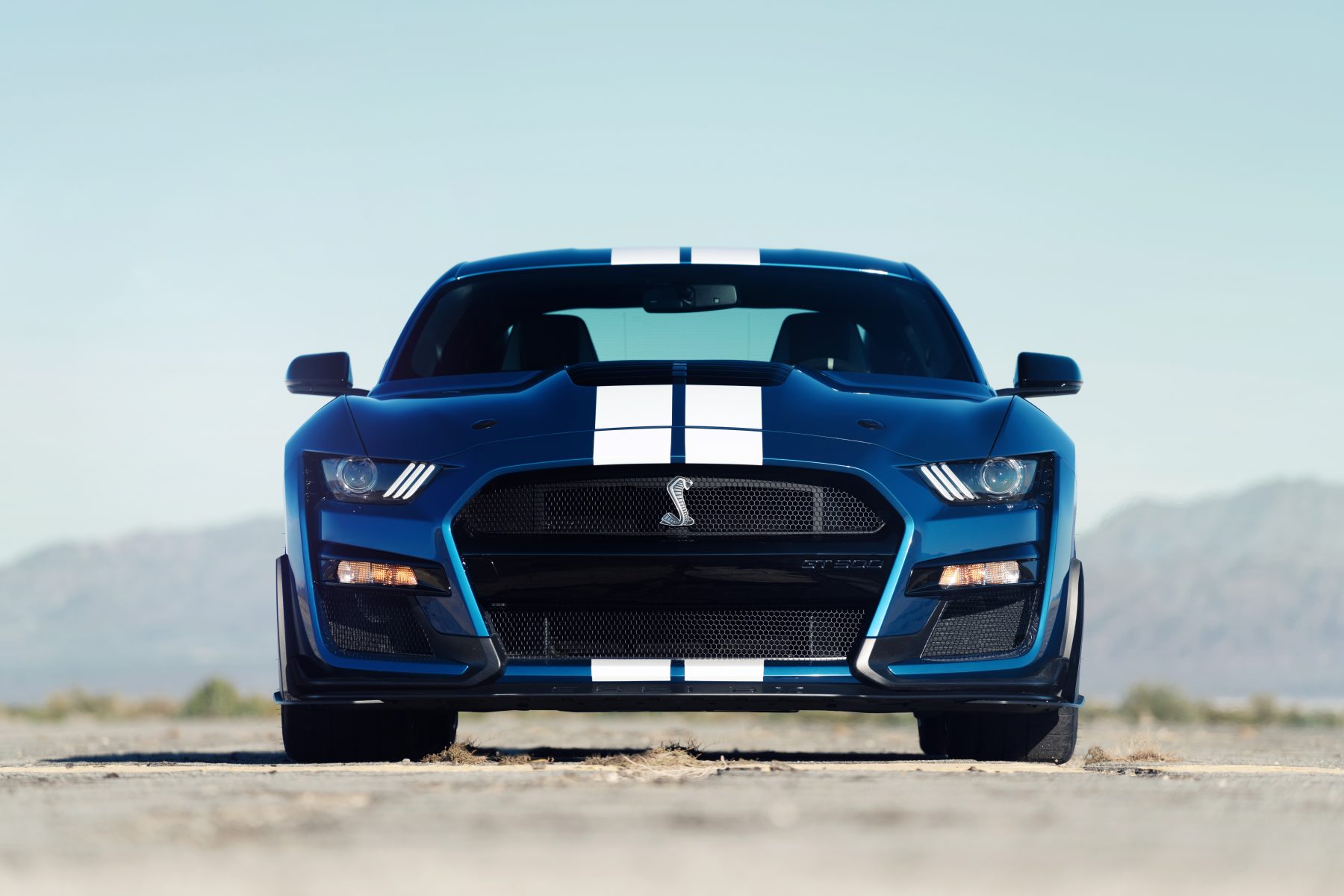 The story of Shelby and its eponymous founder Carroll is one of the most well-known in motoring.
The story of Shelby and its eponymous founder Carroll is one of the most well-known in motoring.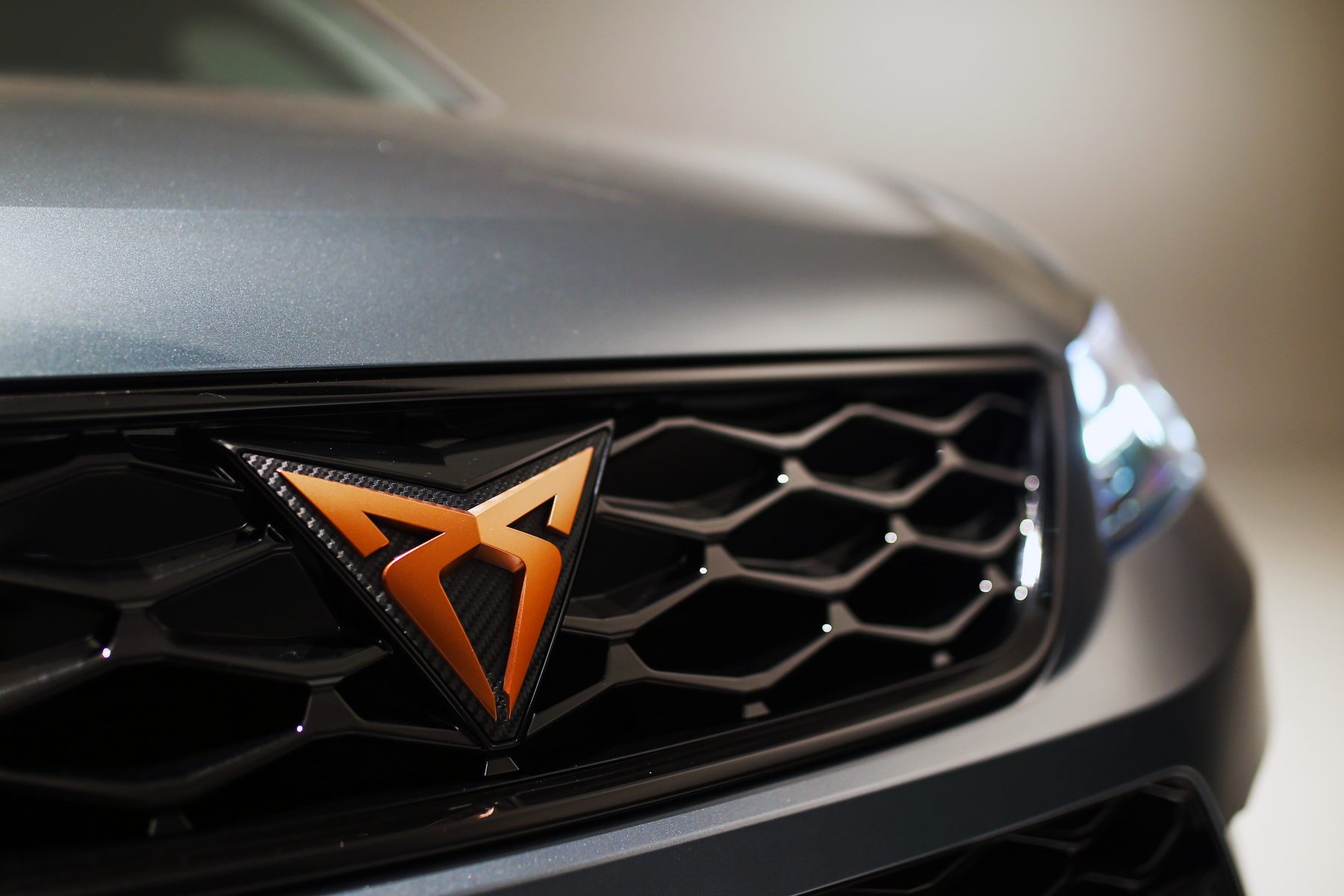 For many years, the Cupra nameplate was the home to Seat’s takes on the likes of the Volkswagen Golf GTI. The models from the Spanish brand were often lauded for their performance and sporting looked.
For many years, the Cupra nameplate was the home to Seat’s takes on the likes of the Volkswagen Golf GTI. The models from the Spanish brand were often lauded for their performance and sporting looked.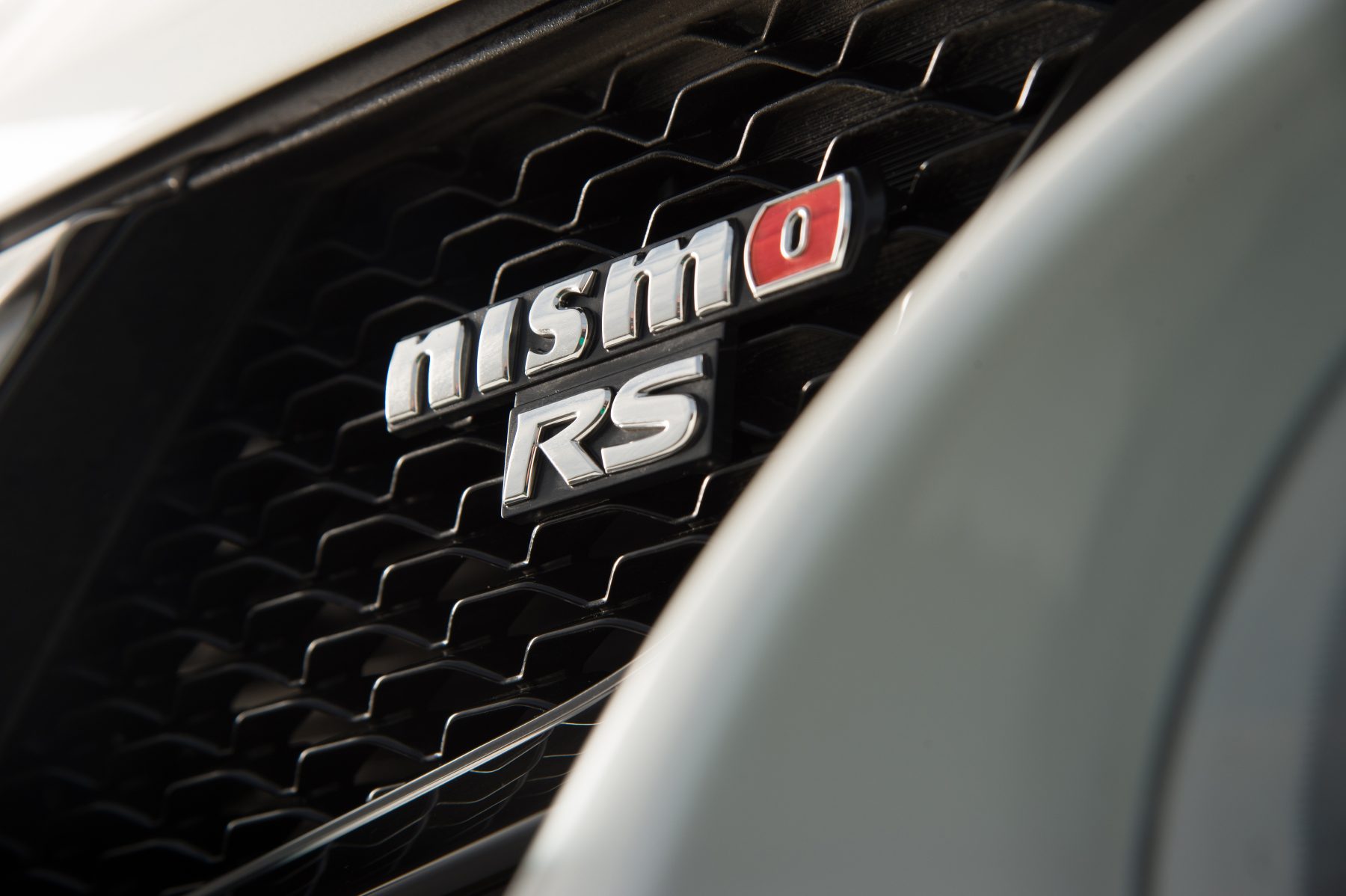 Founded in 1984, the abbreviation of Nissan Motorsport has gone on to become one of the most famous performance and tuning brands on earth.
Founded in 1984, the abbreviation of Nissan Motorsport has gone on to become one of the most famous performance and tuning brands on earth.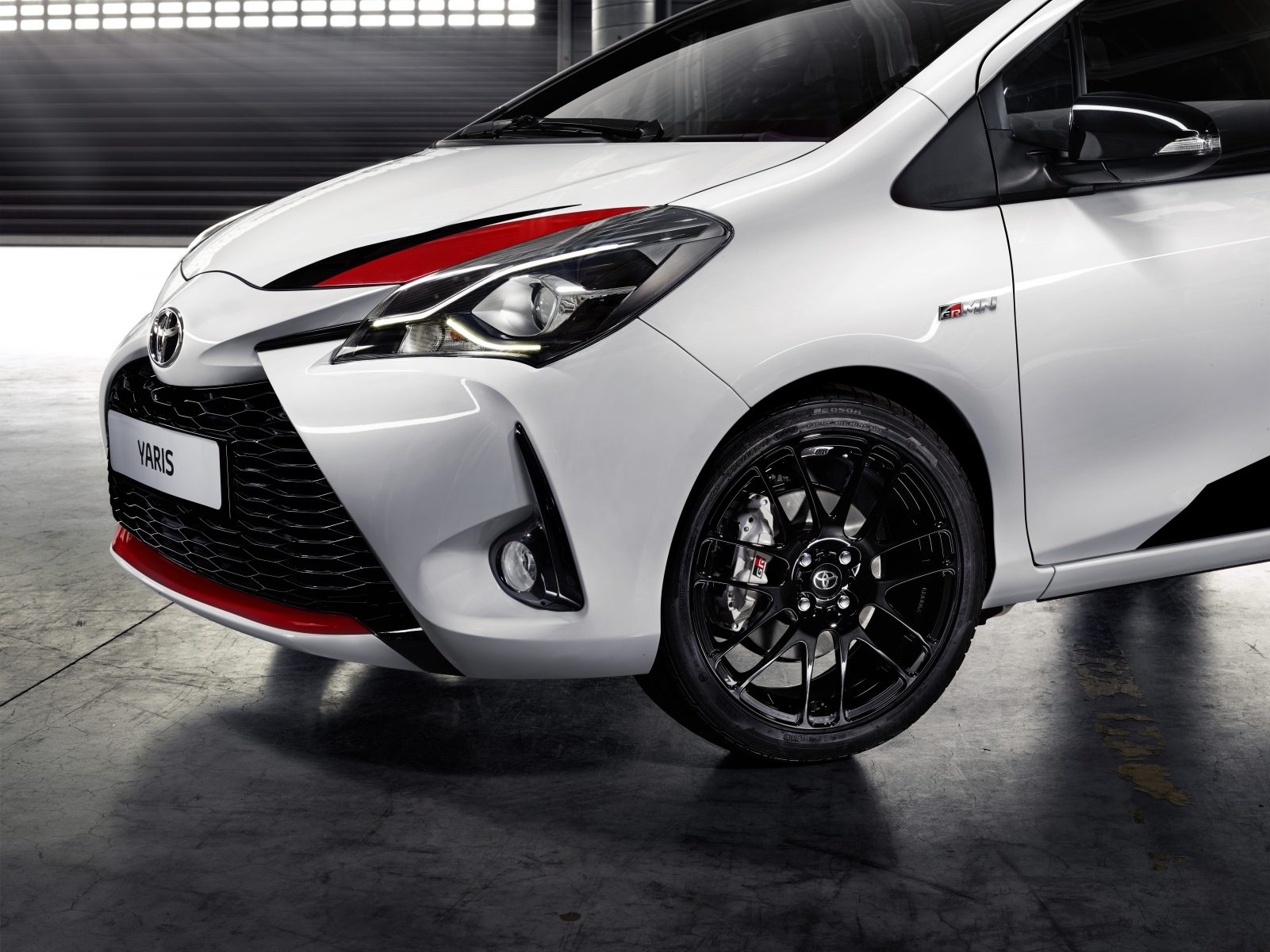 While Toyota’s history of performance brands is rich – see examples such as TOM’s and TRD for evidence of that – but today a new ‘face’ of performance reigns supreme at the Japanese firm.
While Toyota’s history of performance brands is rich – see examples such as TOM’s and TRD for evidence of that – but today a new ‘face’ of performance reigns supreme at the Japanese firm.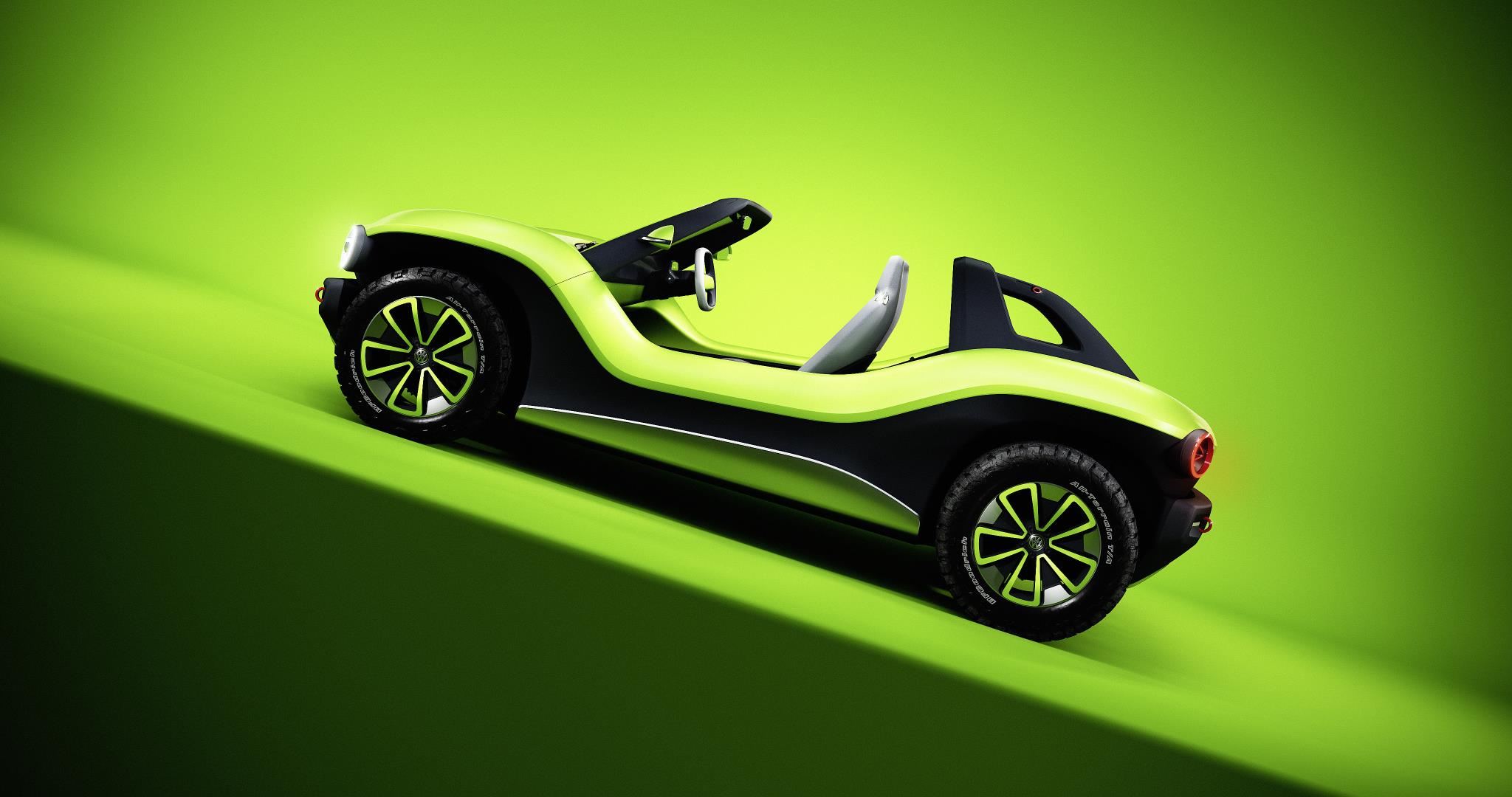
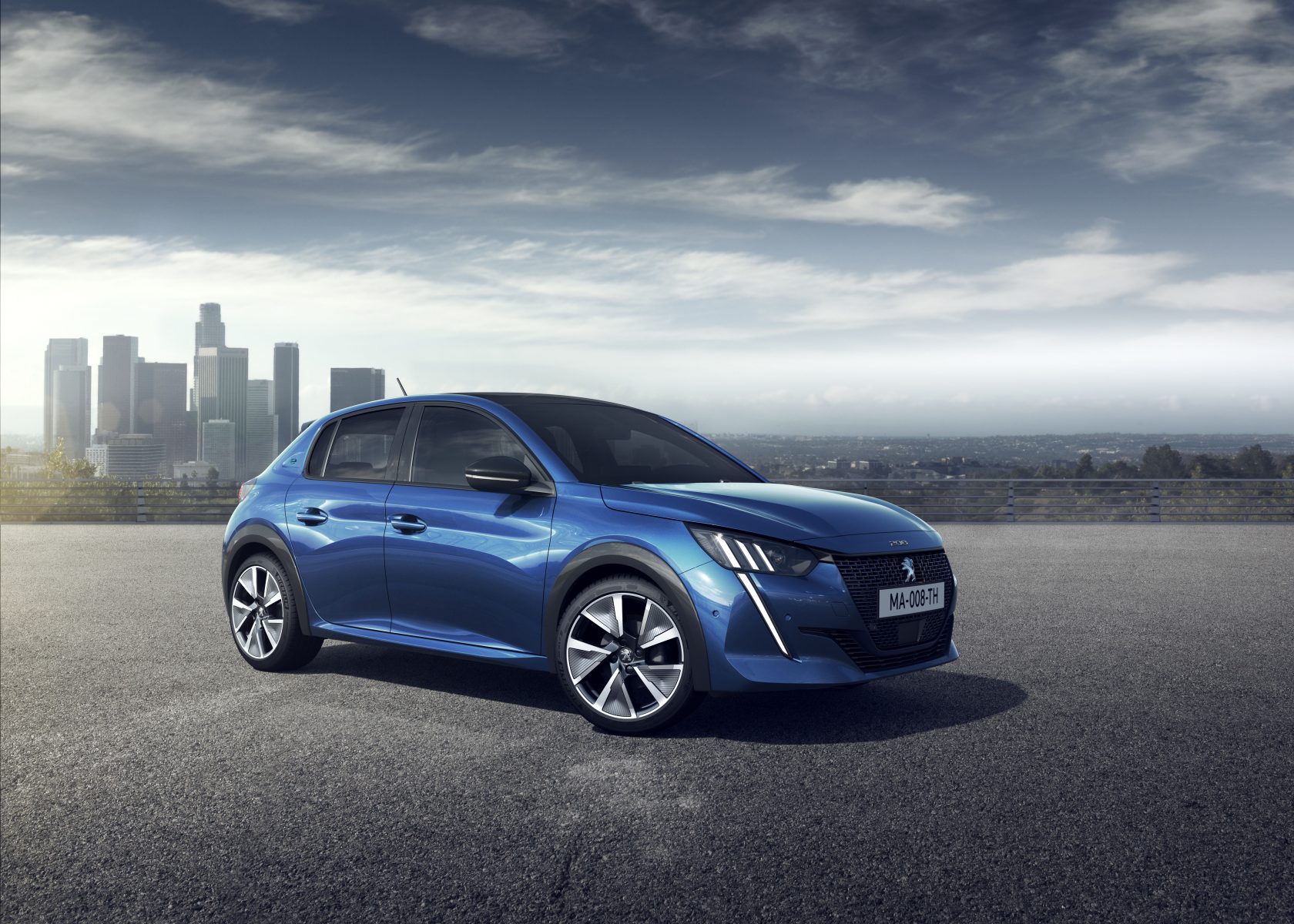 Announced in tandem with the second-generation 208, this EV supermini is set to boast a 211-mile range and 134bhp. The e-208 is the first in a series of all-electric Peugeot variants, and given it is to share PSA’s CMP platform with the upcoming Vauxhall Corsa, it provides a good idea of what the upcoming e-Corsa will be too.
Announced in tandem with the second-generation 208, this EV supermini is set to boast a 211-mile range and 134bhp. The e-208 is the first in a series of all-electric Peugeot variants, and given it is to share PSA’s CMP platform with the upcoming Vauxhall Corsa, it provides a good idea of what the upcoming e-Corsa will be too.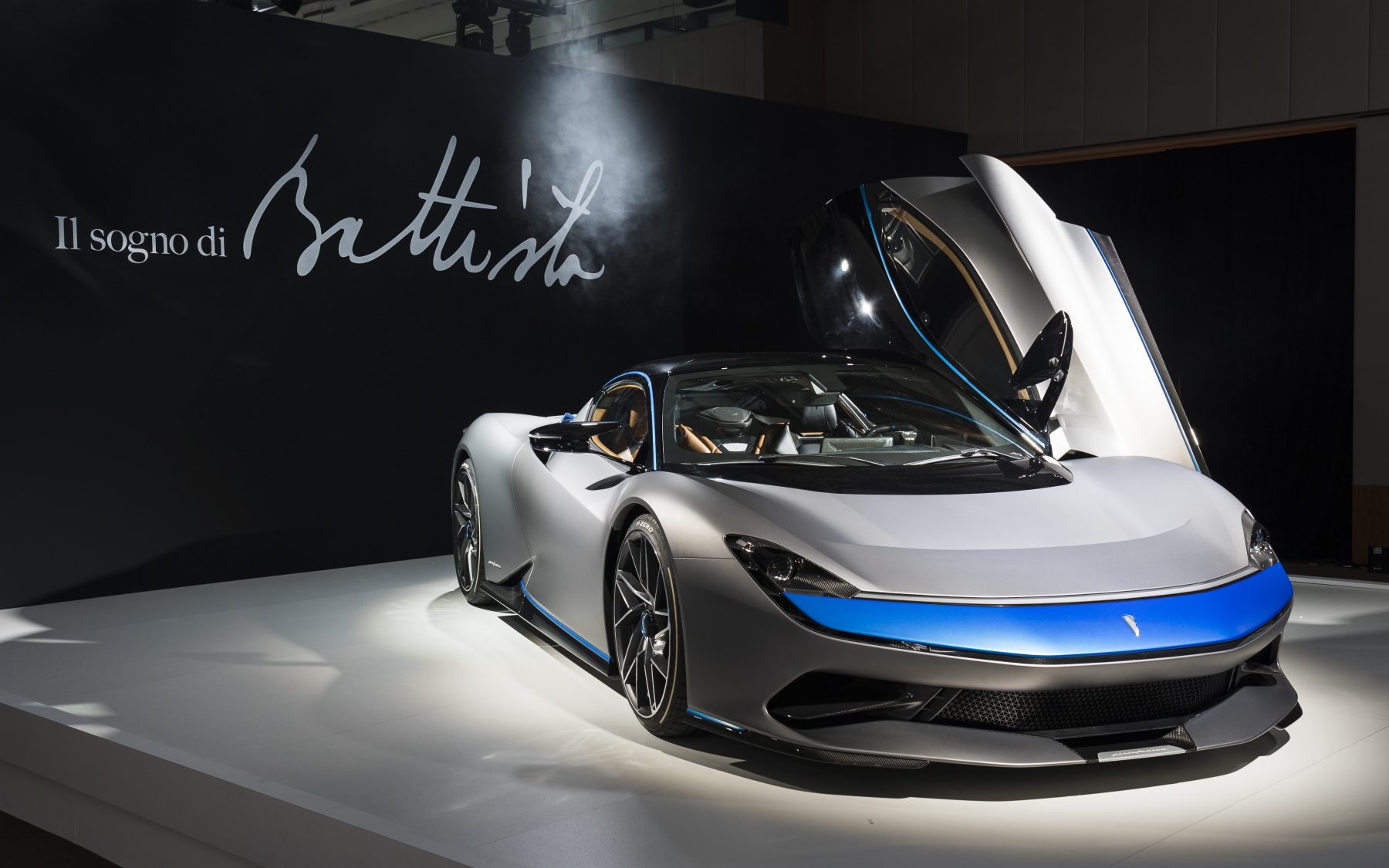 The famous Pininfarina design house is going into business for itself, and it seems intent on hitting the high notes early on in its solo career.
The famous Pininfarina design house is going into business for itself, and it seems intent on hitting the high notes early on in its solo career.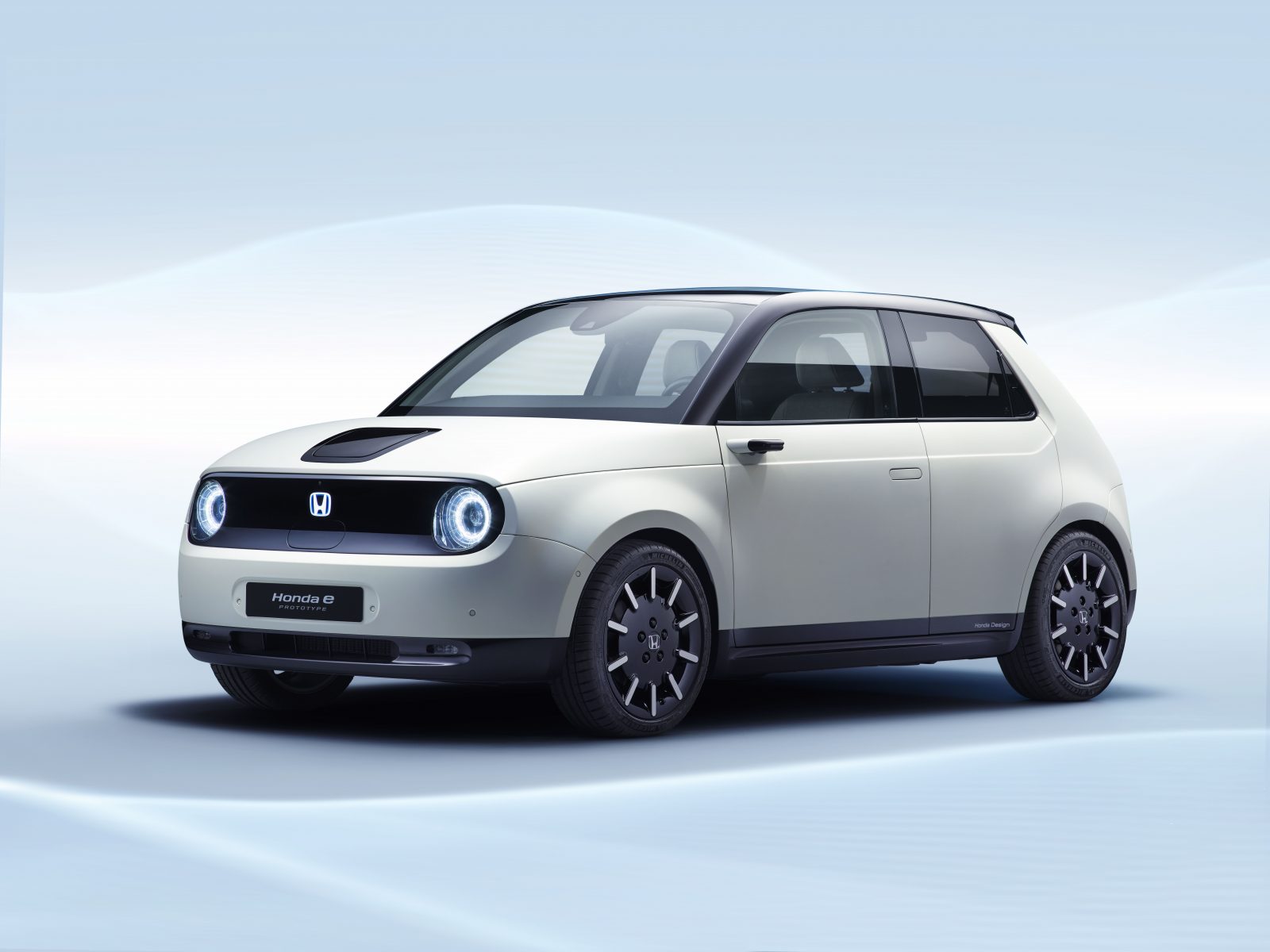 If you want to endear your electric car to the masses, sprinkling some retro styling on it seems to be a good strategy.
If you want to endear your electric car to the masses, sprinkling some retro styling on it seems to be a good strategy.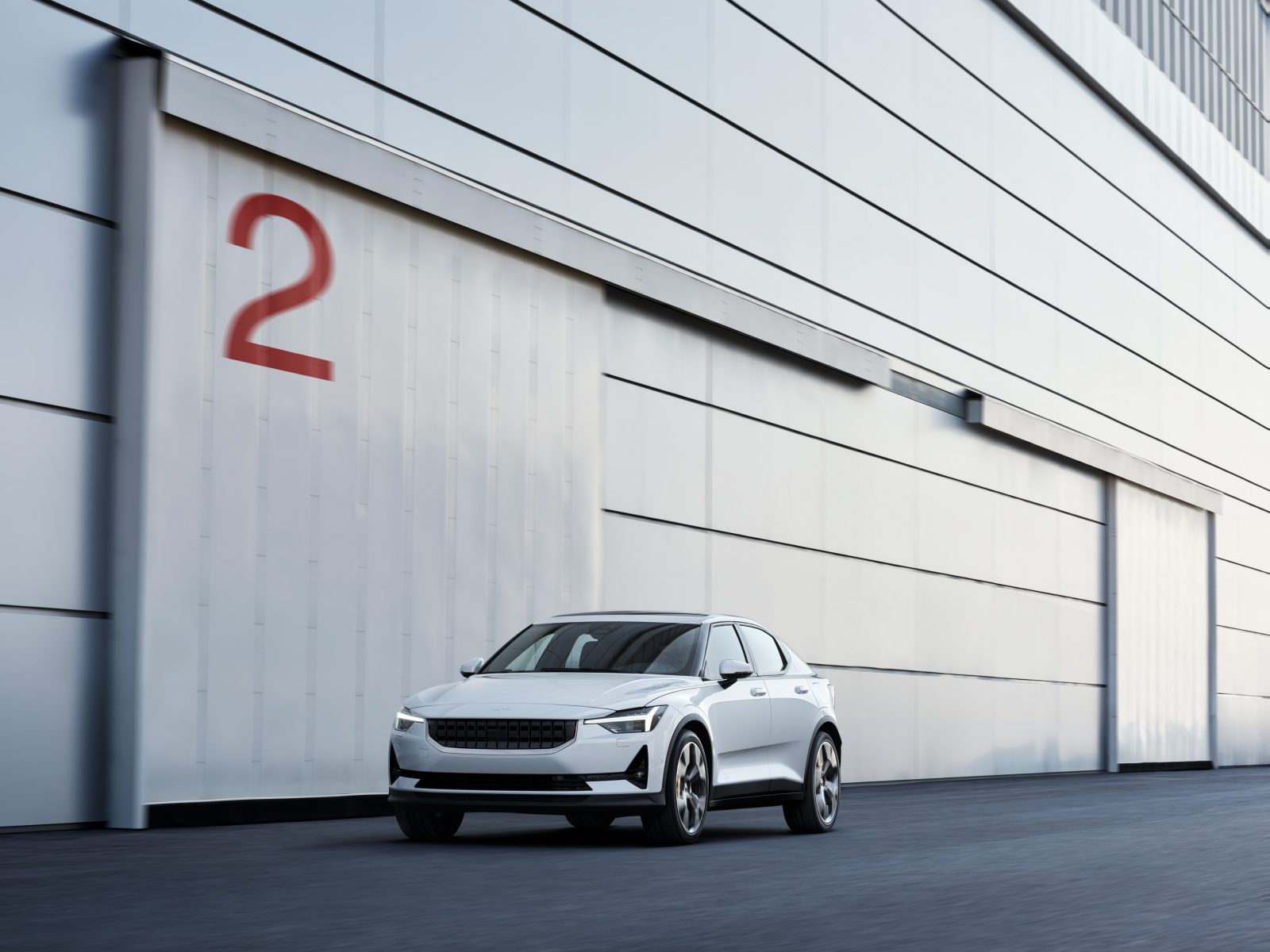 Volvo’s performance-turned-electric subsidiary has revealed its second standalone car, which looks to merge the selling points of saloon, sports and SUV. Aiming to the line of performance and sustainability, Polestar has even gone to the effort of making interior materials vegan-friendly.
Volvo’s performance-turned-electric subsidiary has revealed its second standalone car, which looks to merge the selling points of saloon, sports and SUV. Aiming to the line of performance and sustainability, Polestar has even gone to the effort of making interior materials vegan-friendly.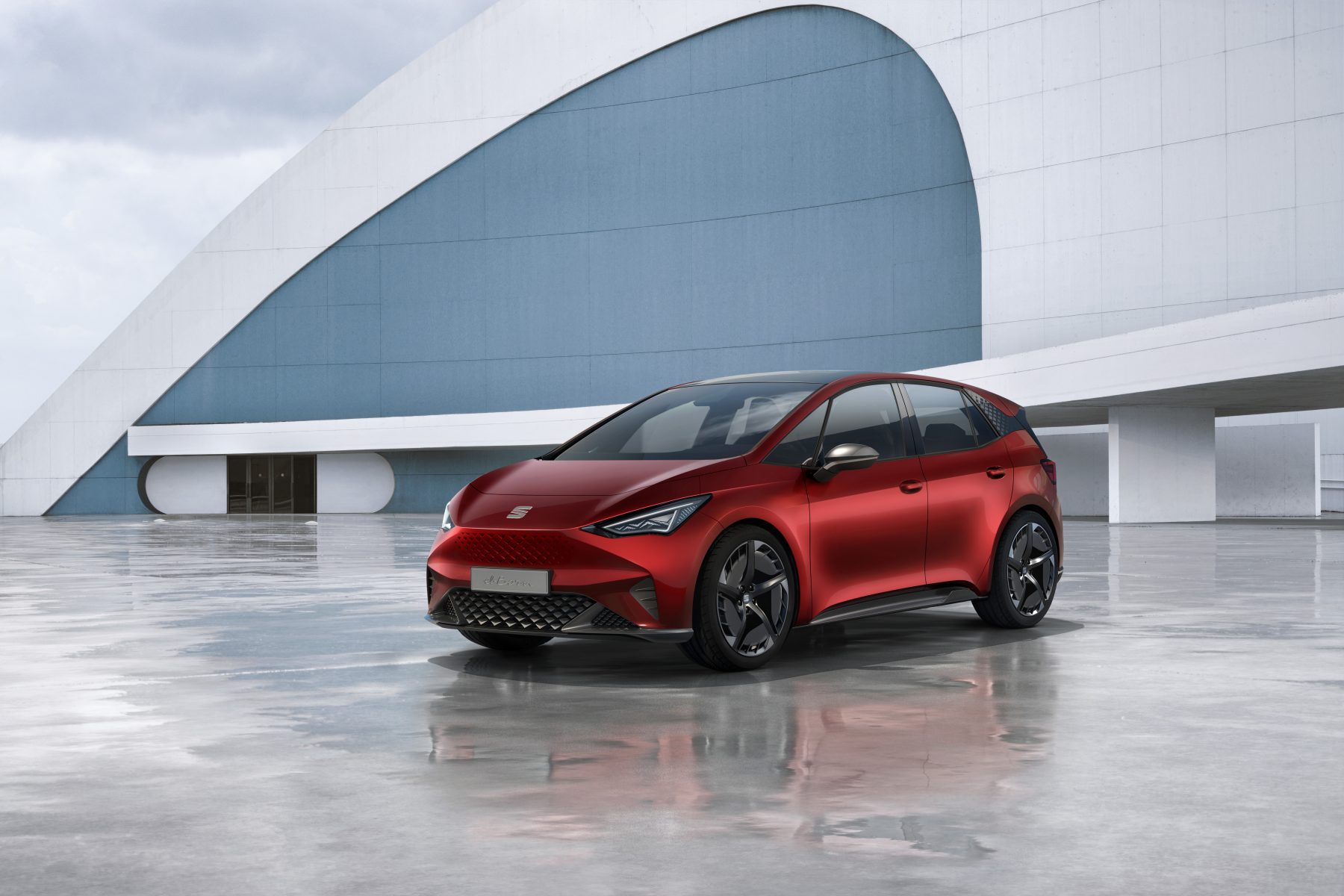 Set for a 2020 debut, the el-Born is Seat’s answer to its parent firm’s upcoming I.D. – with which it will share a platform. A 260-mile range is being touted for the el-Born, alongside a 202bhp power output and the ability to fast charge from flat to 80 per cent in 47 minutes.
Set for a 2020 debut, the el-Born is Seat’s answer to its parent firm’s upcoming I.D. – with which it will share a platform. A 260-mile range is being touted for the el-Born, alongside a 202bhp power output and the ability to fast charge from flat to 80 per cent in 47 minutes.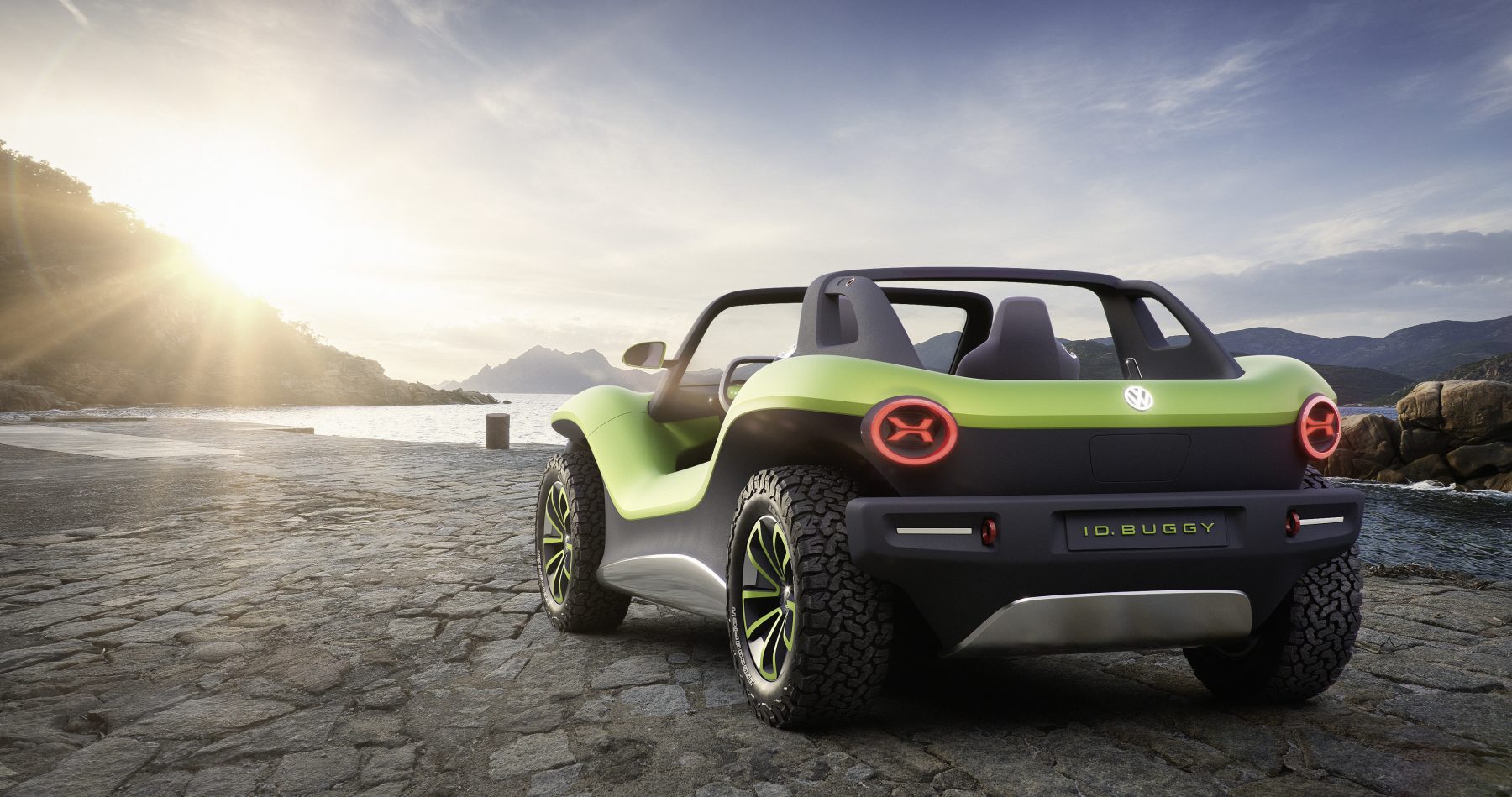 Certainly, few electric cars are going to be as fun as this.
Certainly, few electric cars are going to be as fun as this.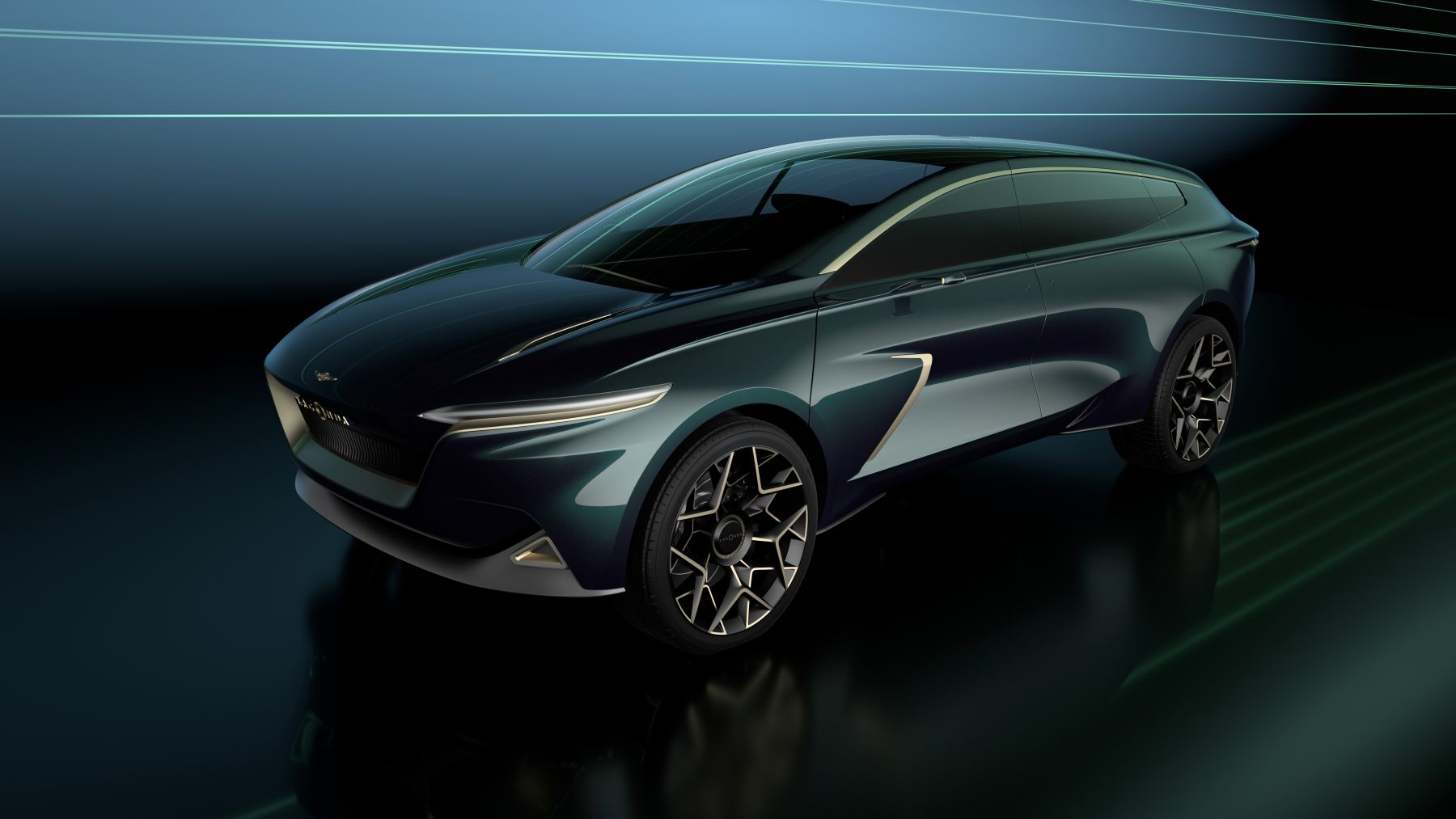 The revival of Lagonda as an electric off-shoot of Aston Martin looks to be gaining steam.
The revival of Lagonda as an electric off-shoot of Aston Martin looks to be gaining steam.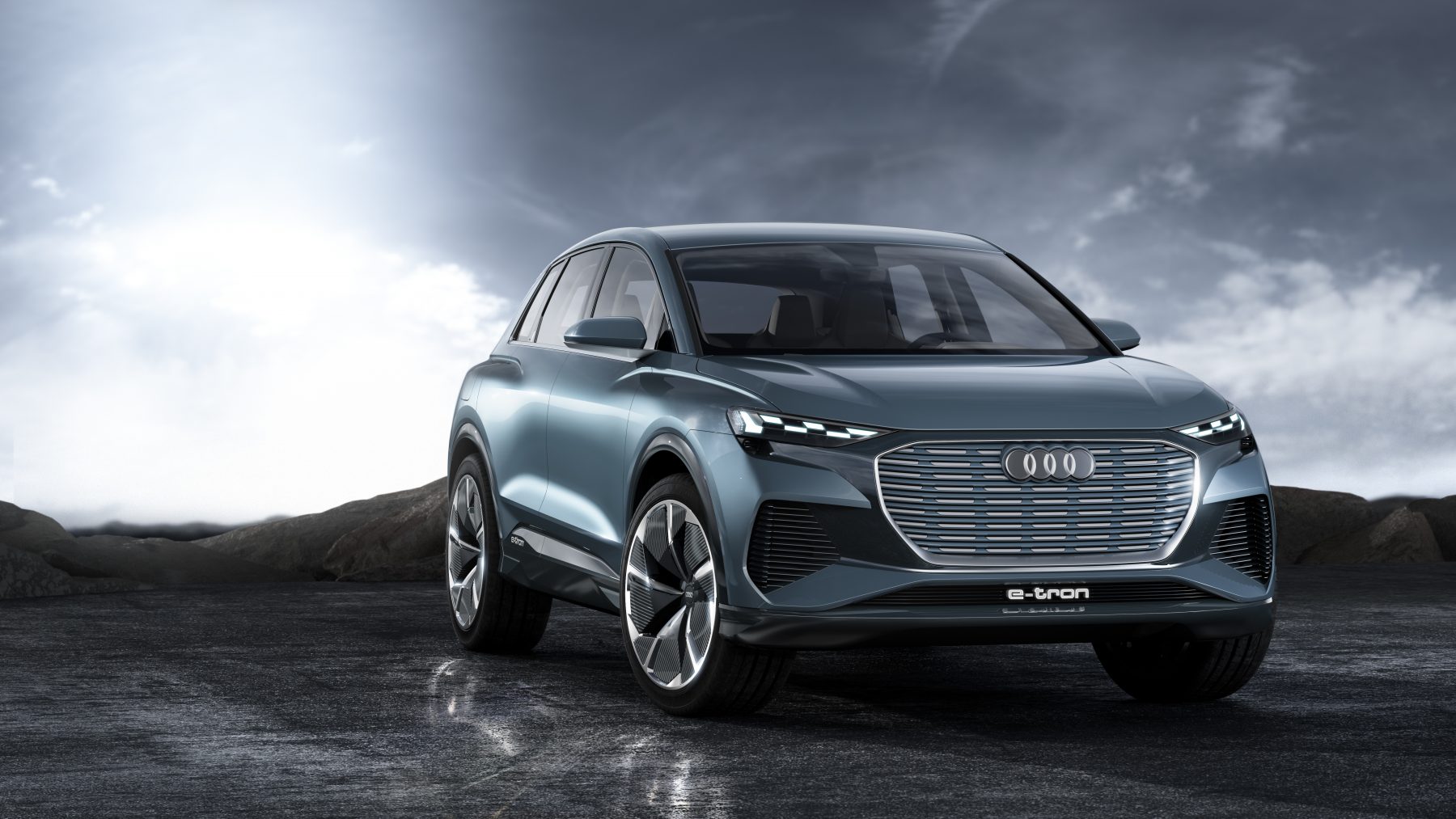 Following on from the Q7-sized offering that was Audi’s first electric car – simply dubbed ‘e-tron’ – the Q4 e-tron concept has now been revealed.
Following on from the Q7-sized offering that was Audi’s first electric car – simply dubbed ‘e-tron’ – the Q4 e-tron concept has now been revealed.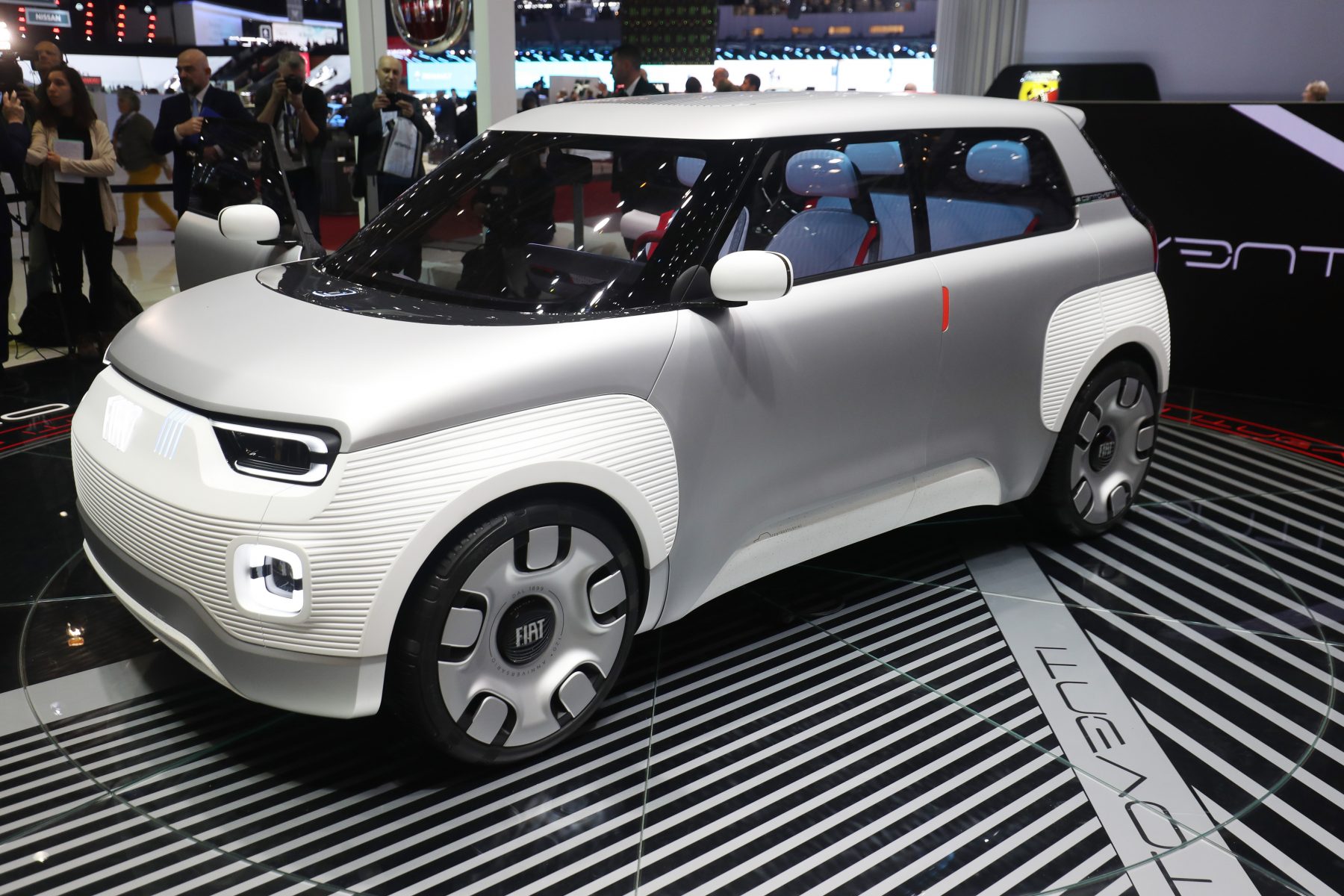 Another retro-styled supermini was the Fiat Centoventi, a car echoing past generations of the Panda from a styling perspective, and doing so with good reason.
Another retro-styled supermini was the Fiat Centoventi, a car echoing past generations of the Panda from a styling perspective, and doing so with good reason.
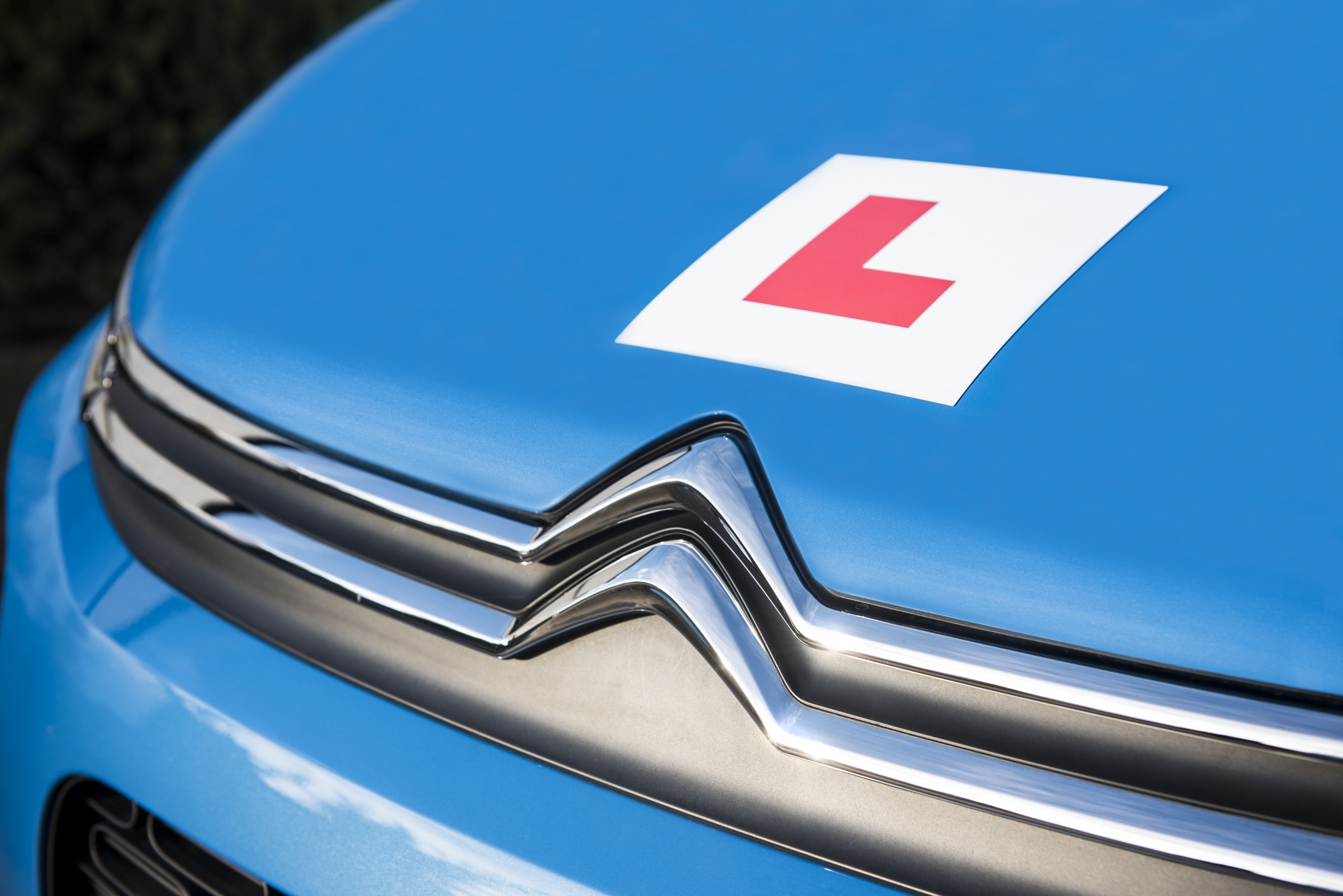

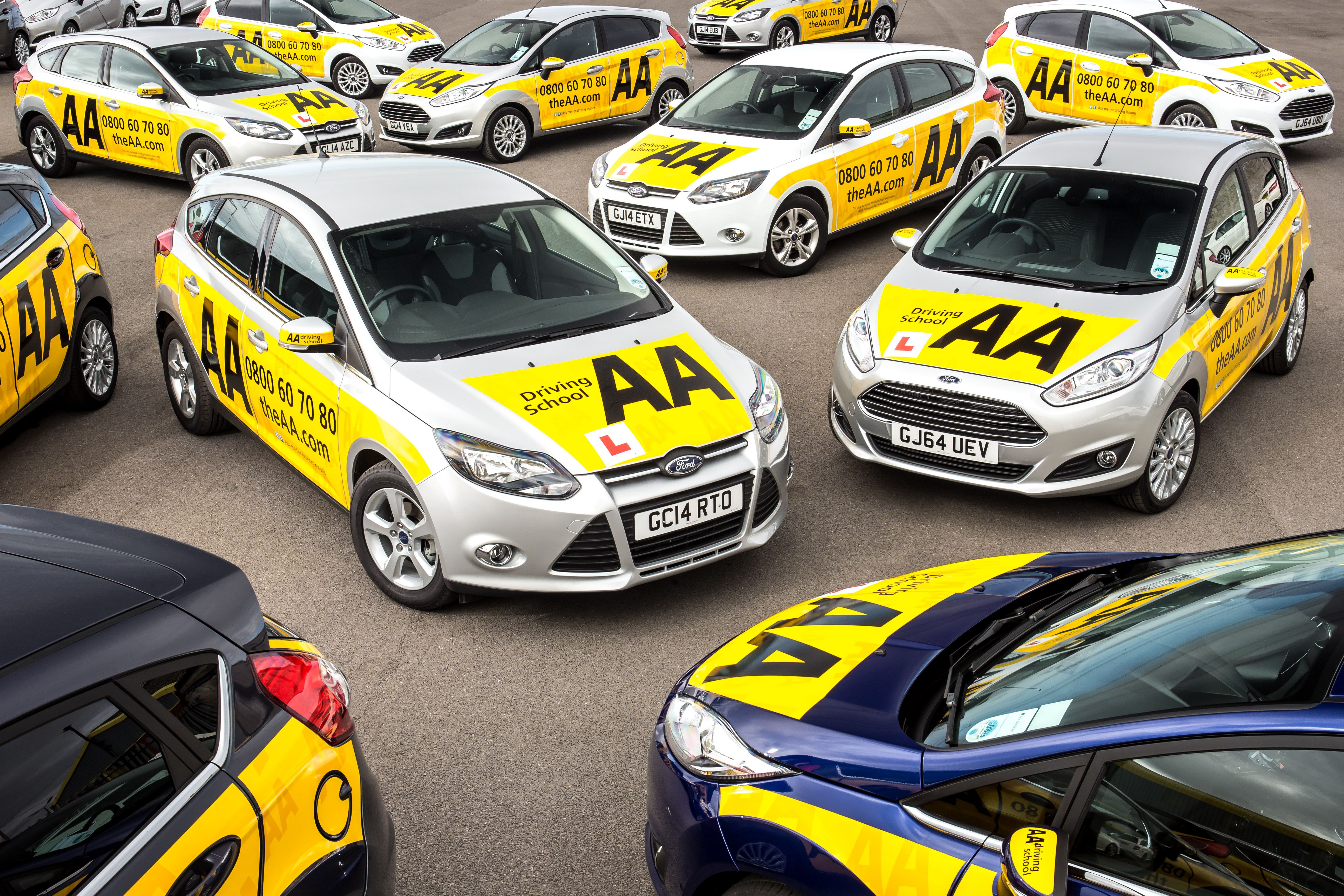
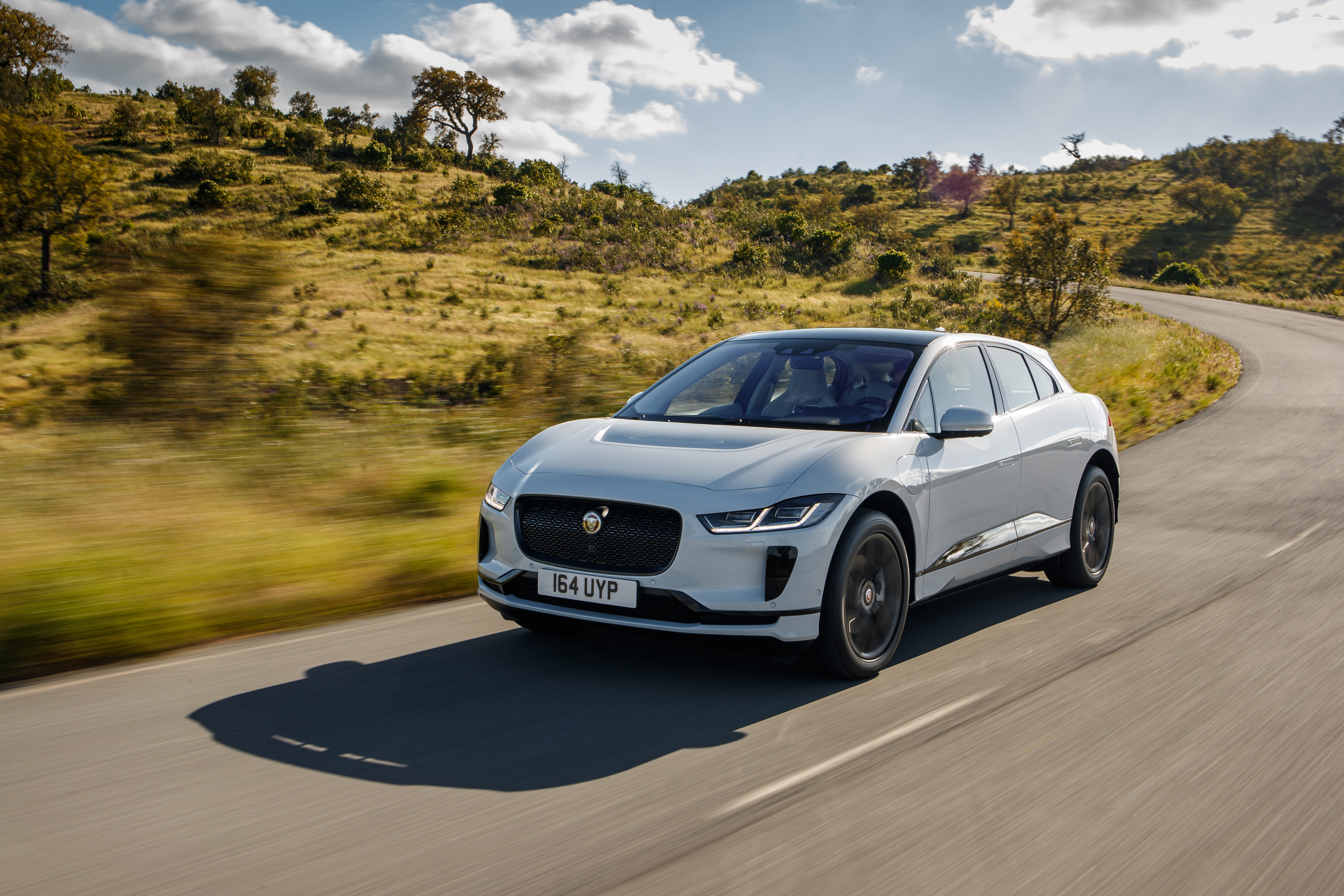
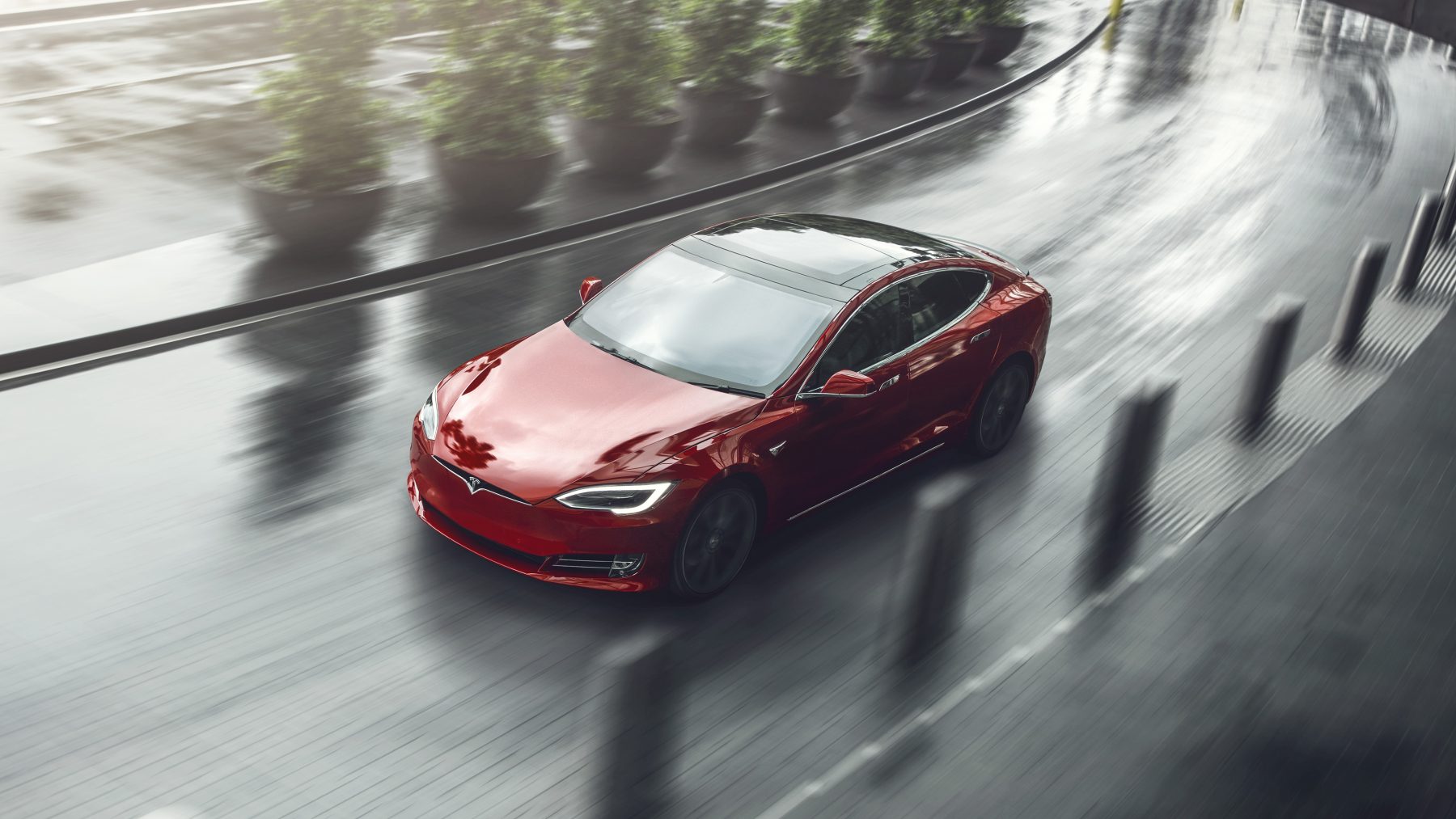
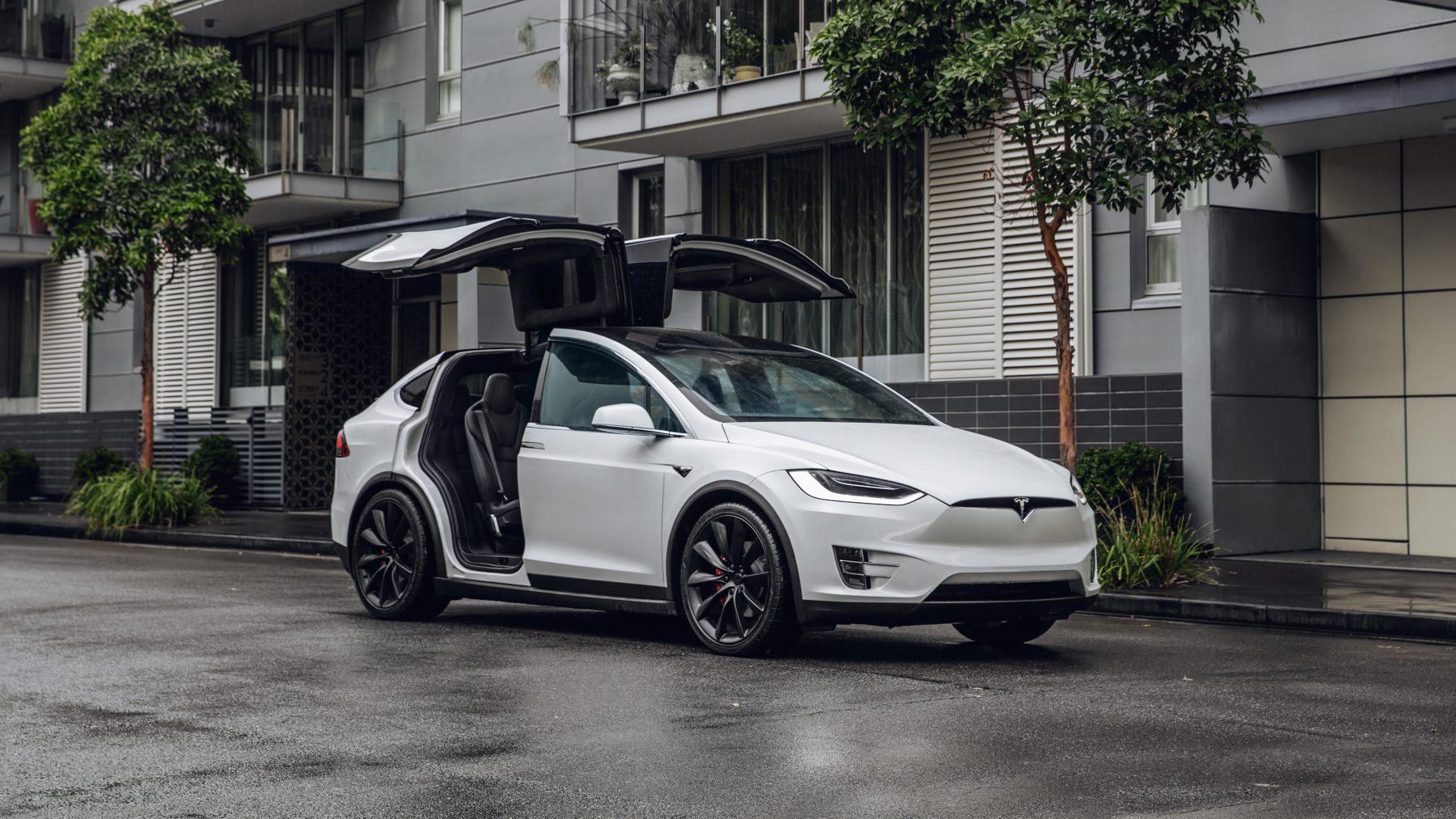
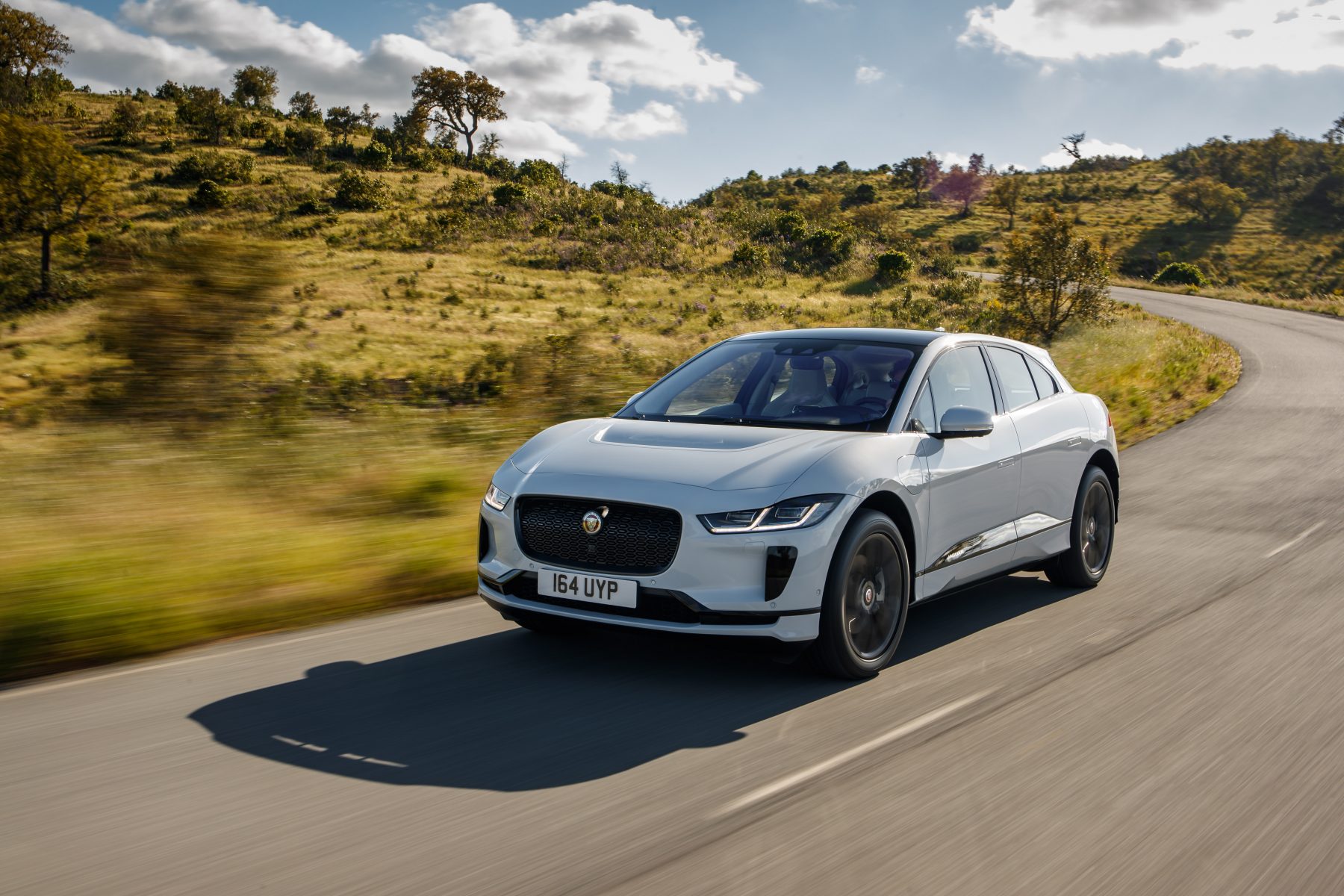
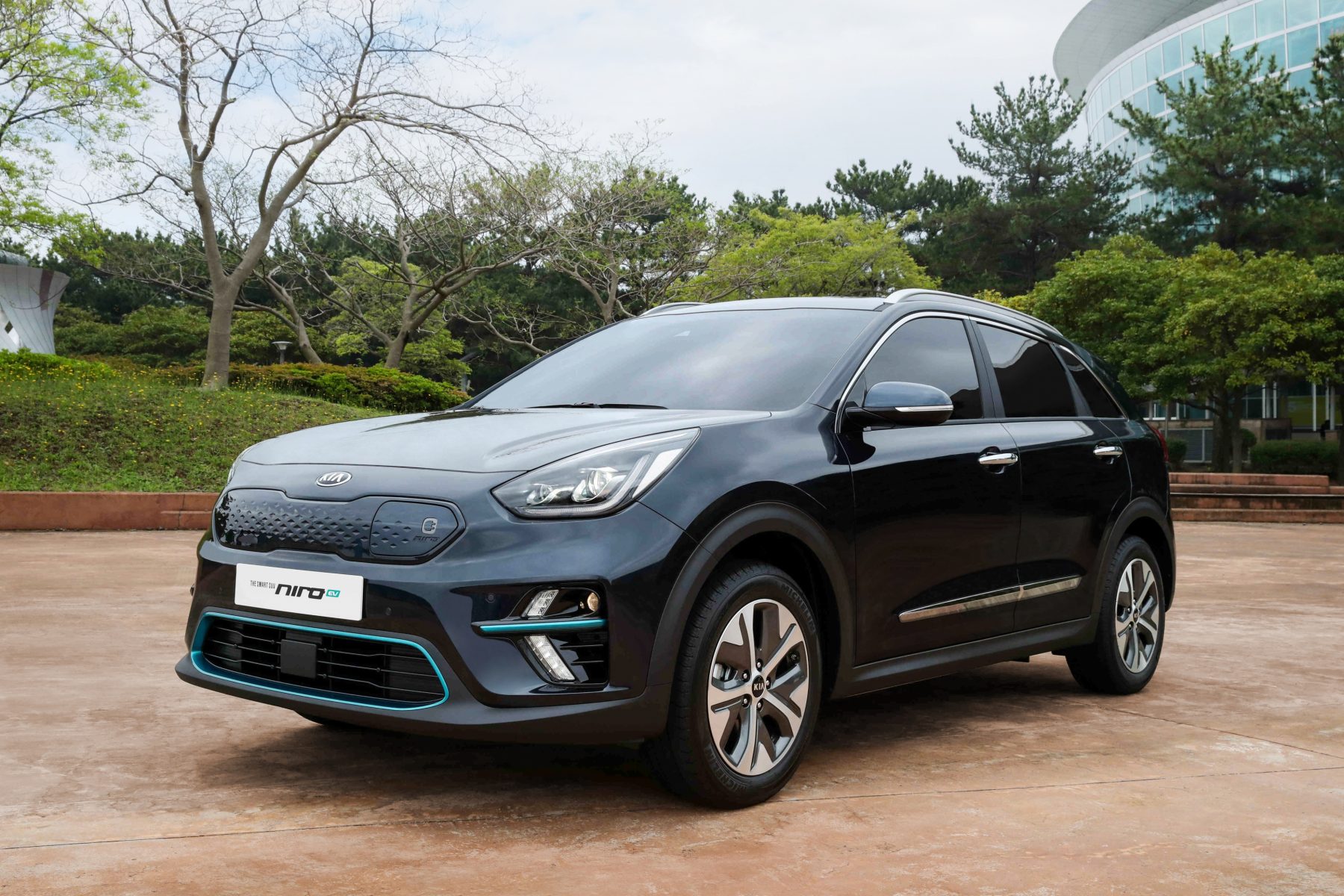
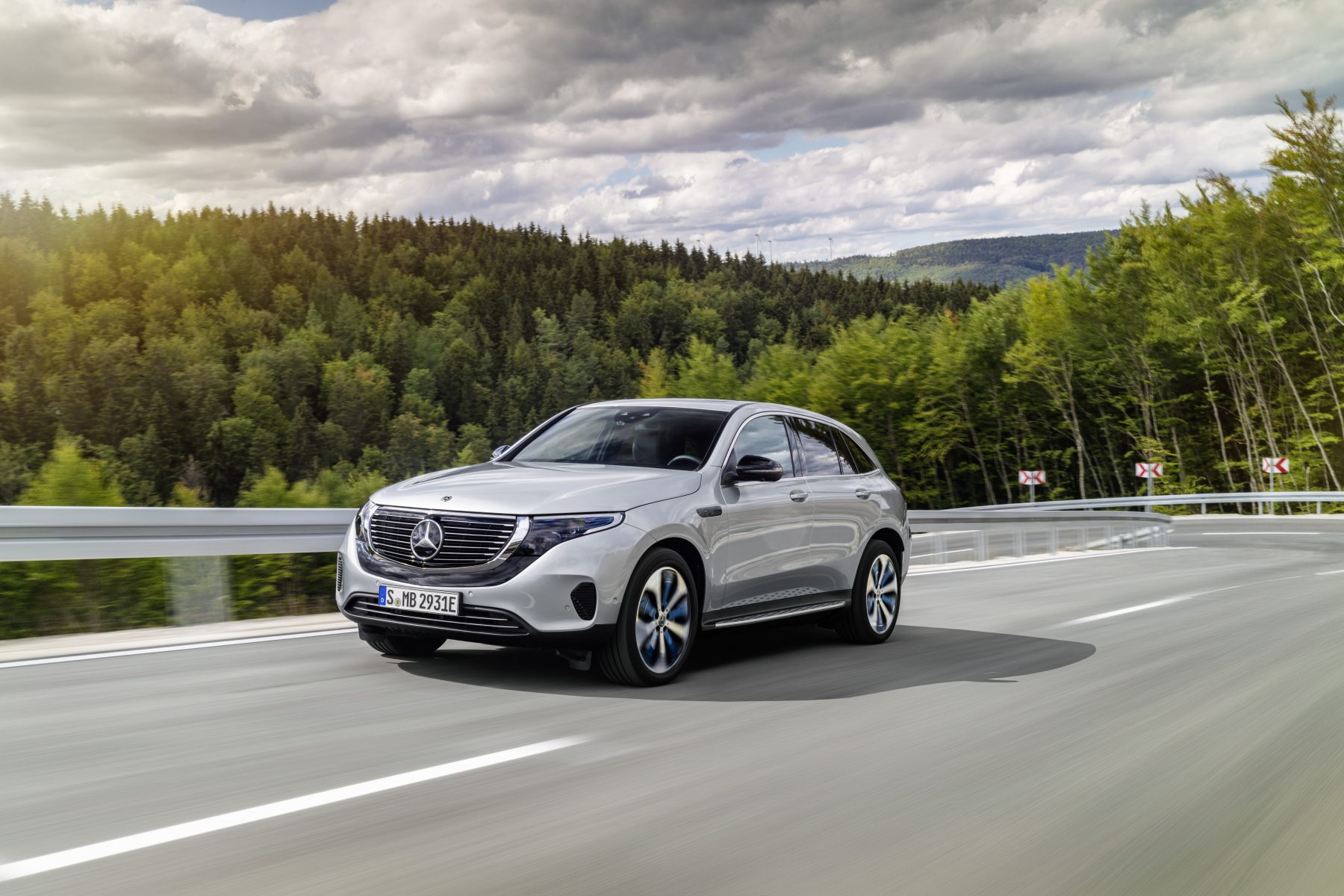
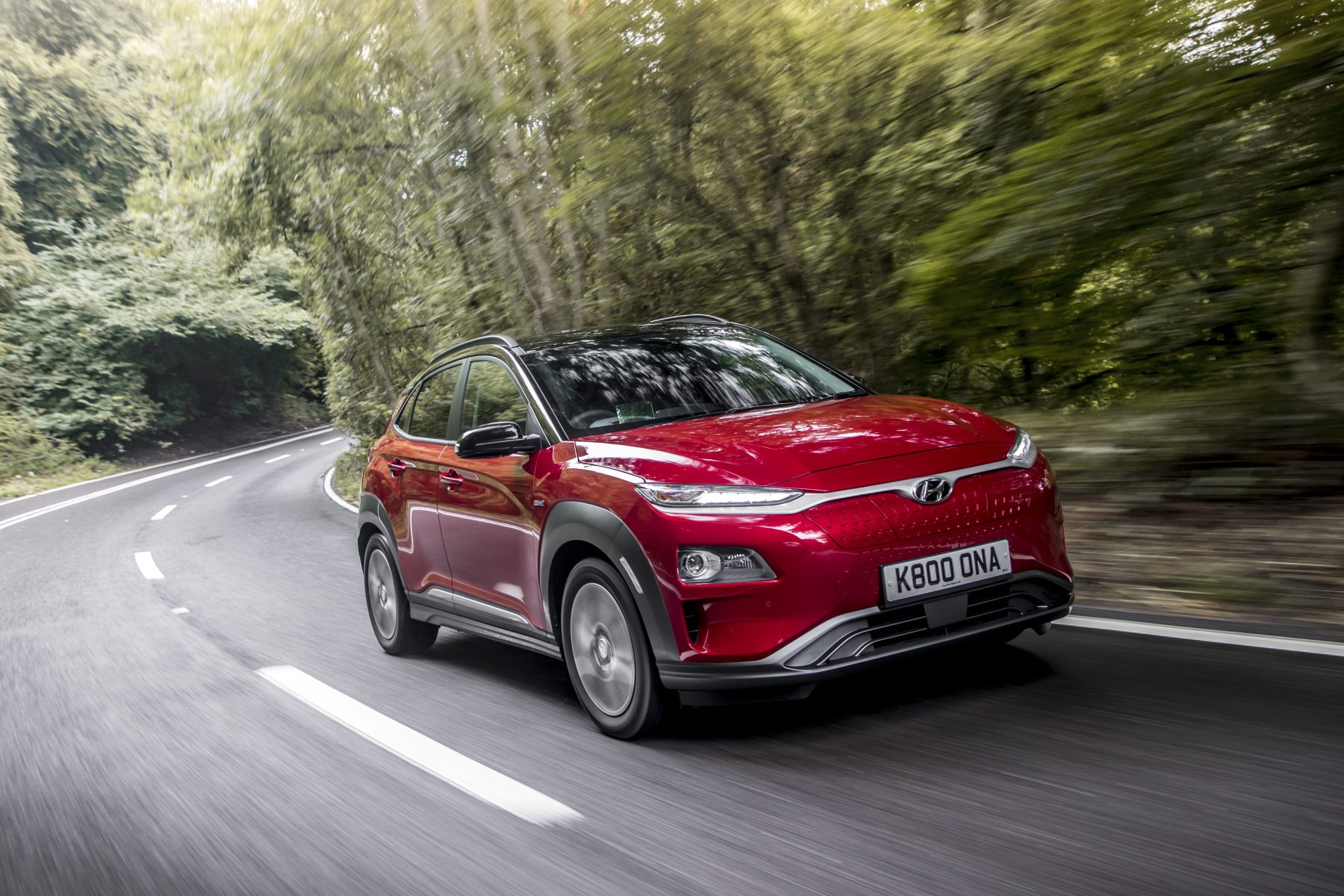
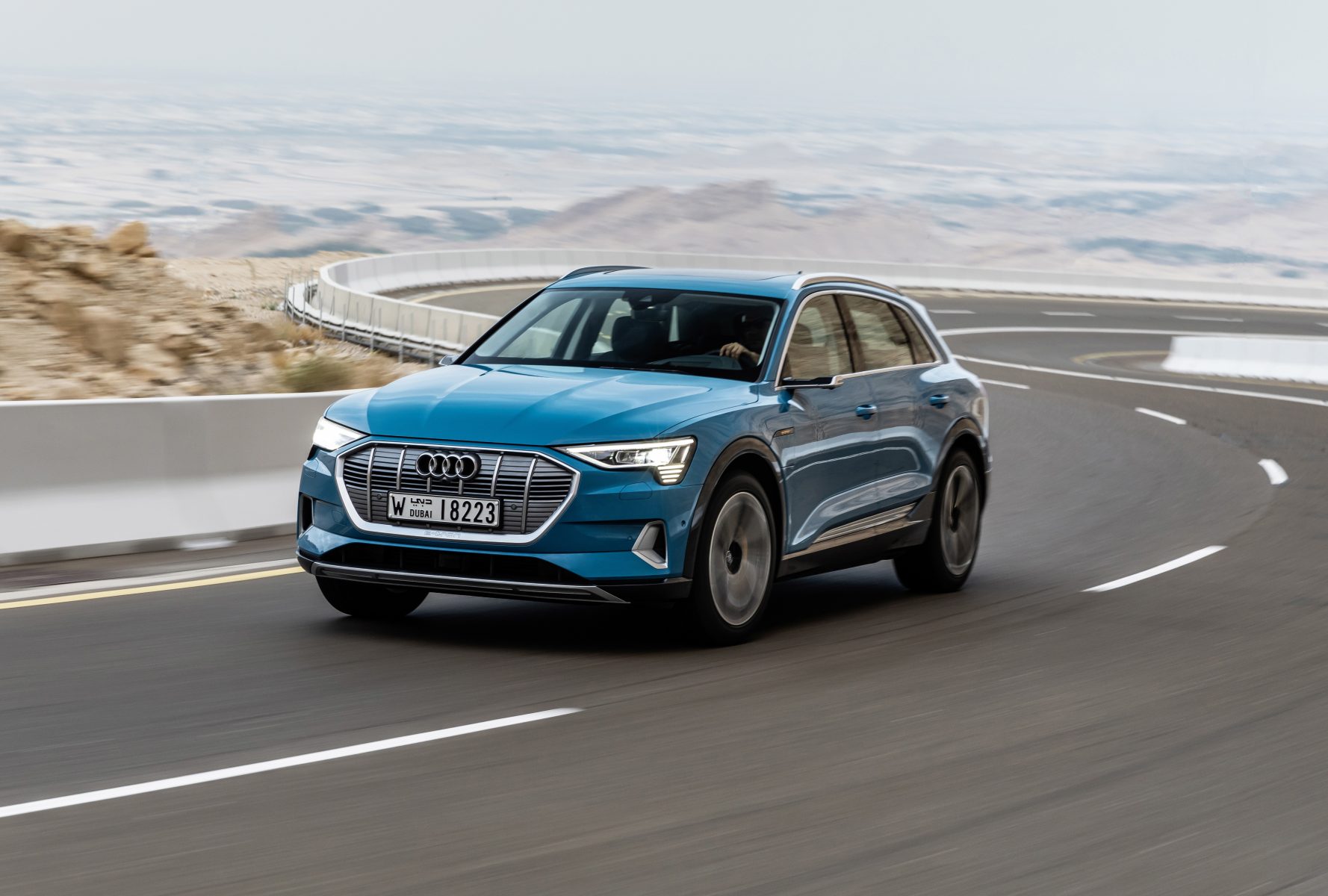
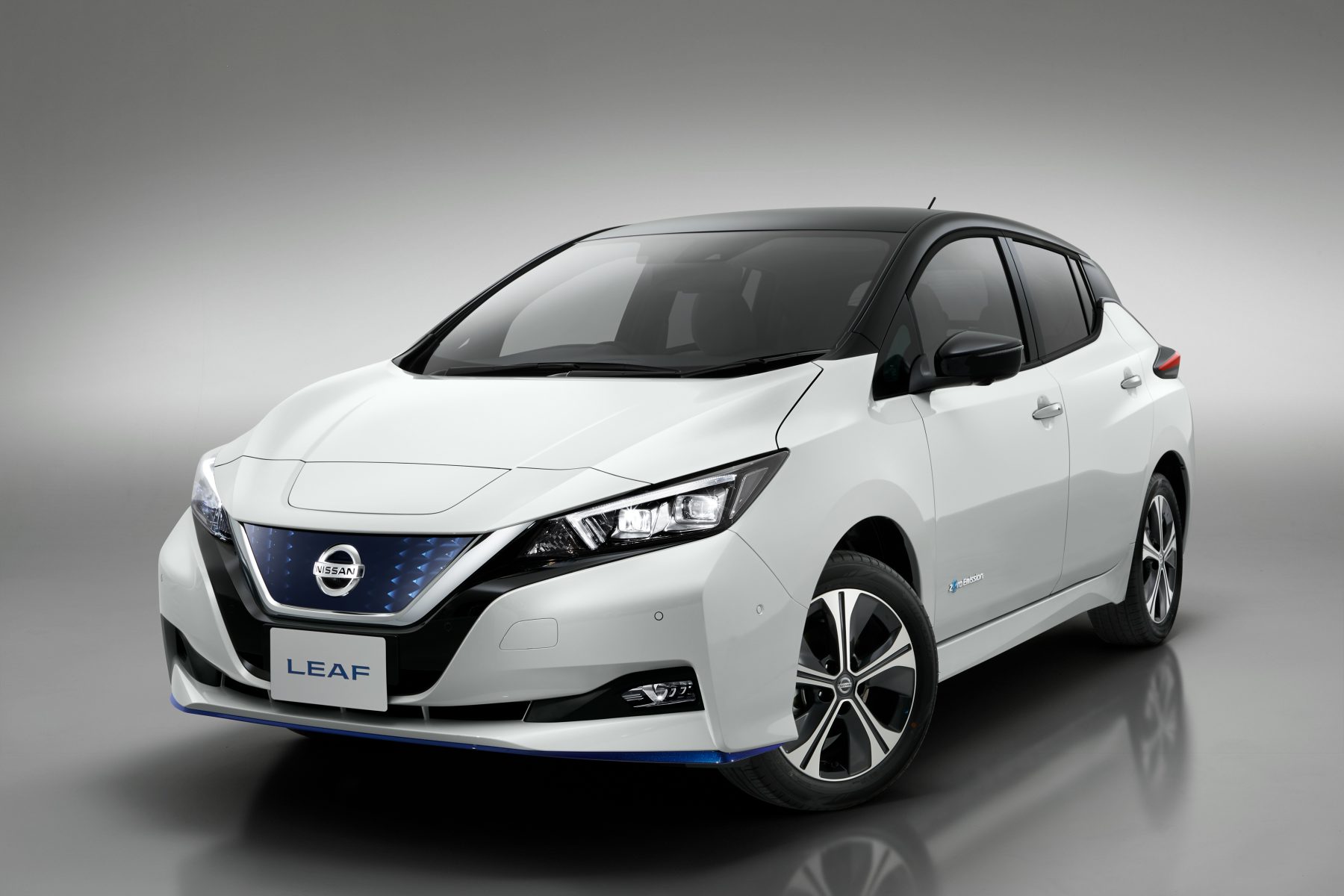
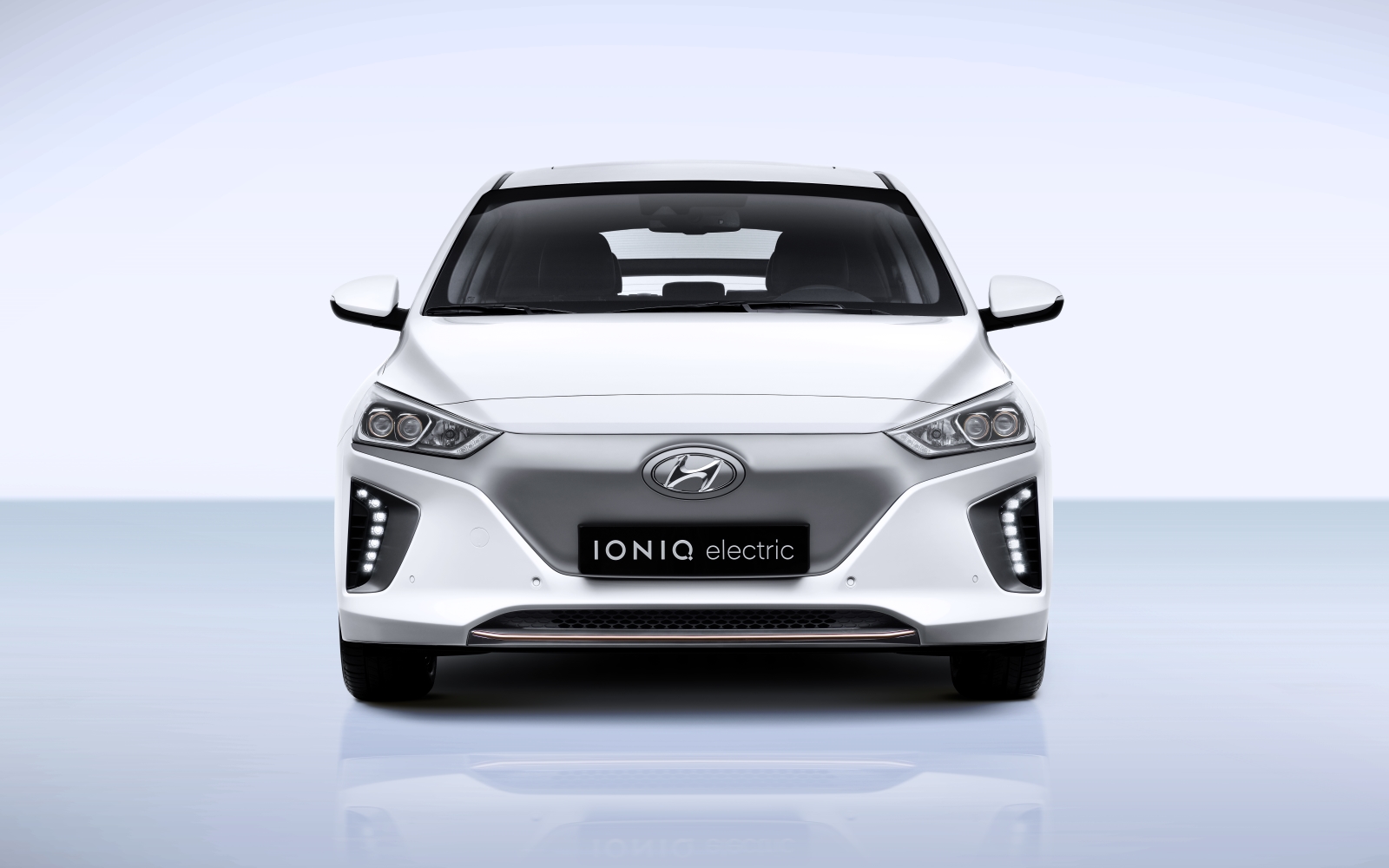
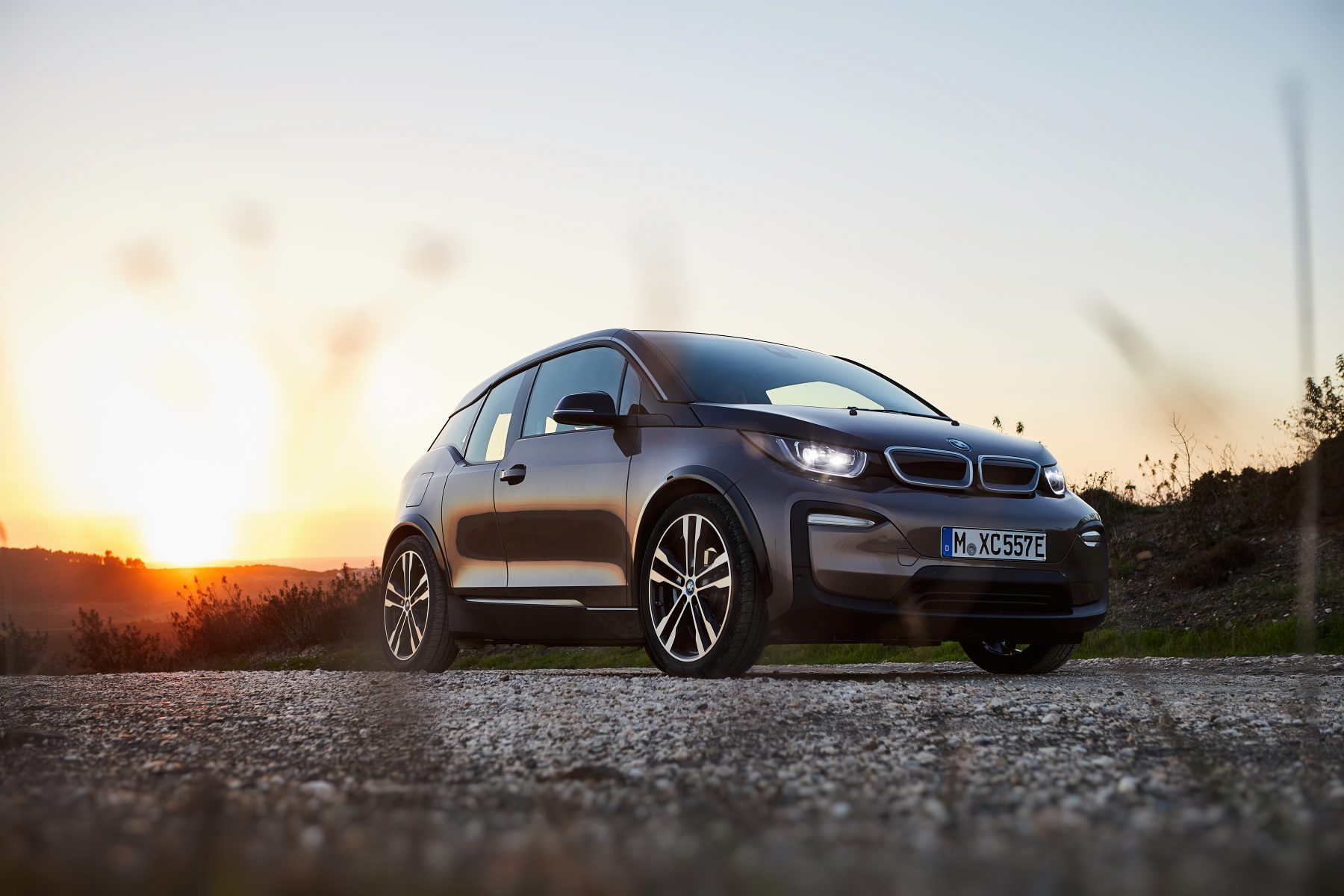
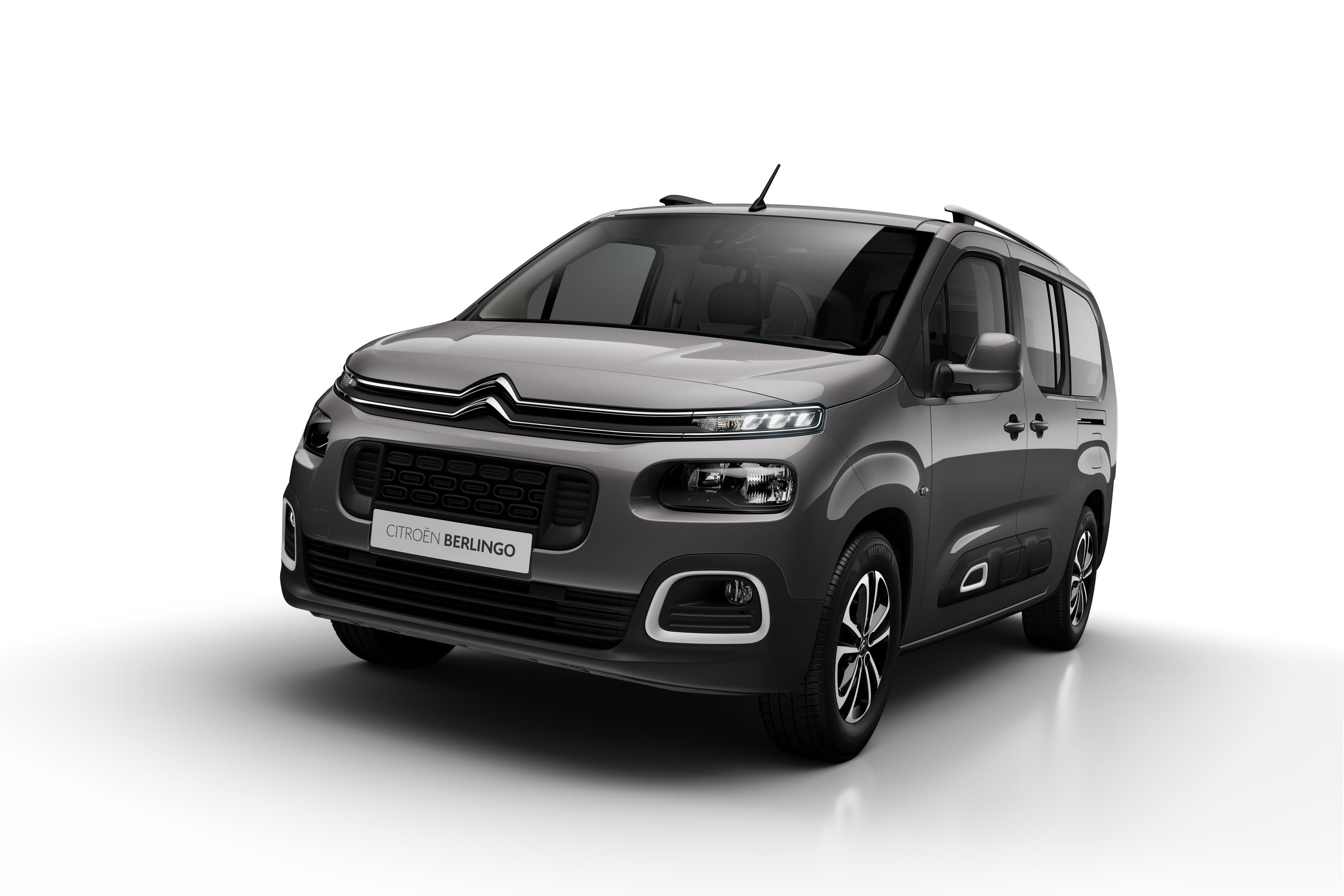
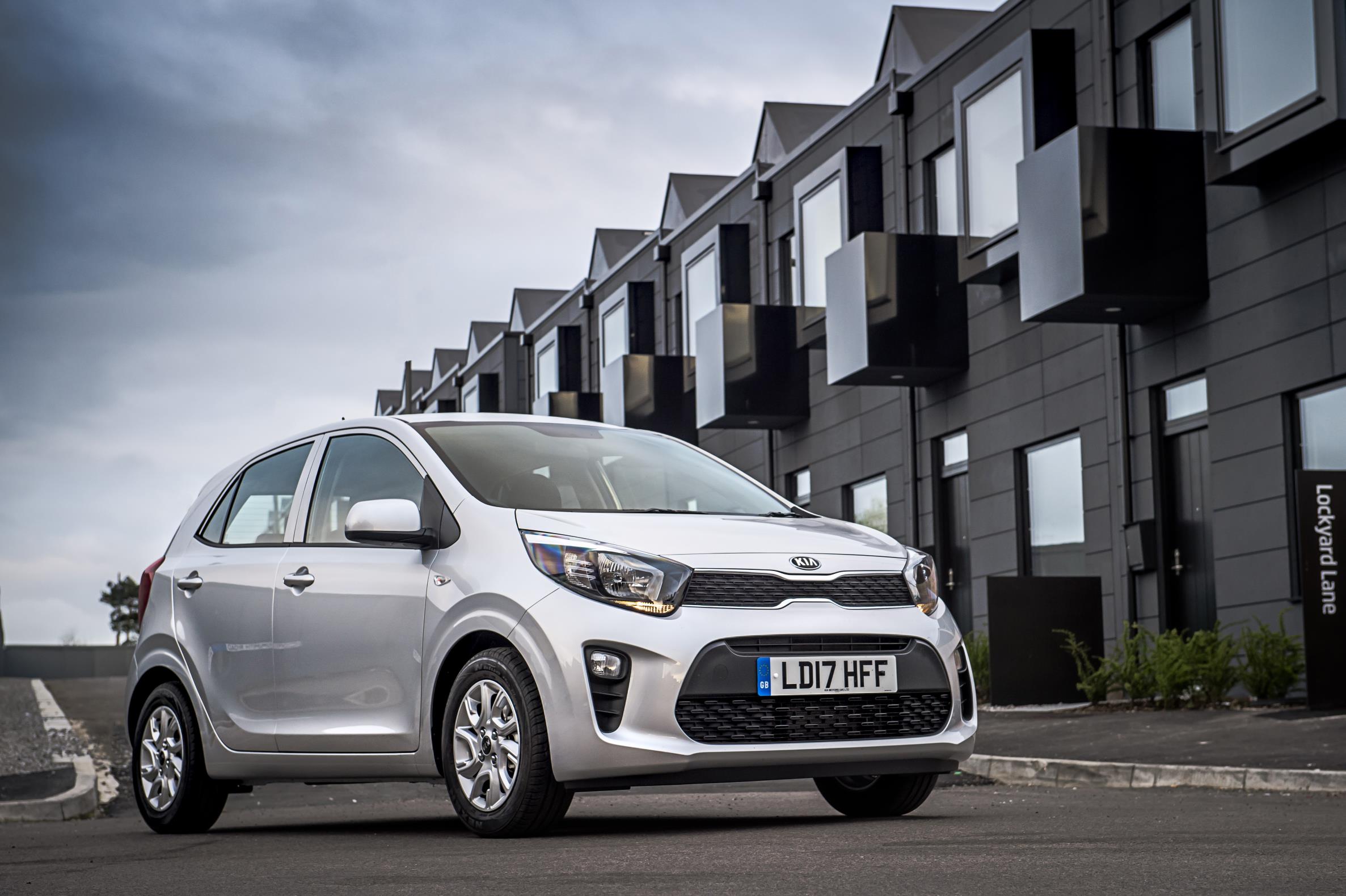
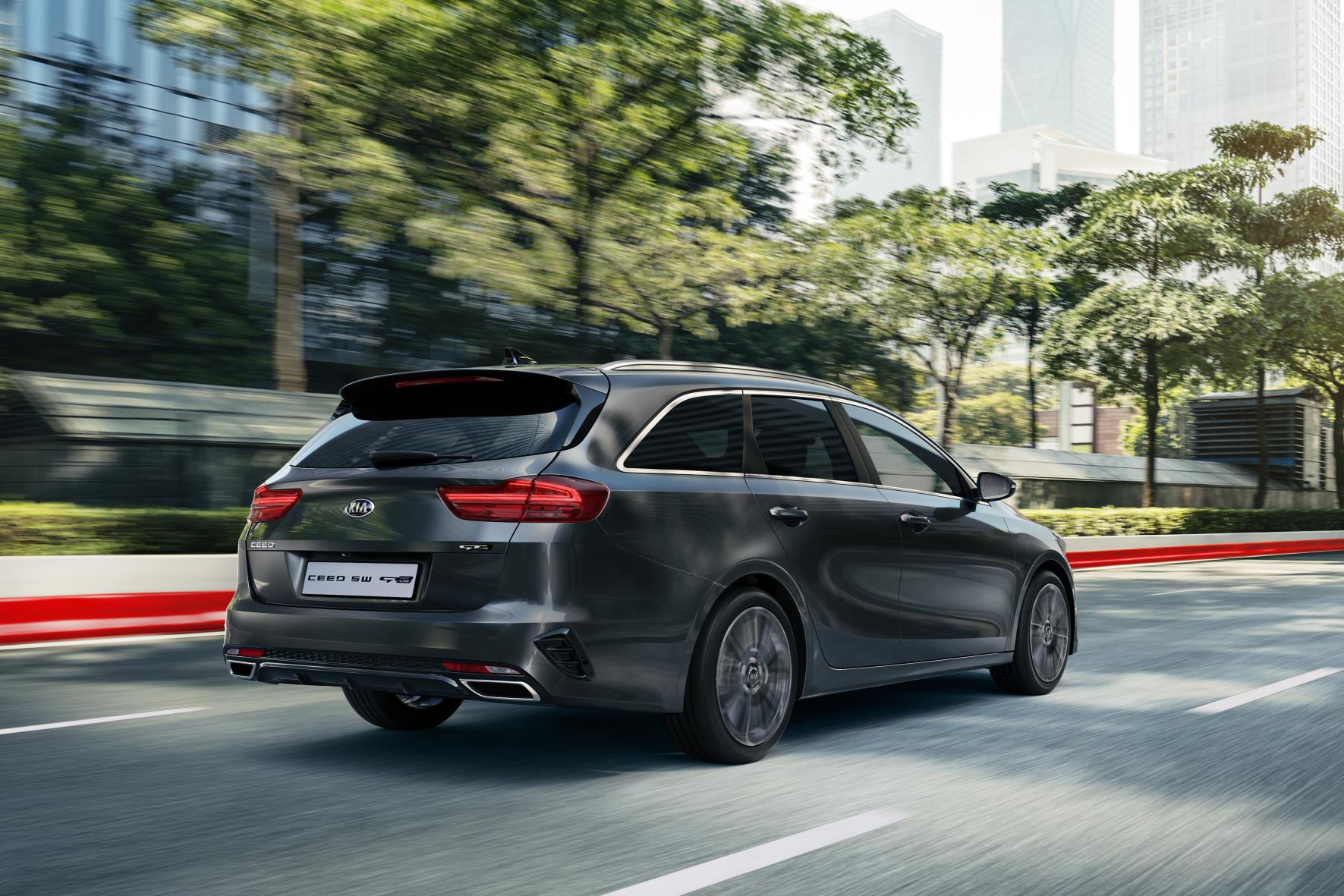
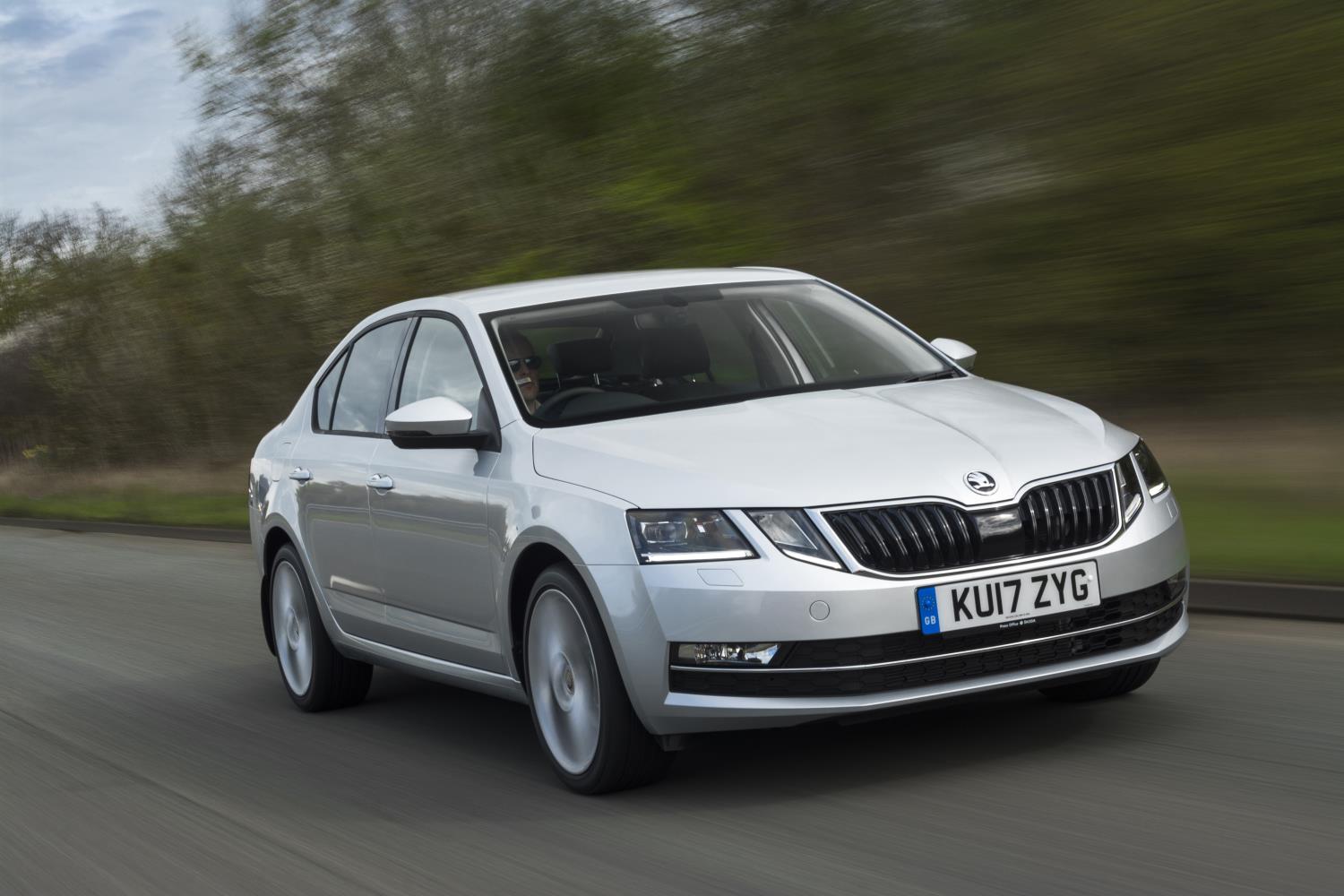
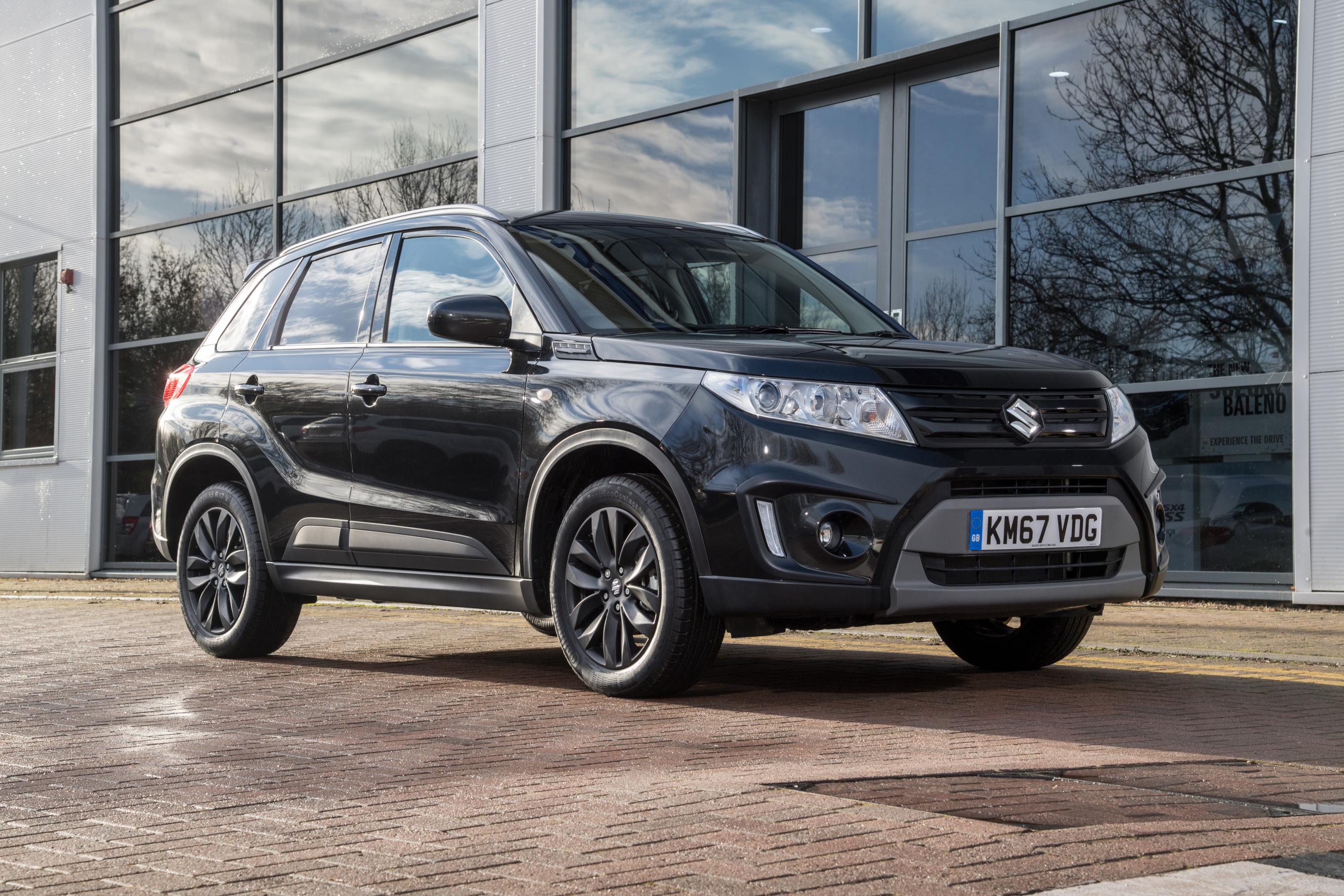
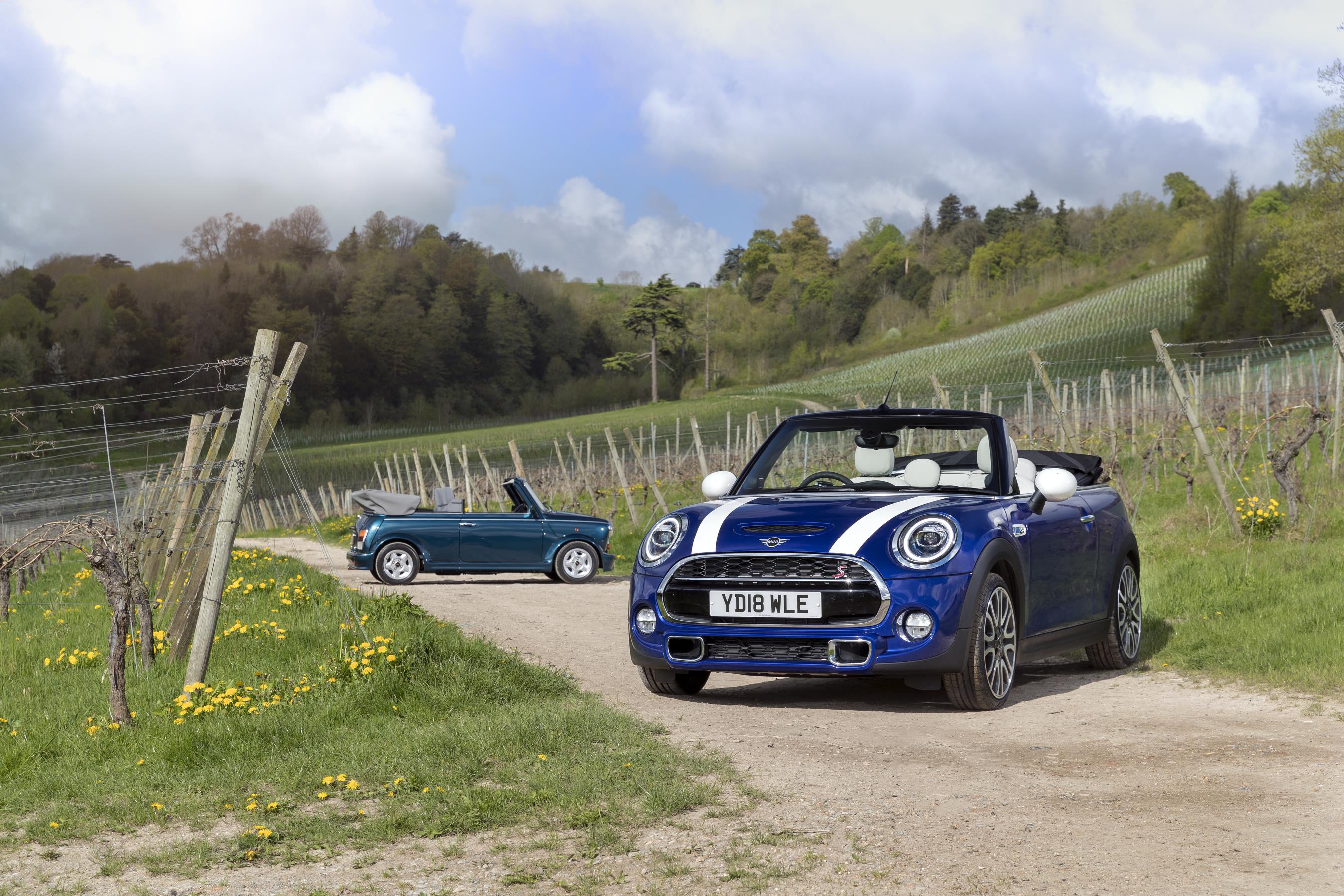
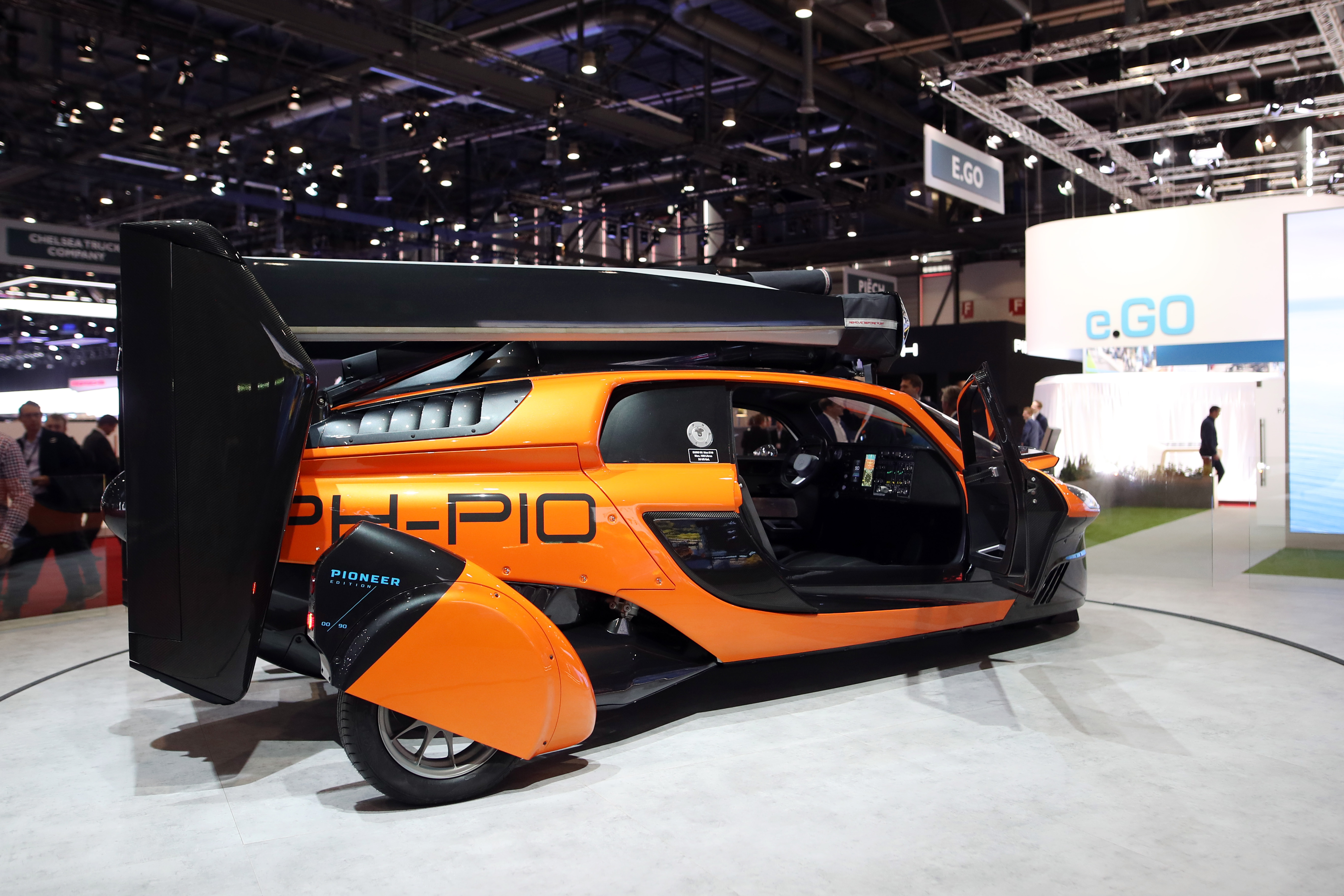
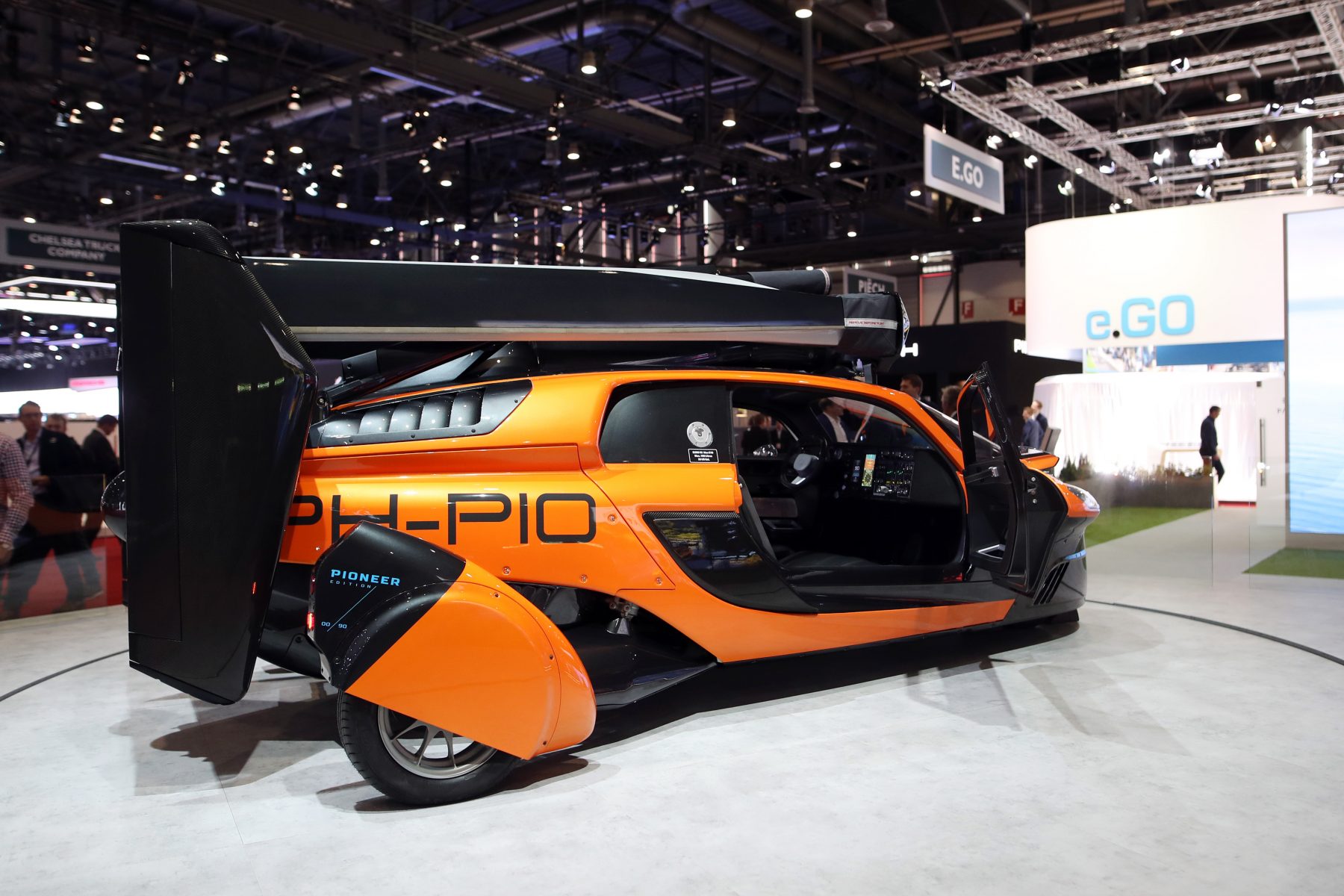
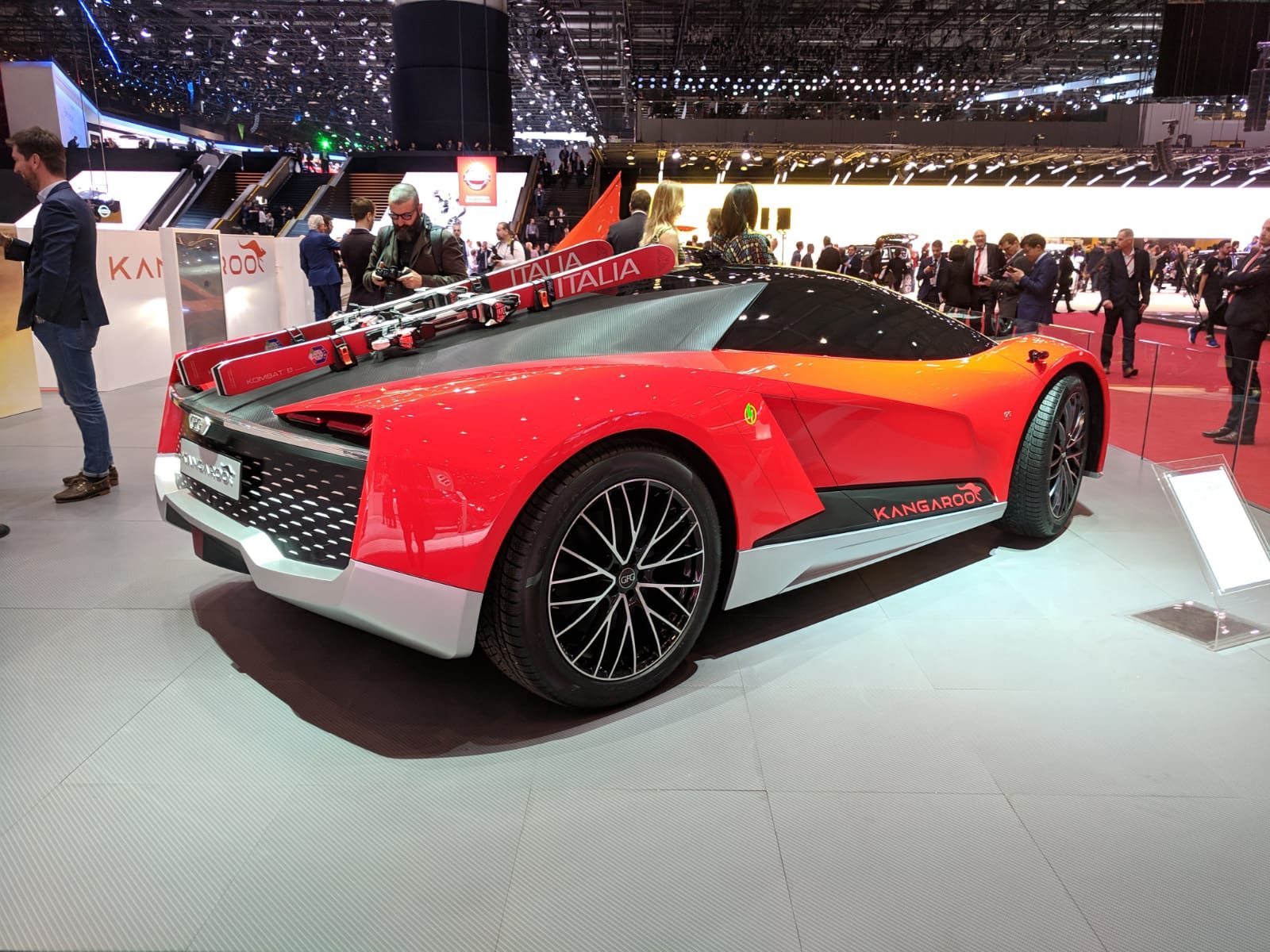
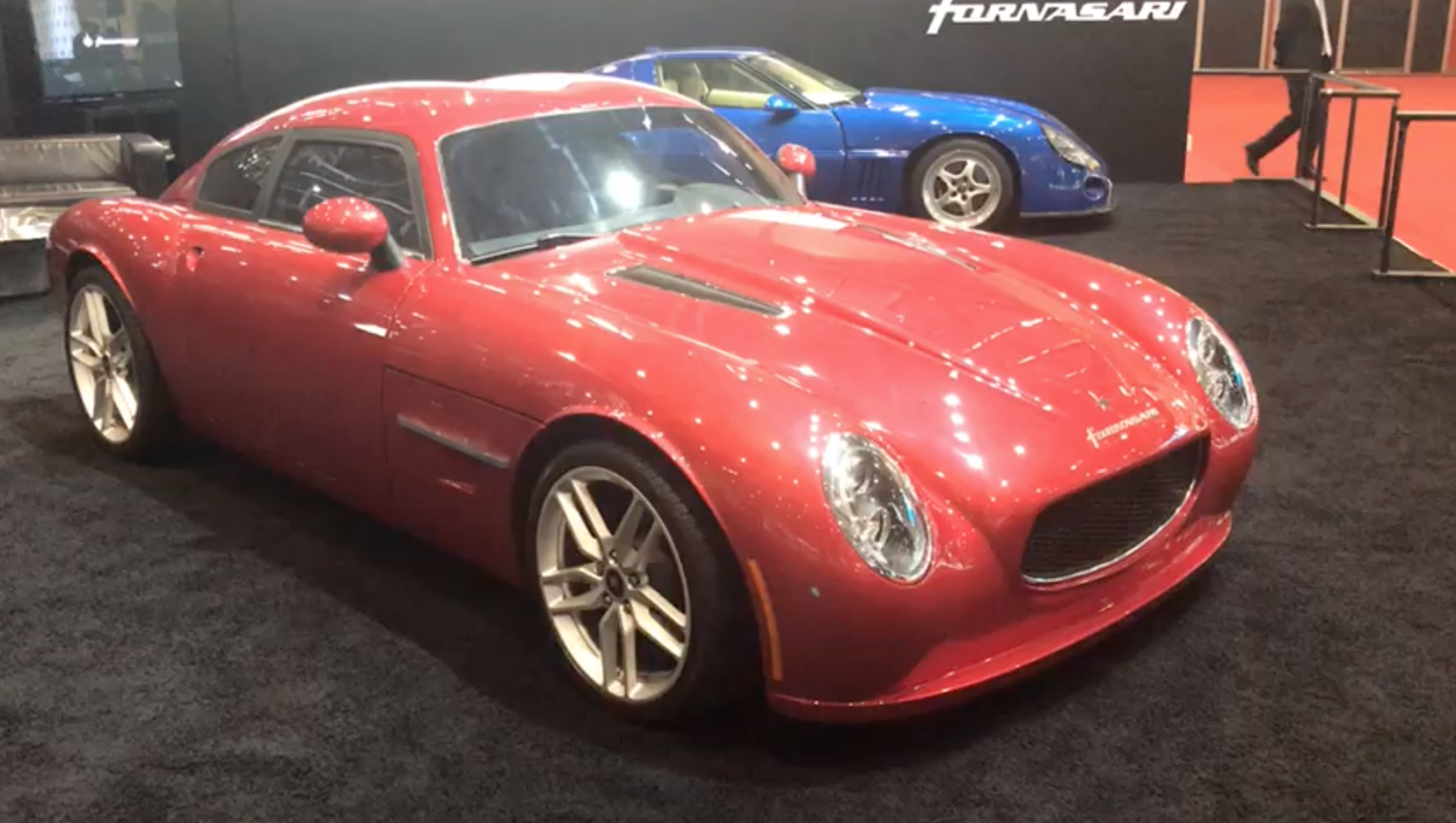 The Fornasari Gigi has been around for a while, and is something of an a-typical small manufacturers’ supercar, at least in terms of specifications.
The Fornasari Gigi has been around for a while, and is something of an a-typical small manufacturers’ supercar, at least in terms of specifications.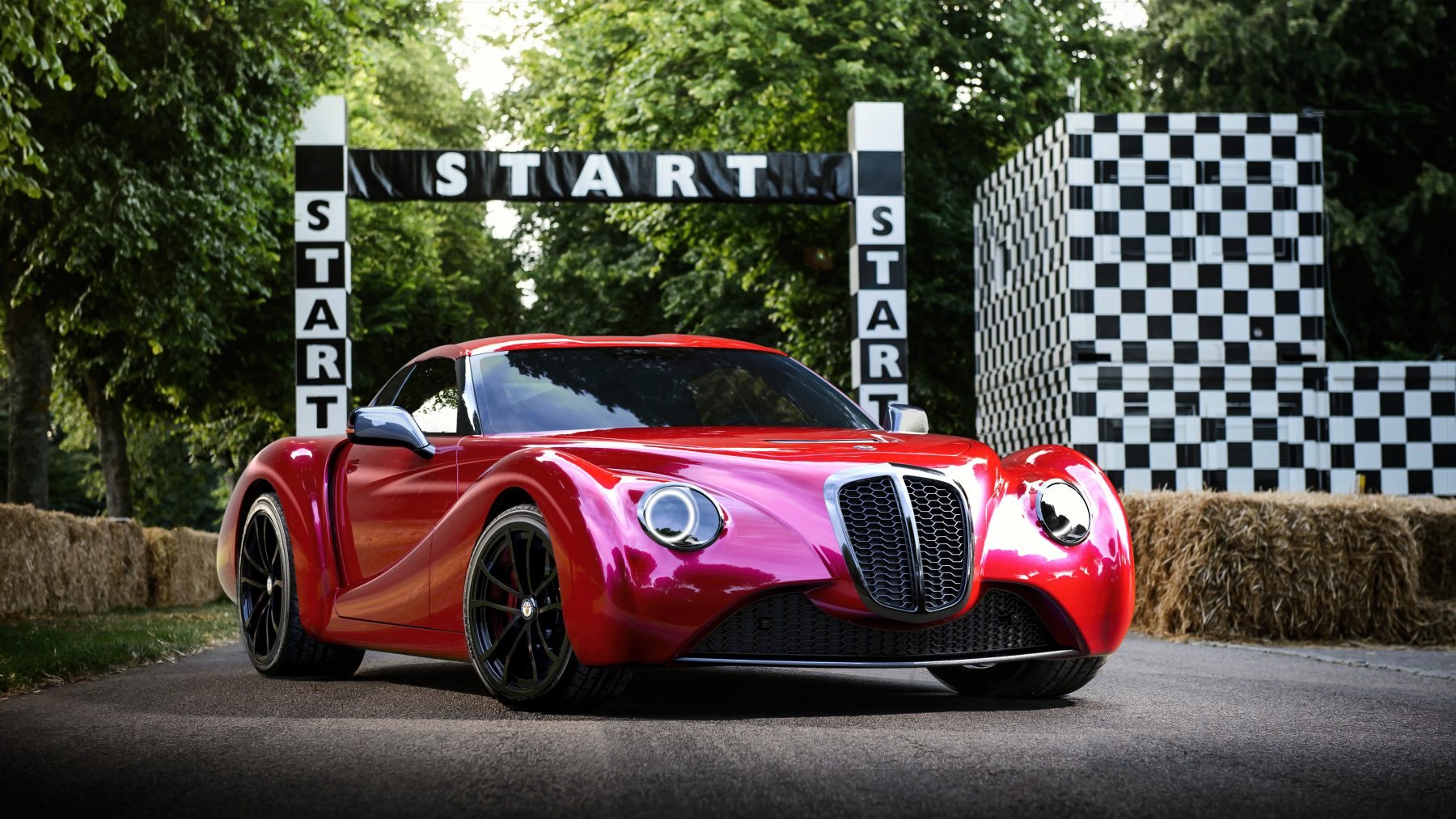 Next, another retro-inspired car with a Chevrolet LS motor under the bonnet; there is no shortage of such things, after all.
Next, another retro-inspired car with a Chevrolet LS motor under the bonnet; there is no shortage of such things, after all.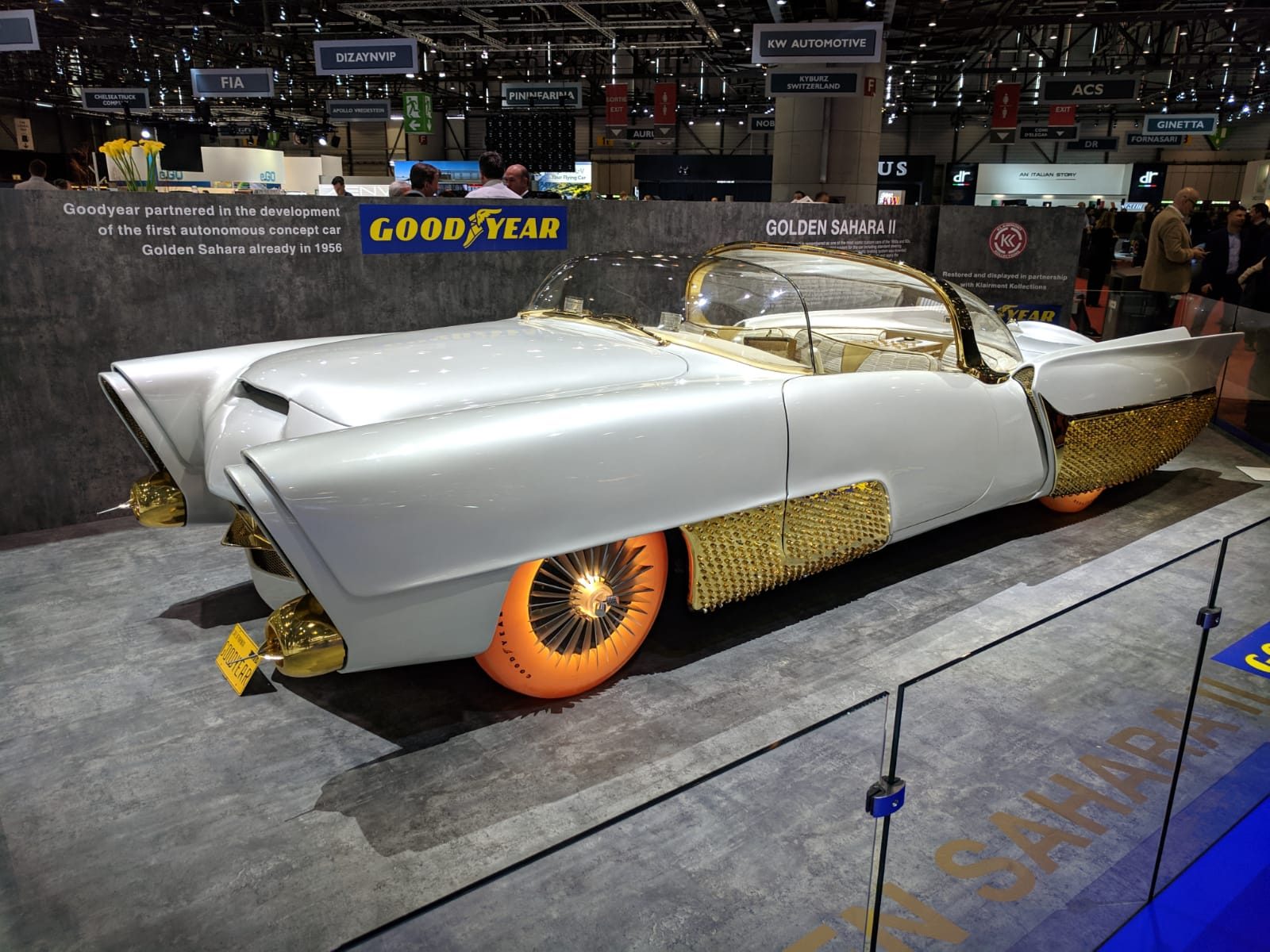 The Golden Sahara II is not new, but it is certainly eye-catching.
The Golden Sahara II is not new, but it is certainly eye-catching.